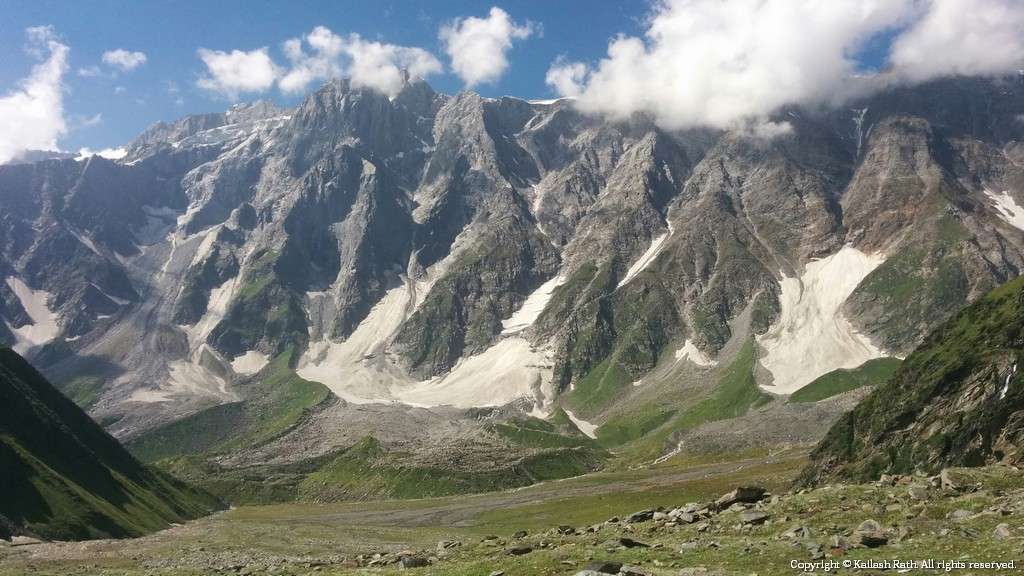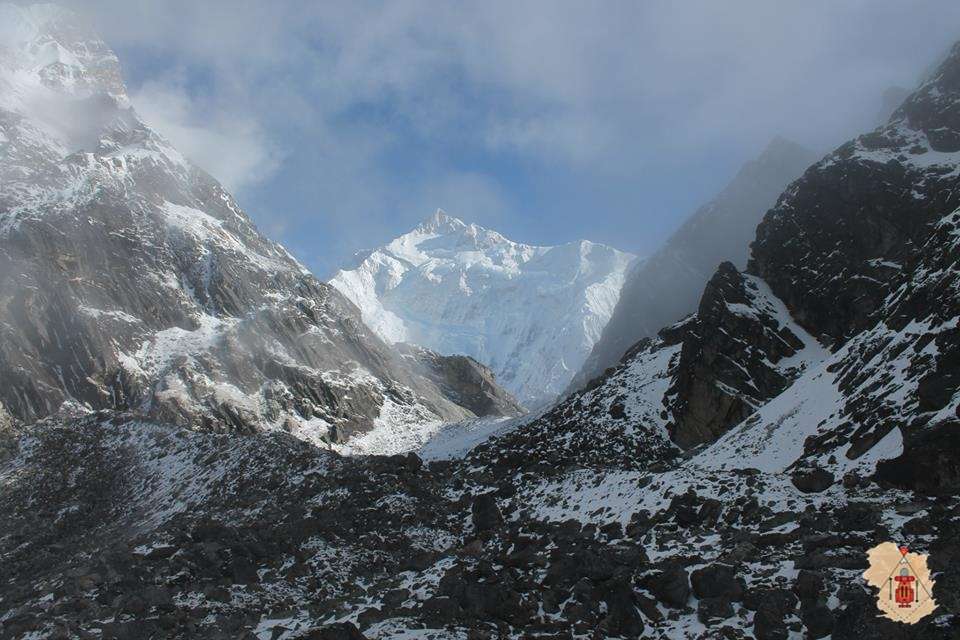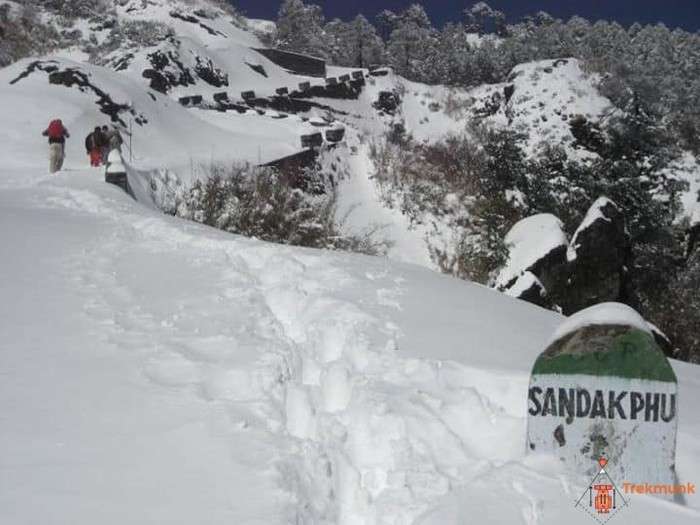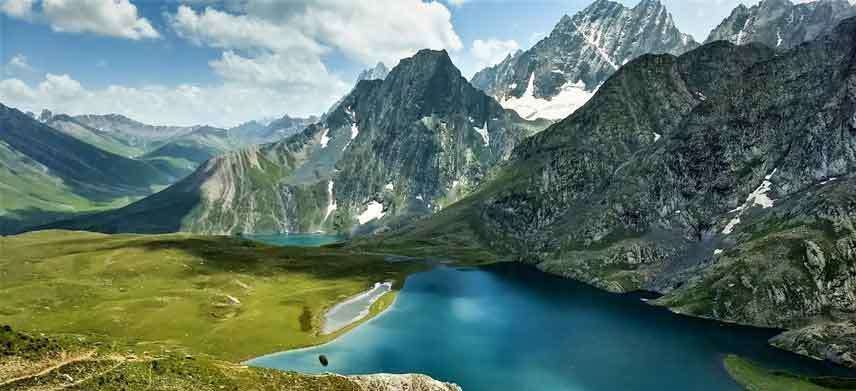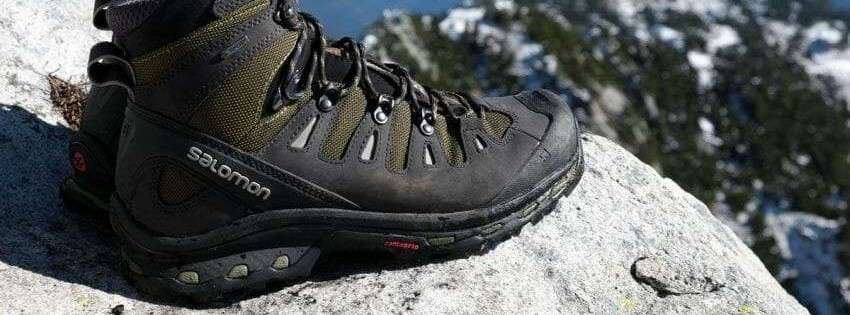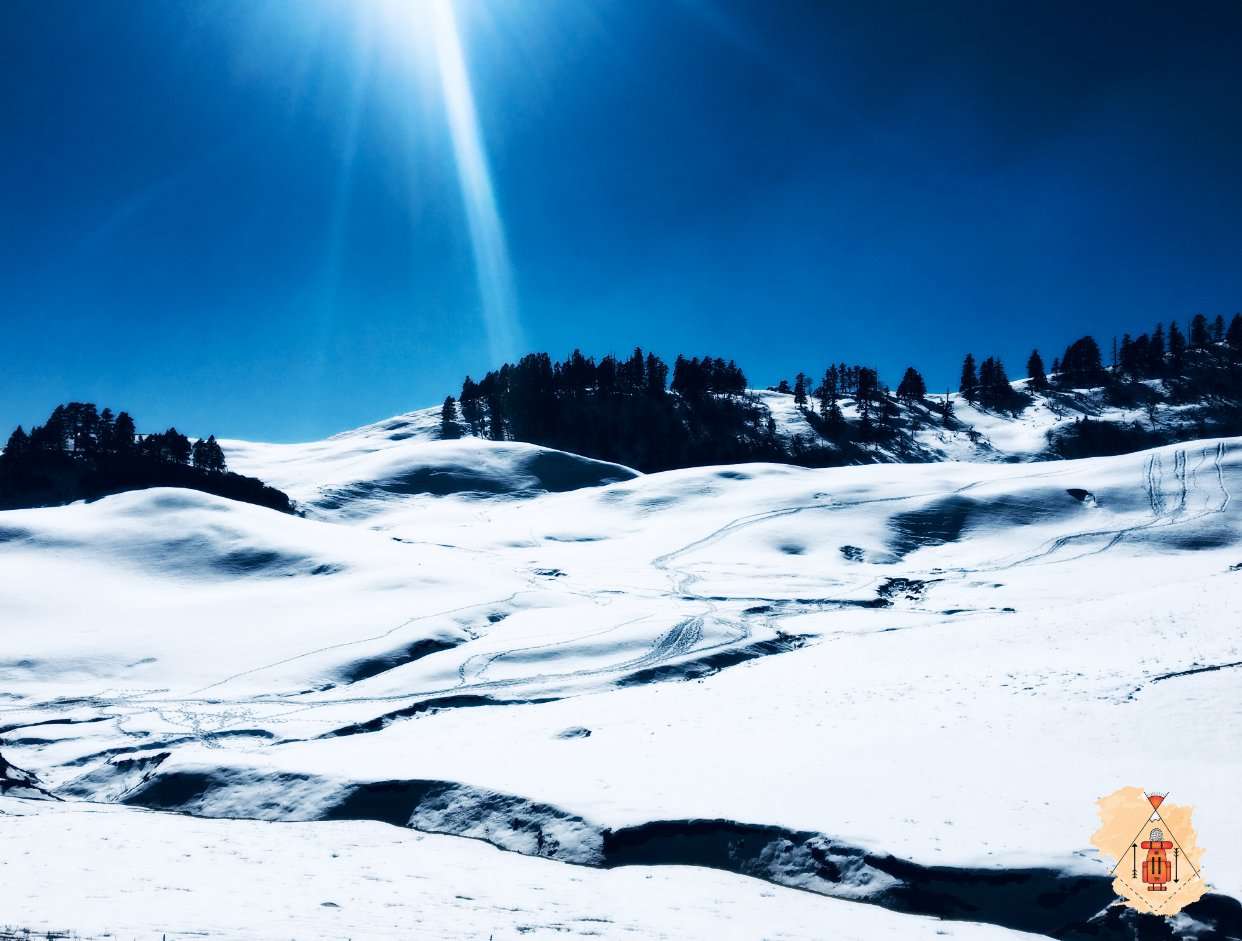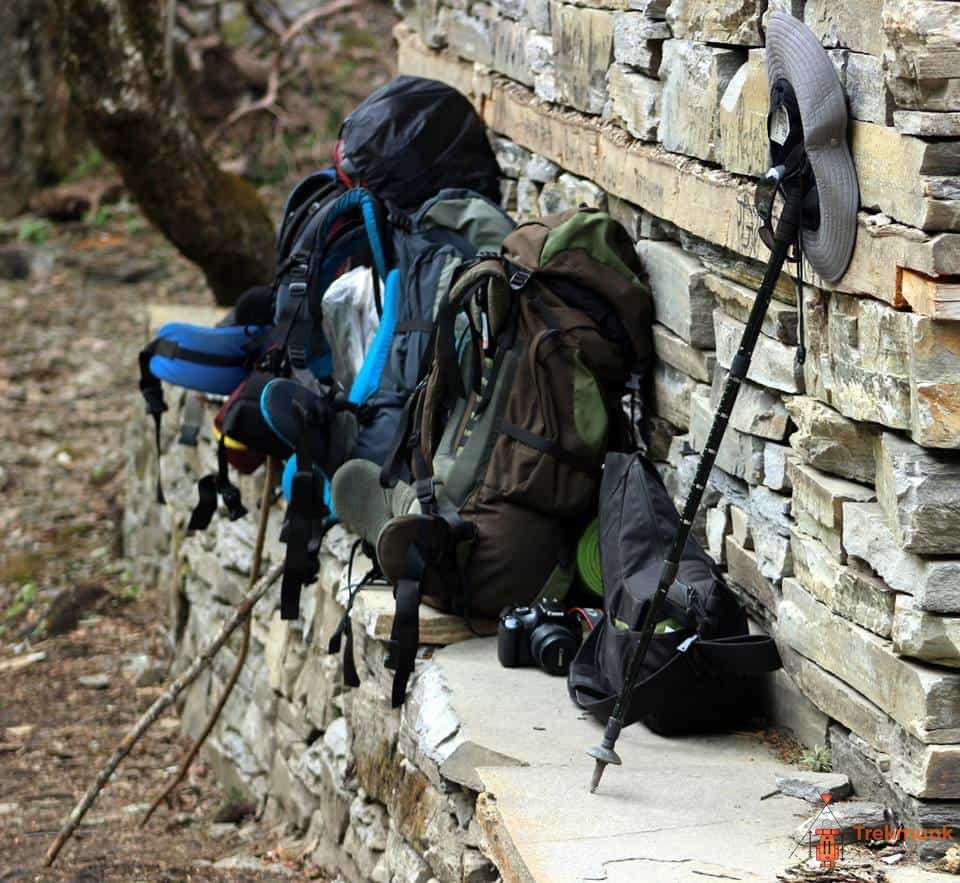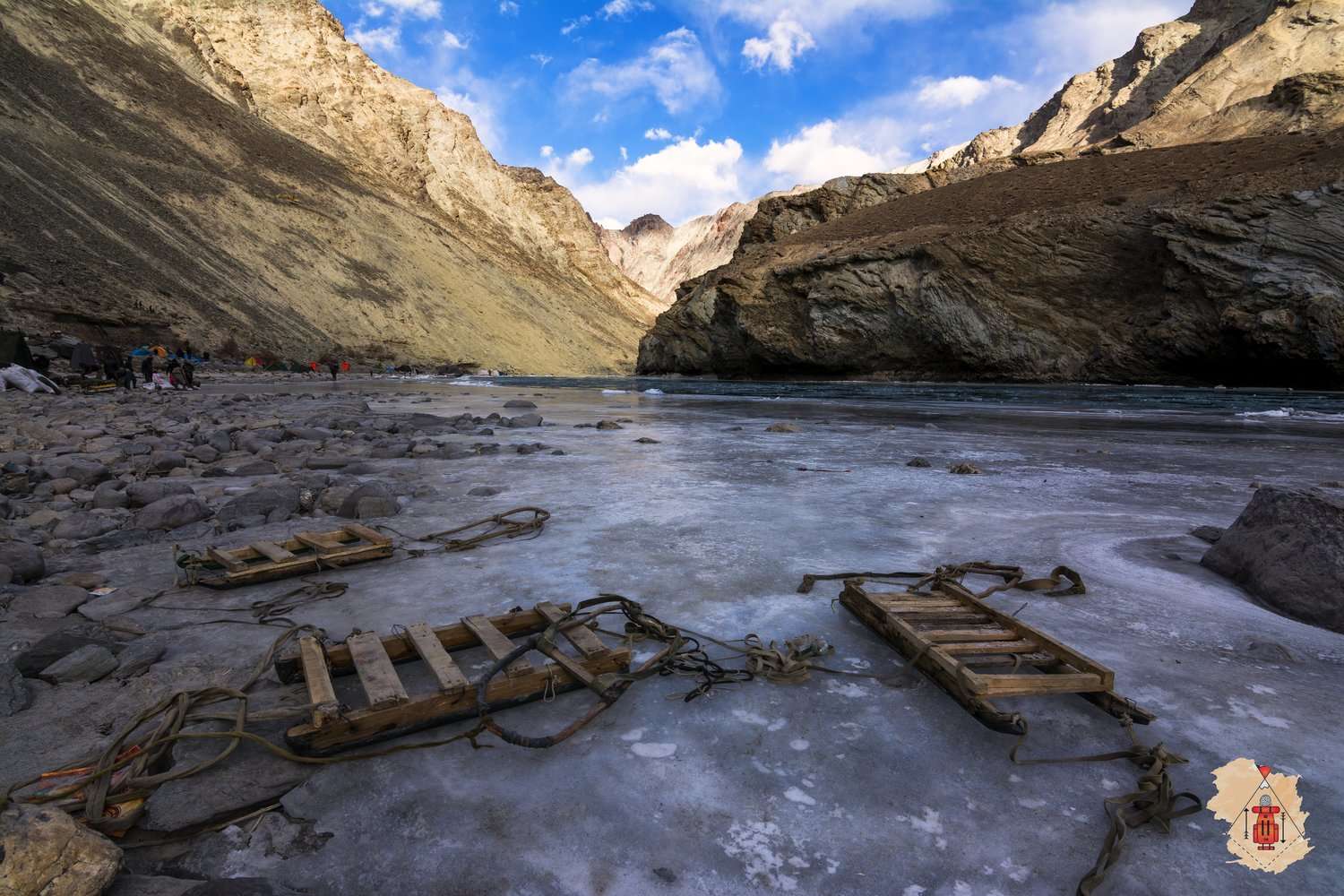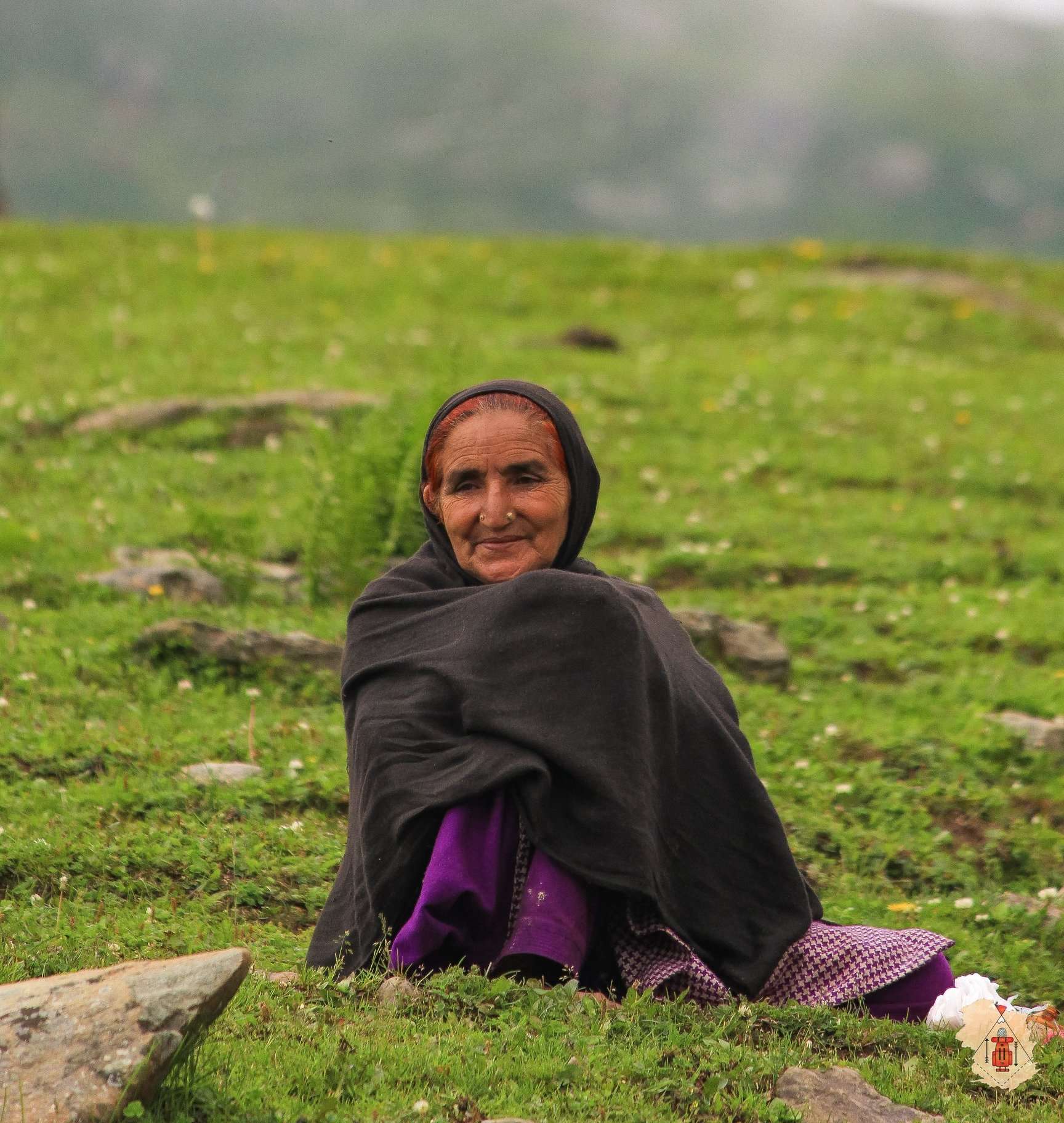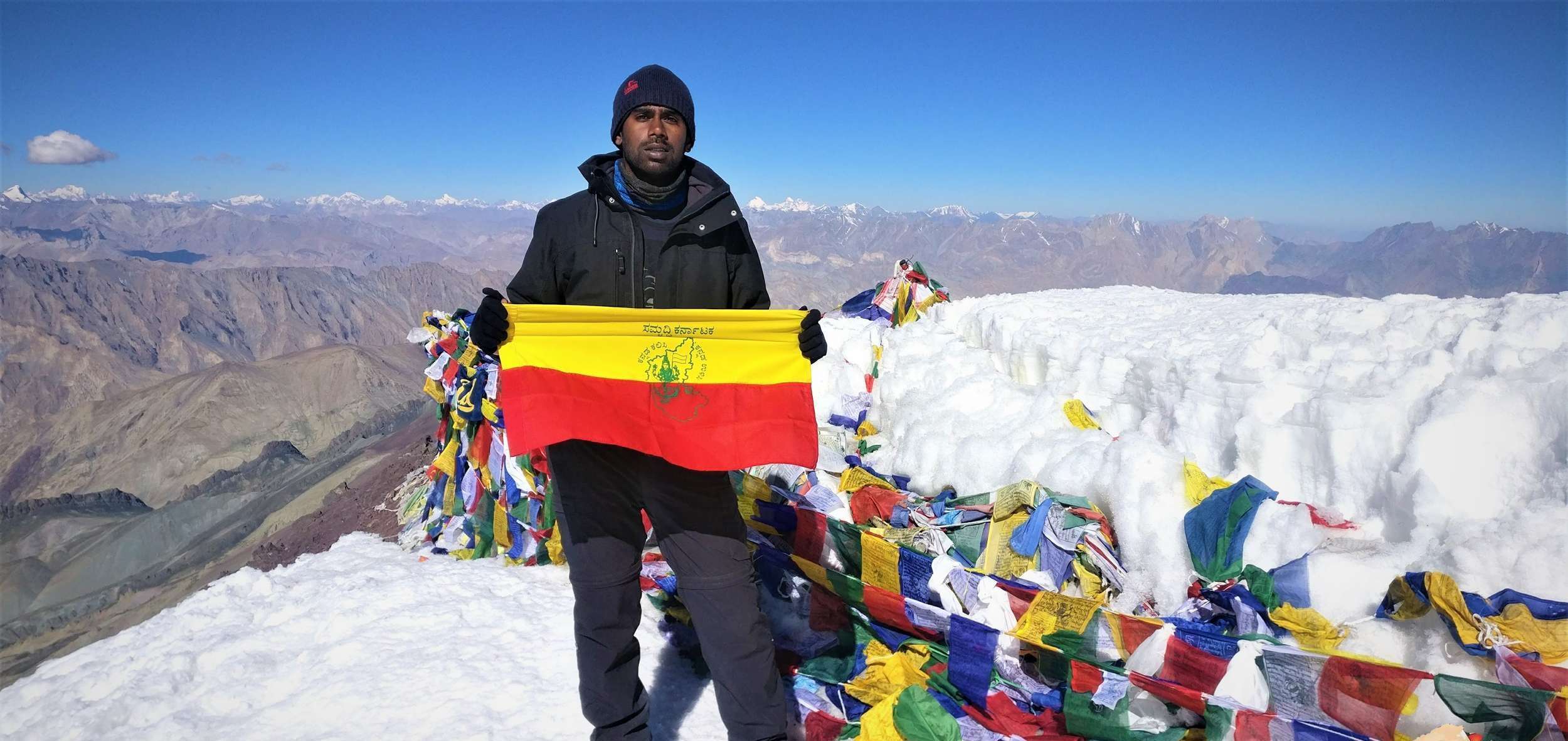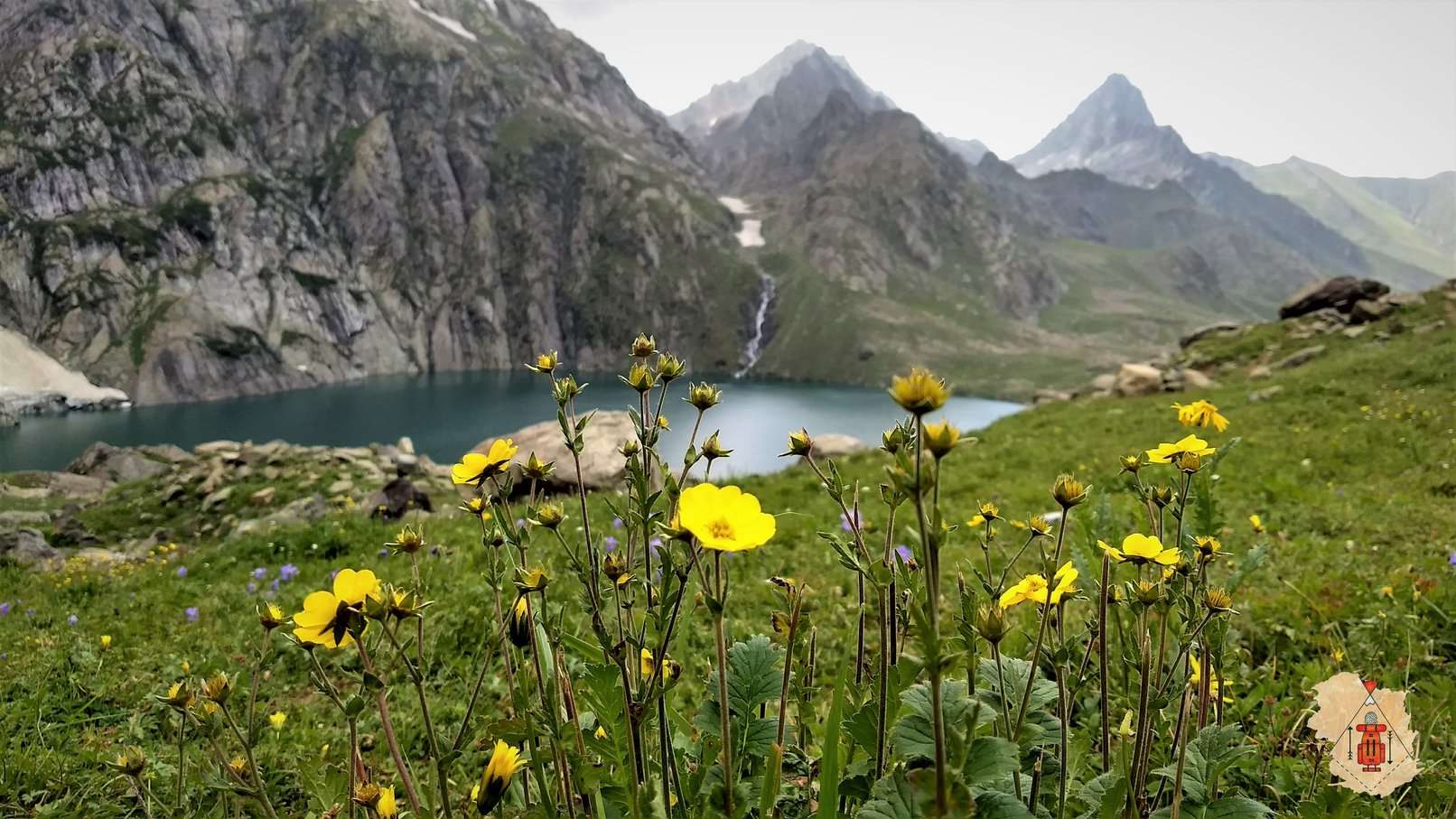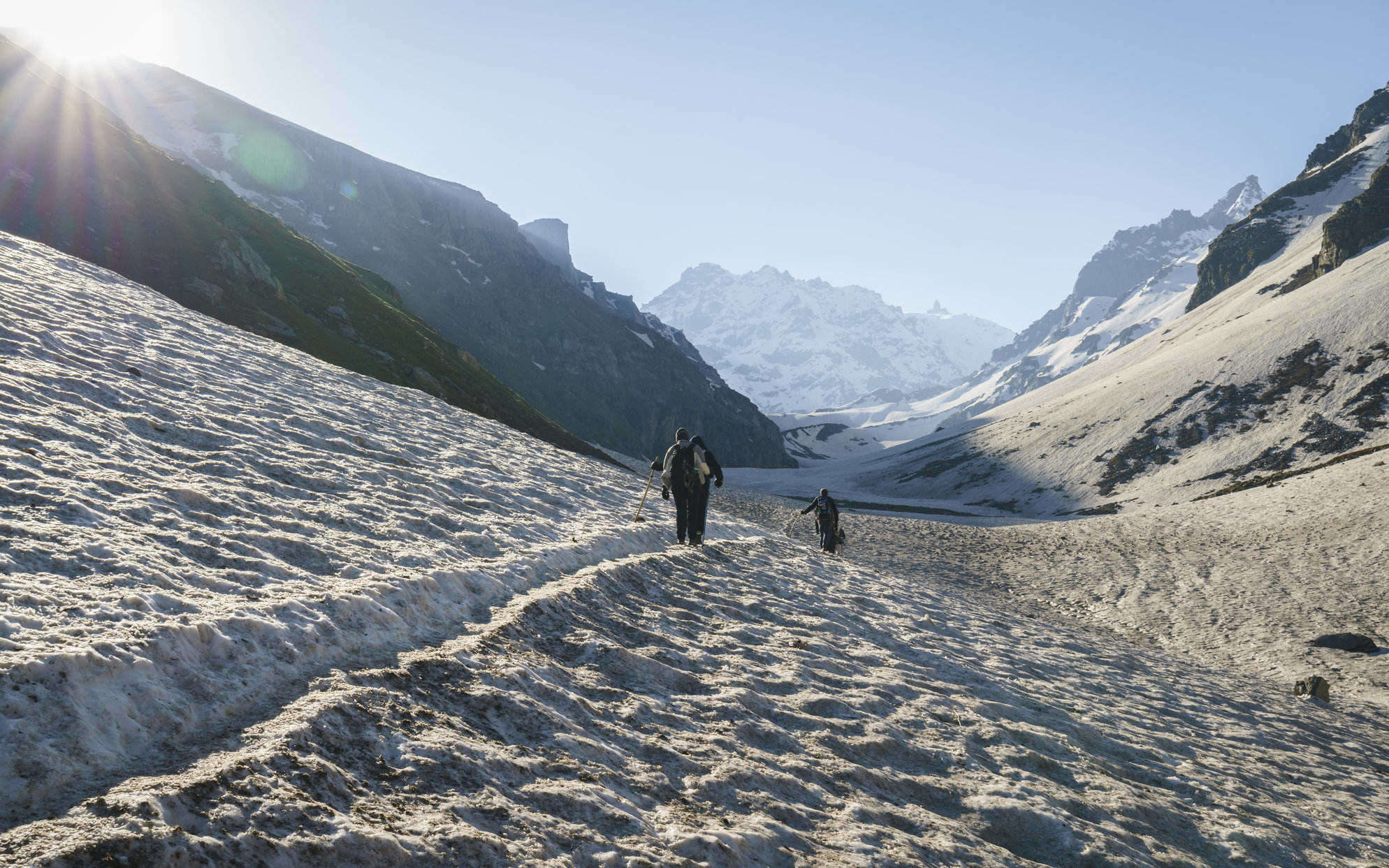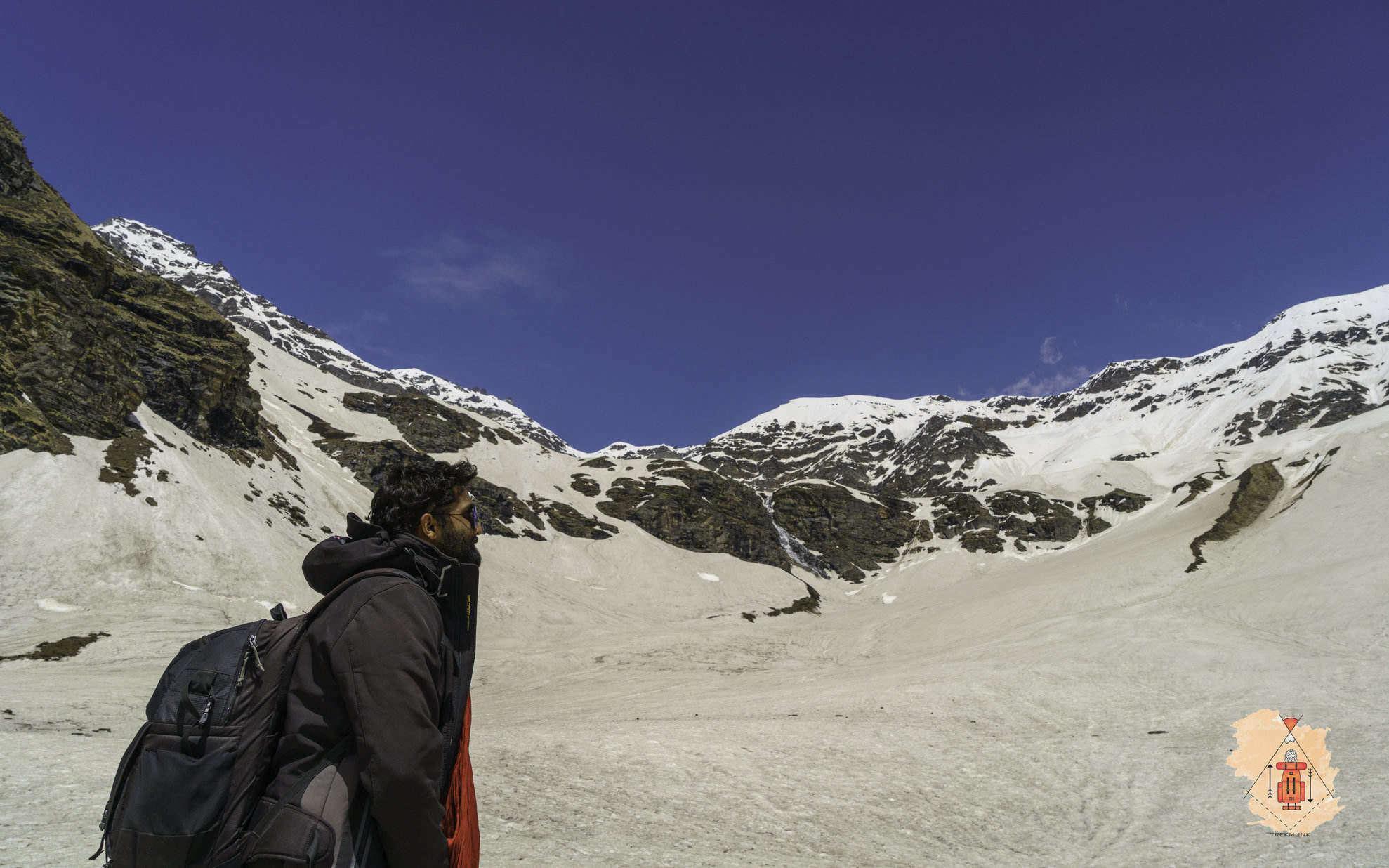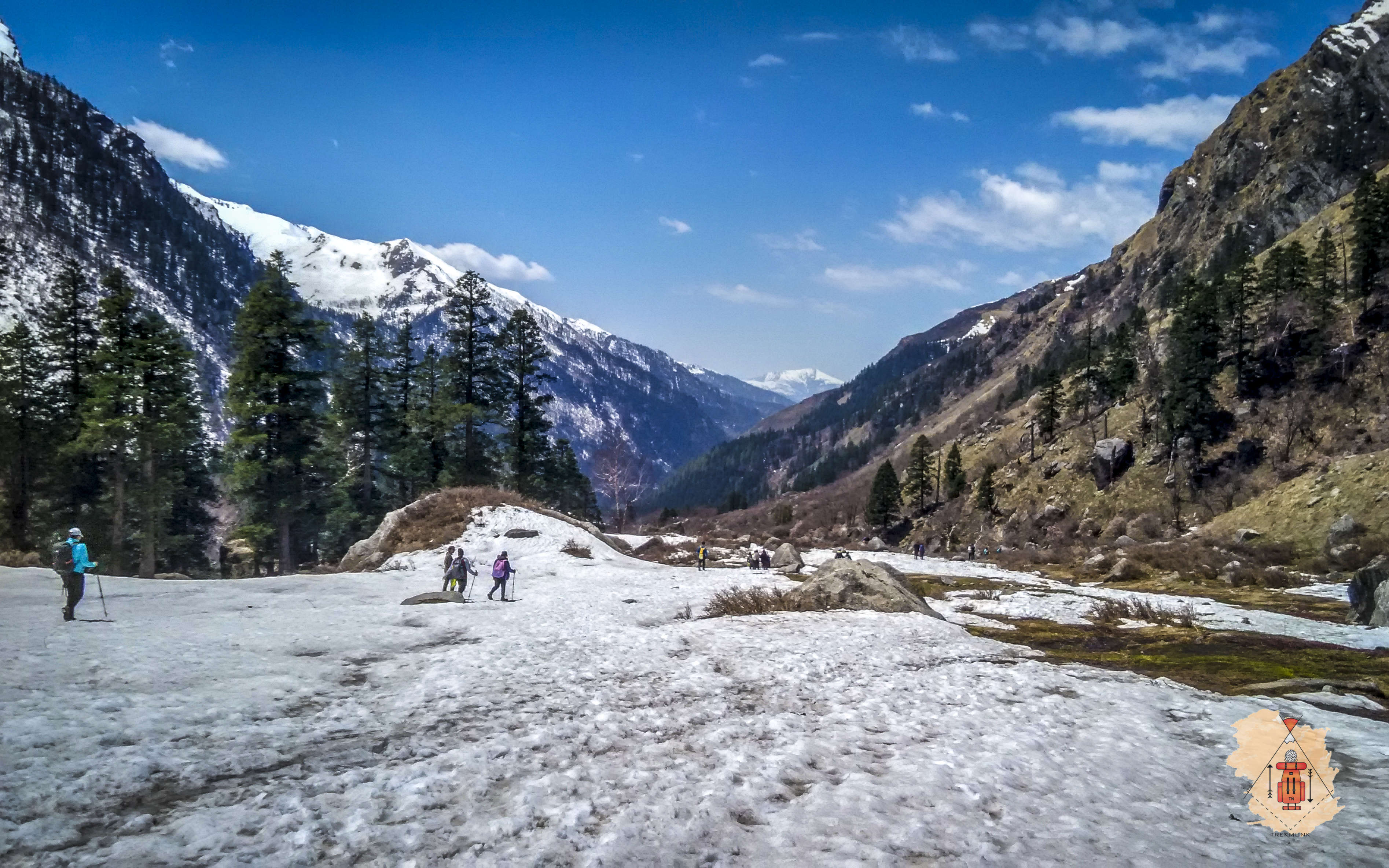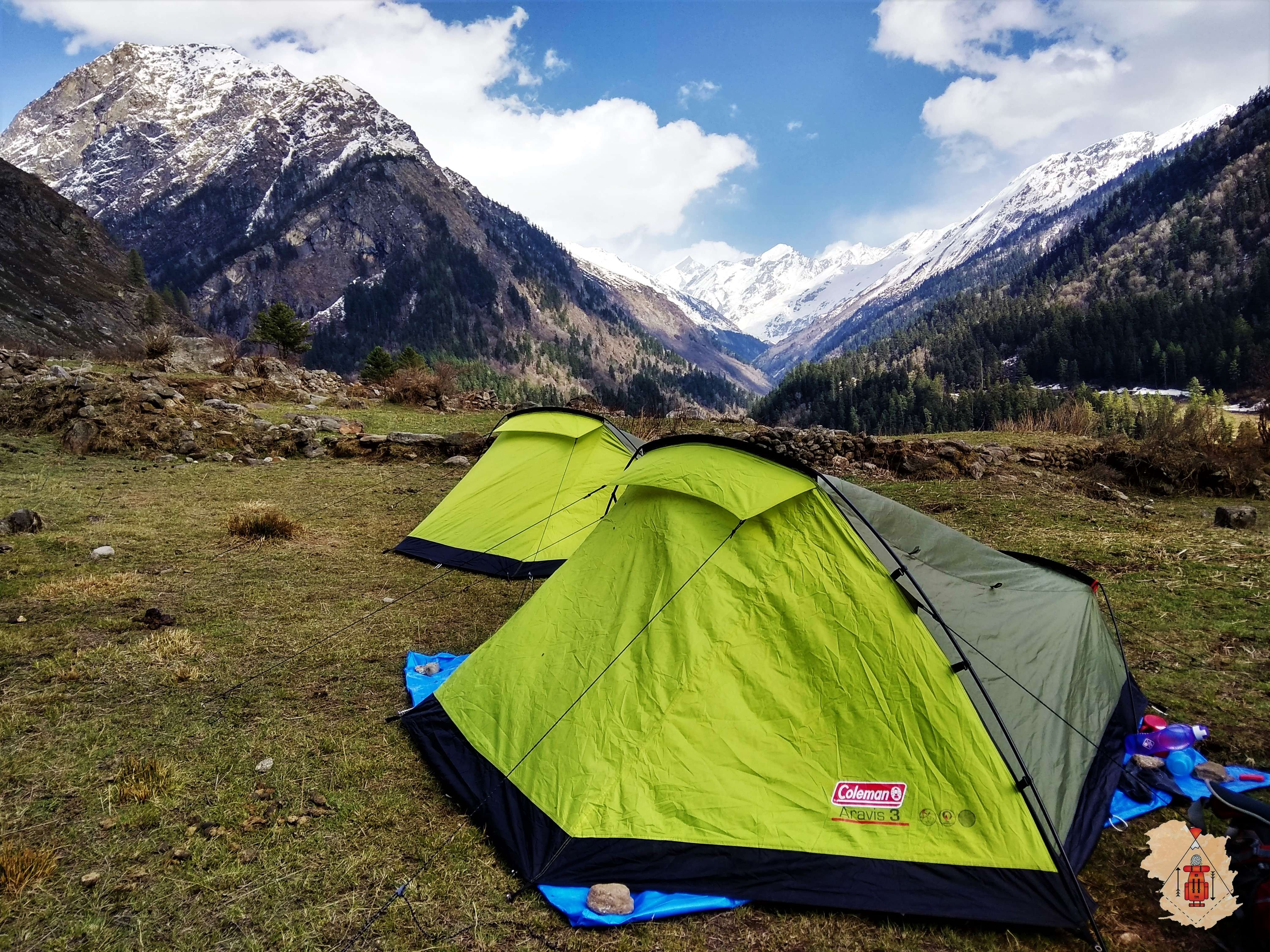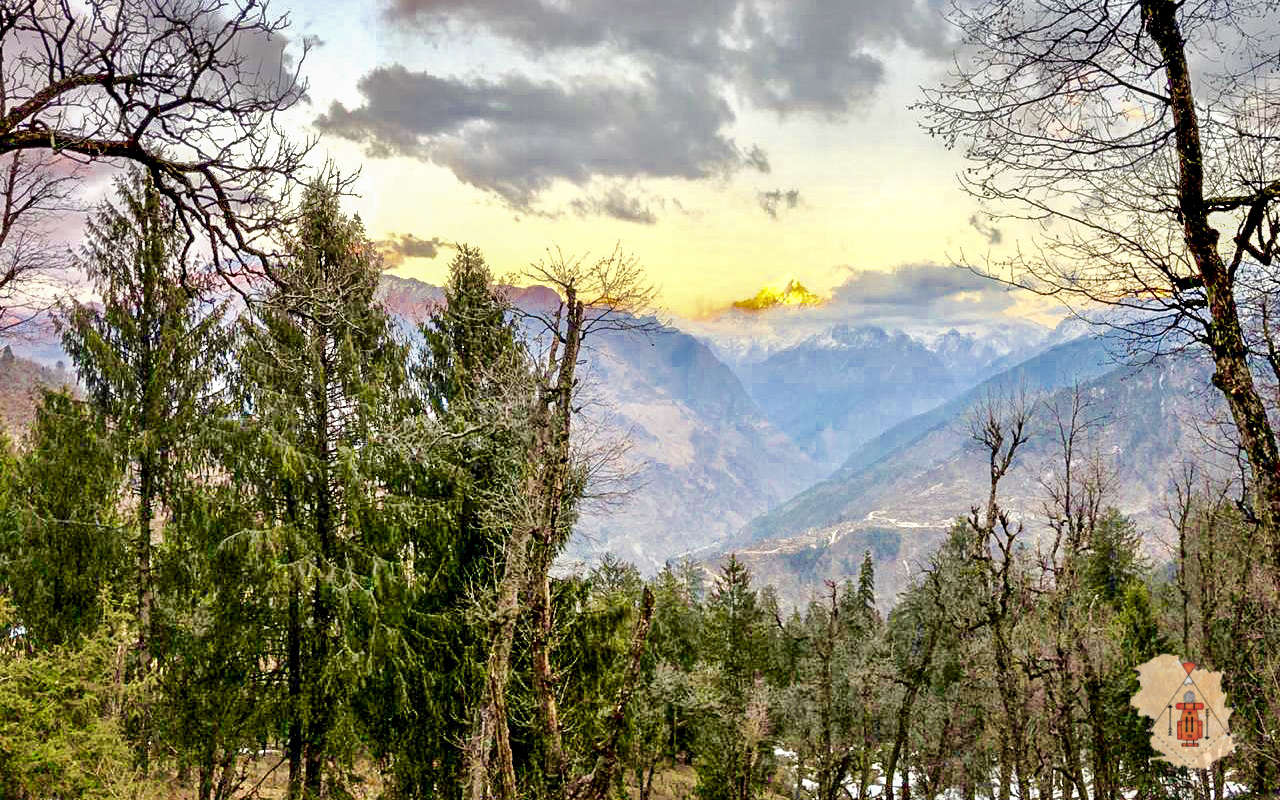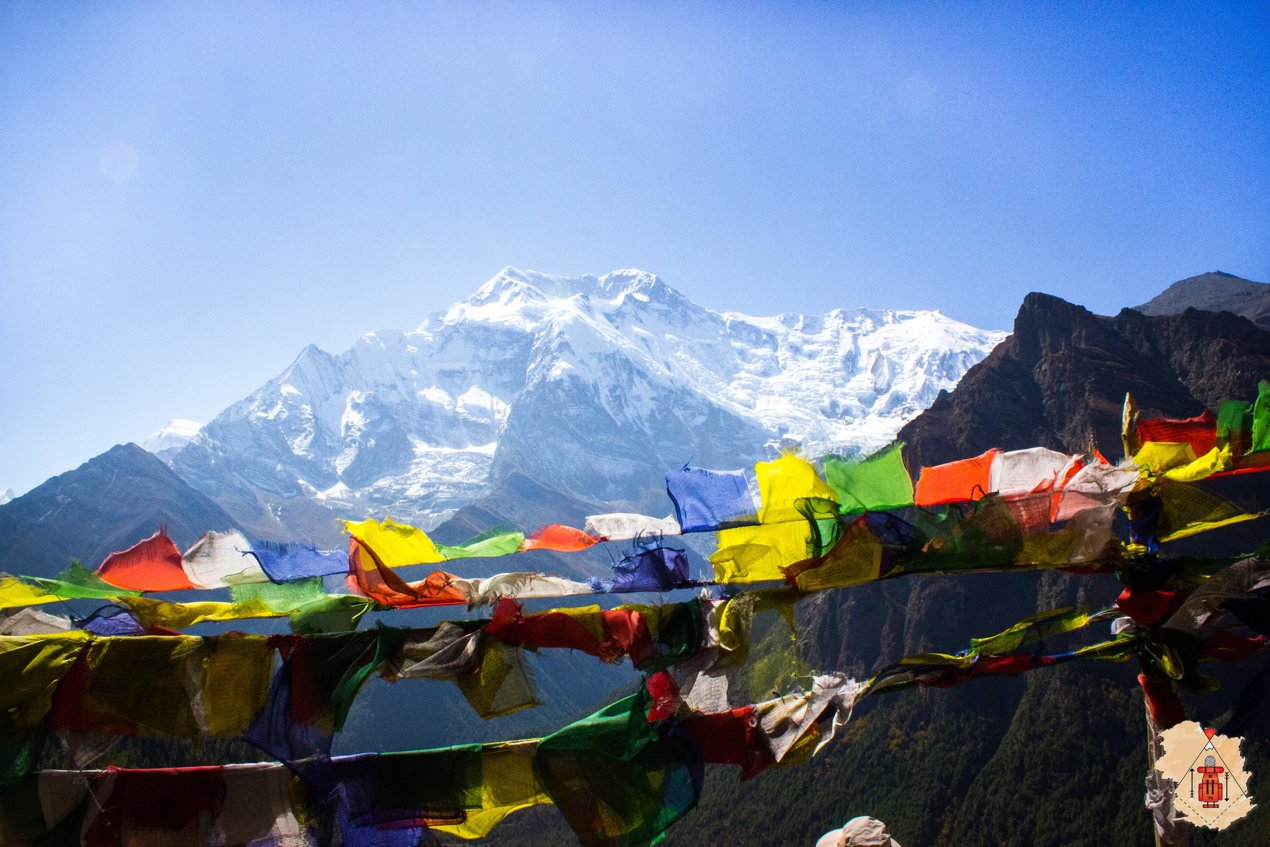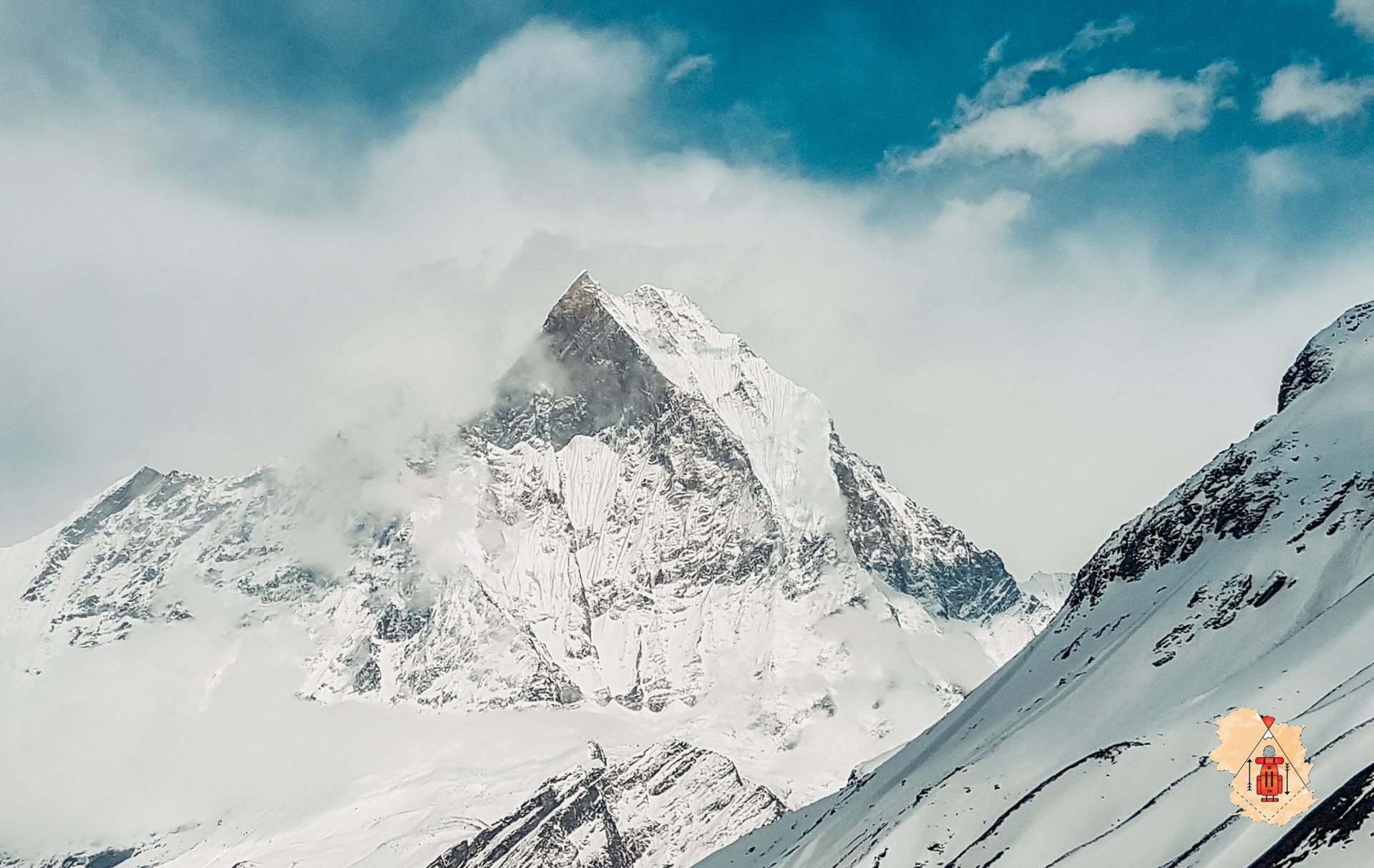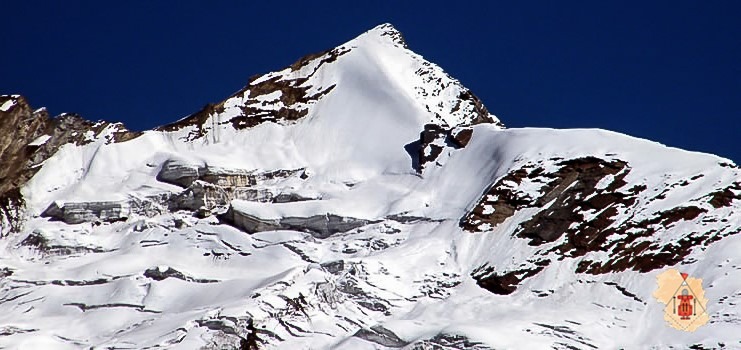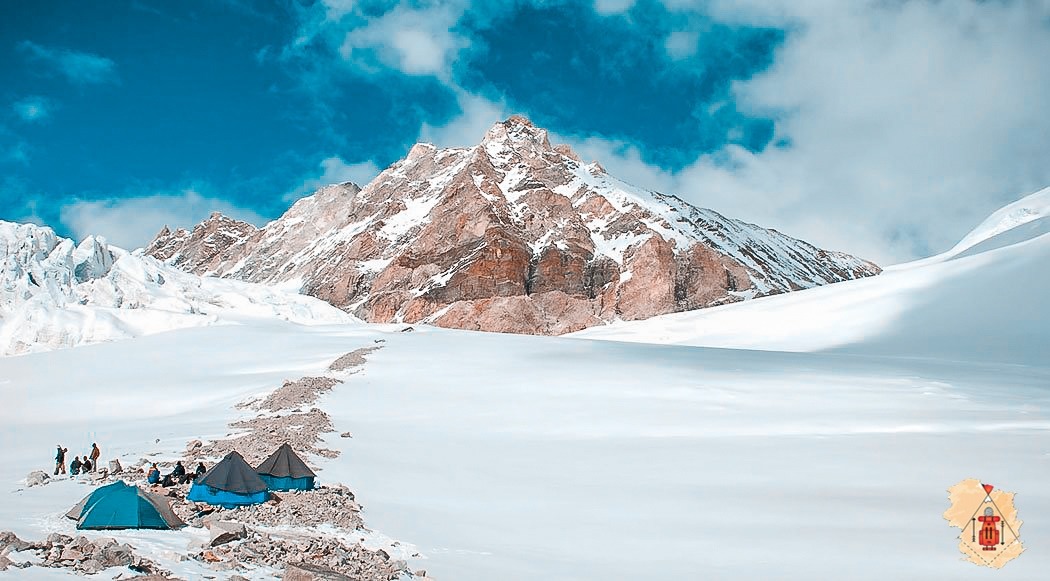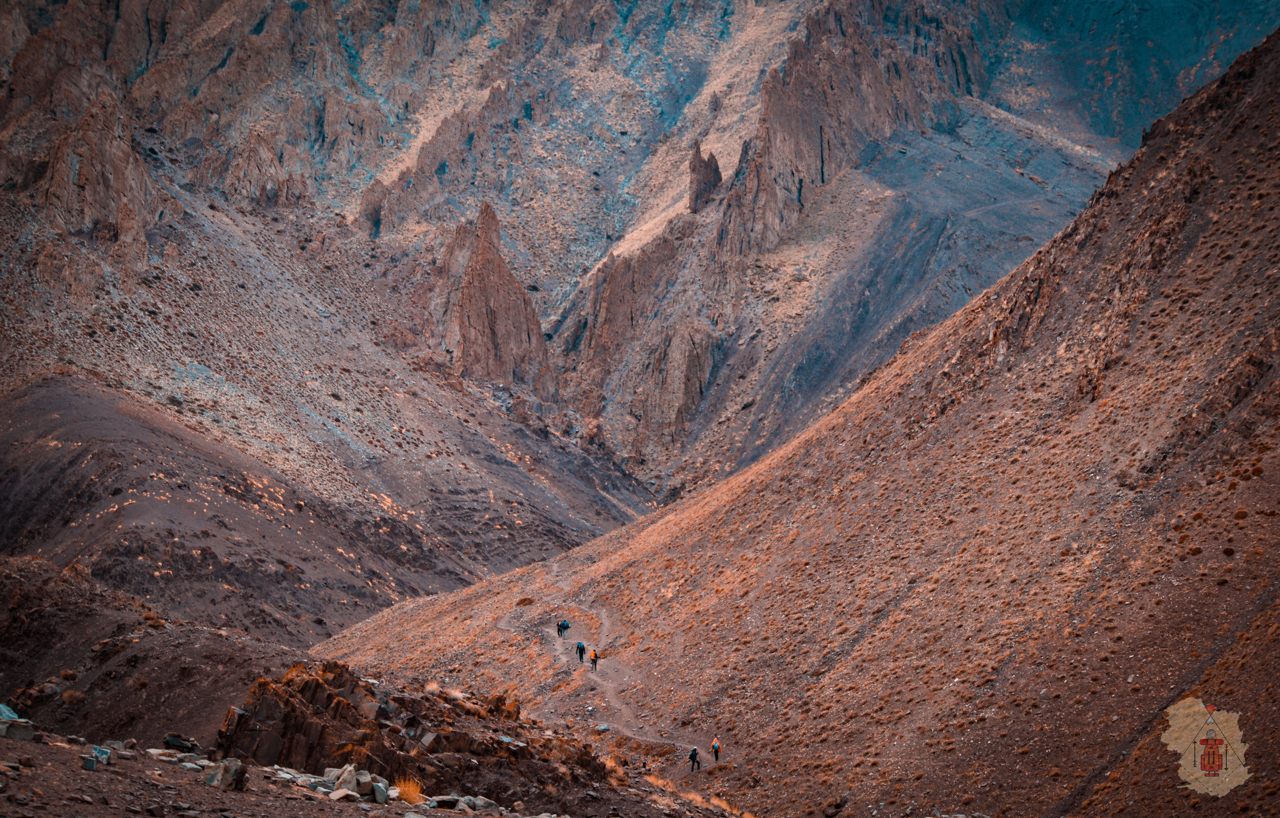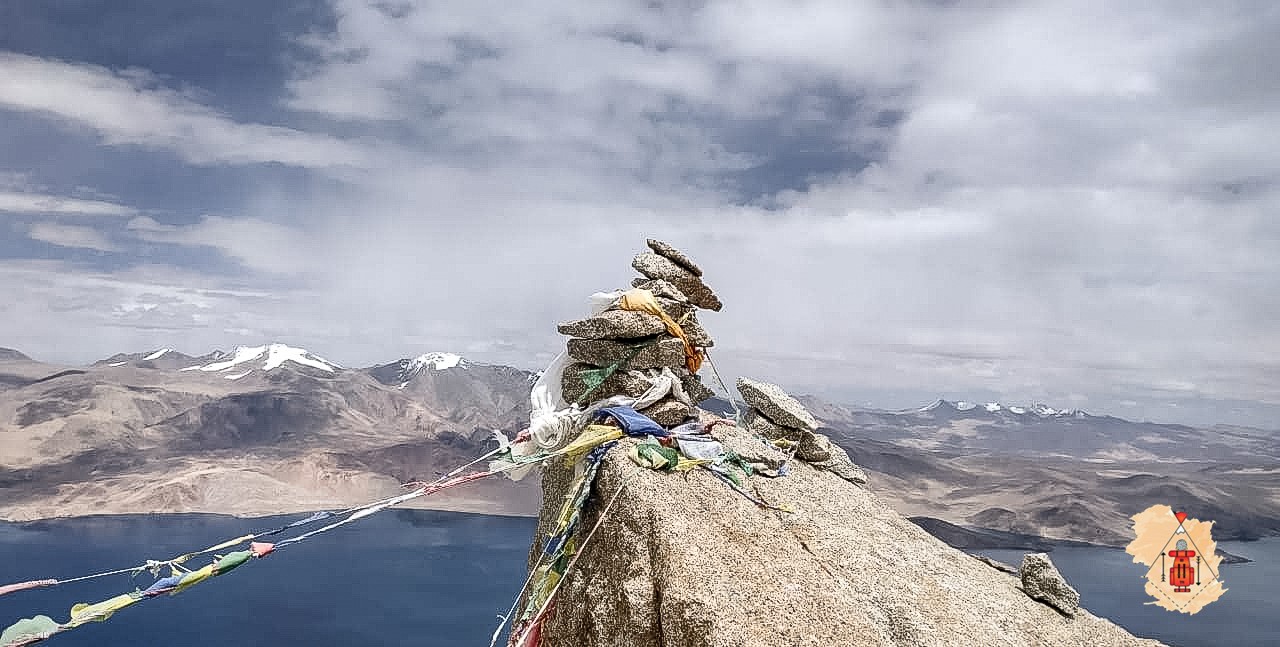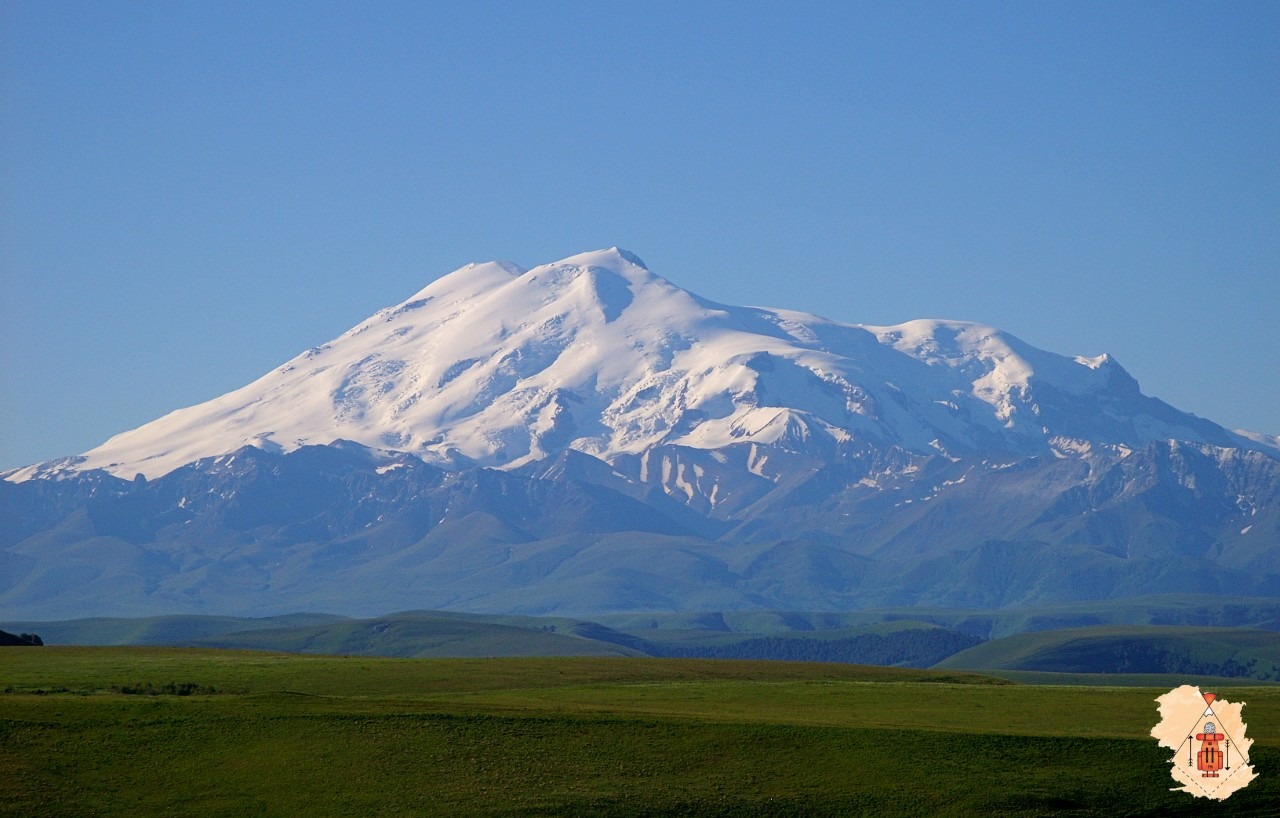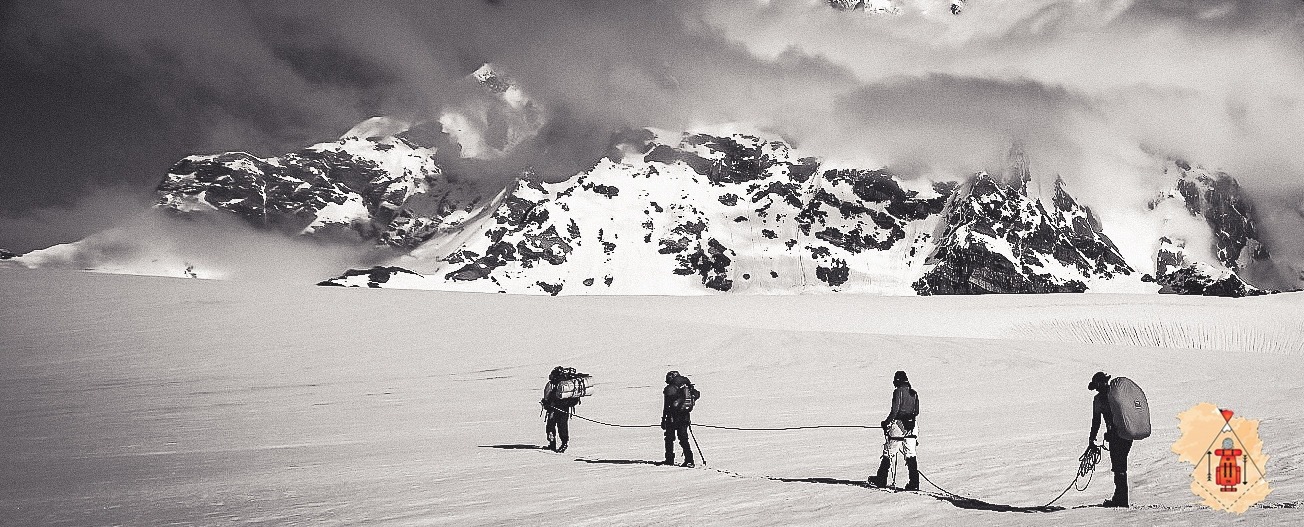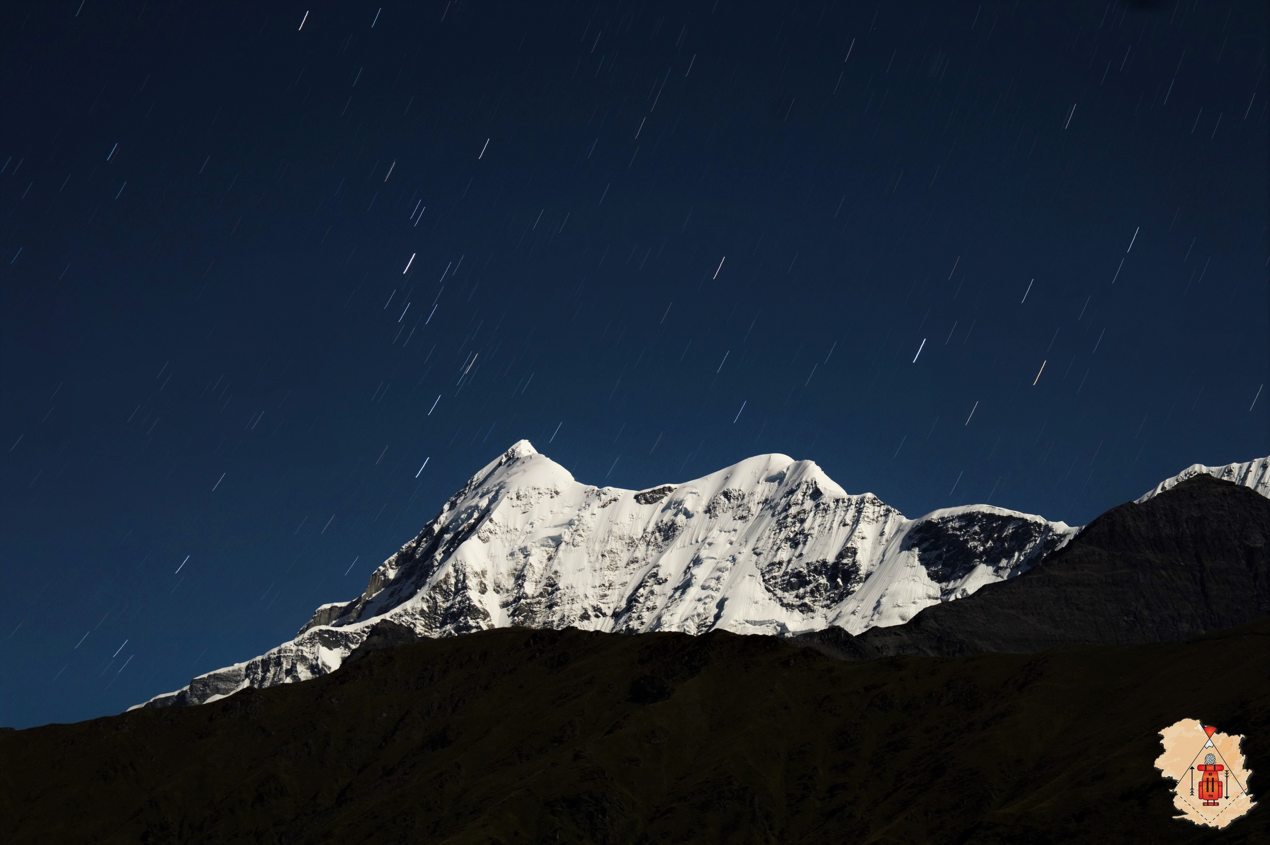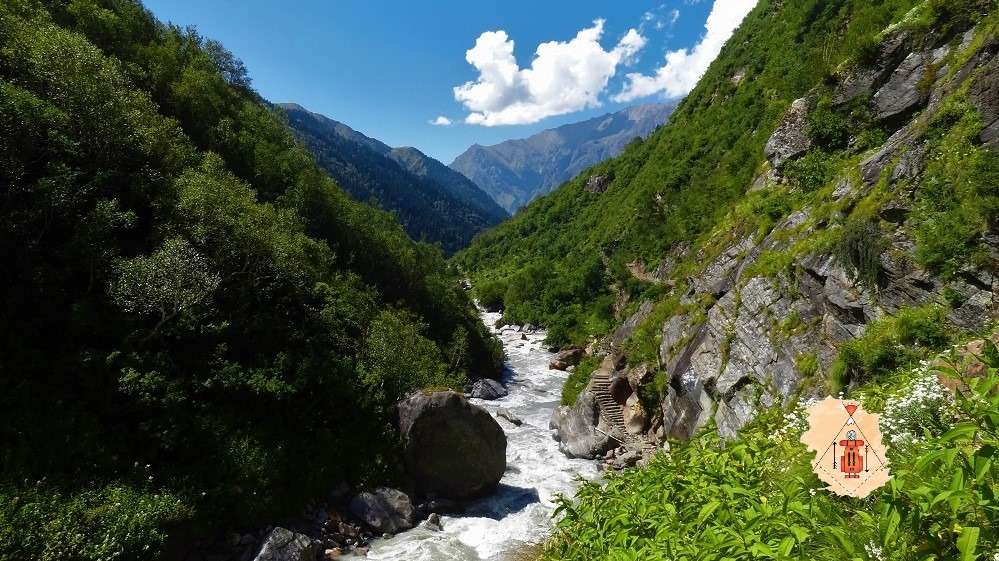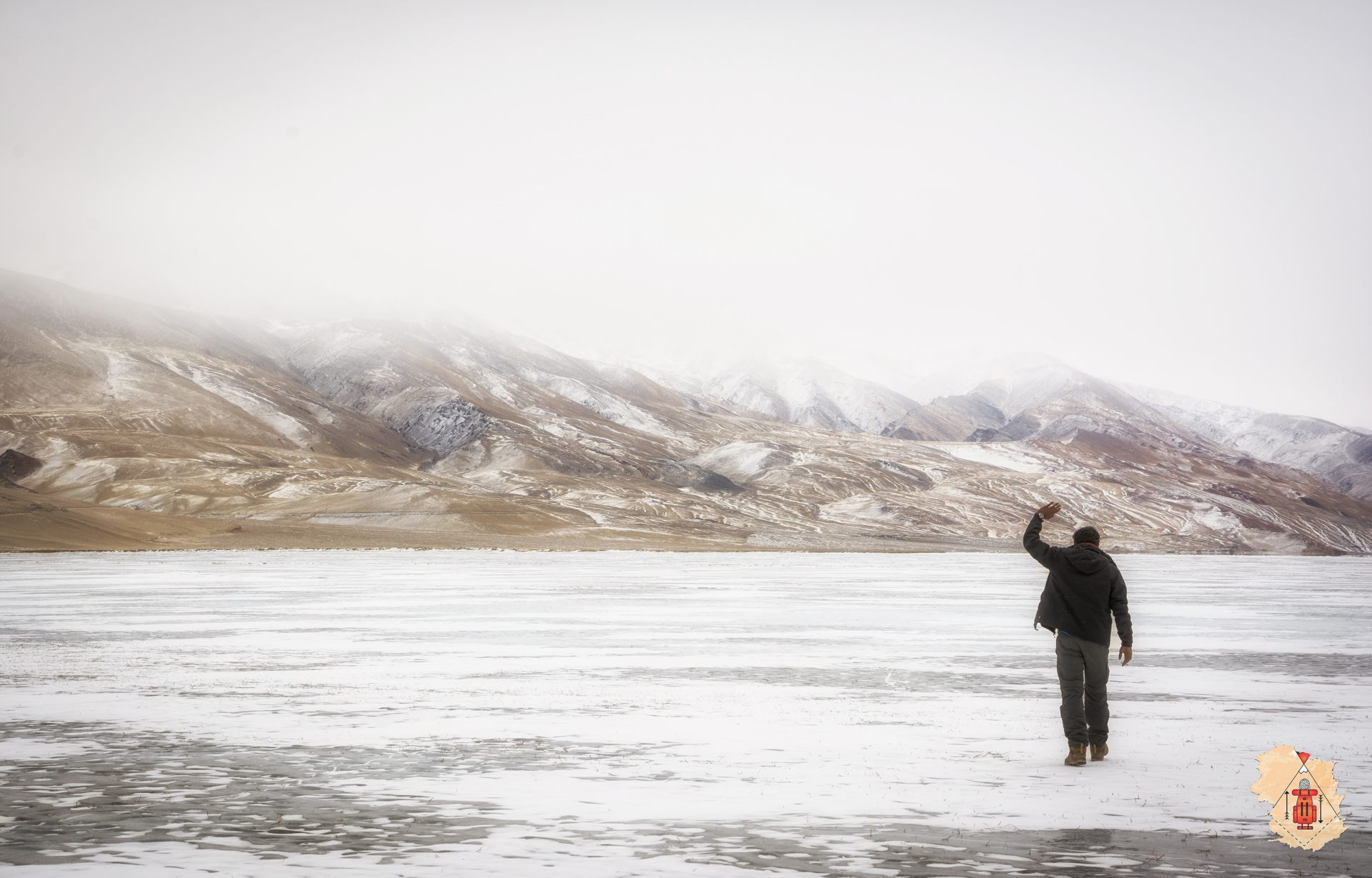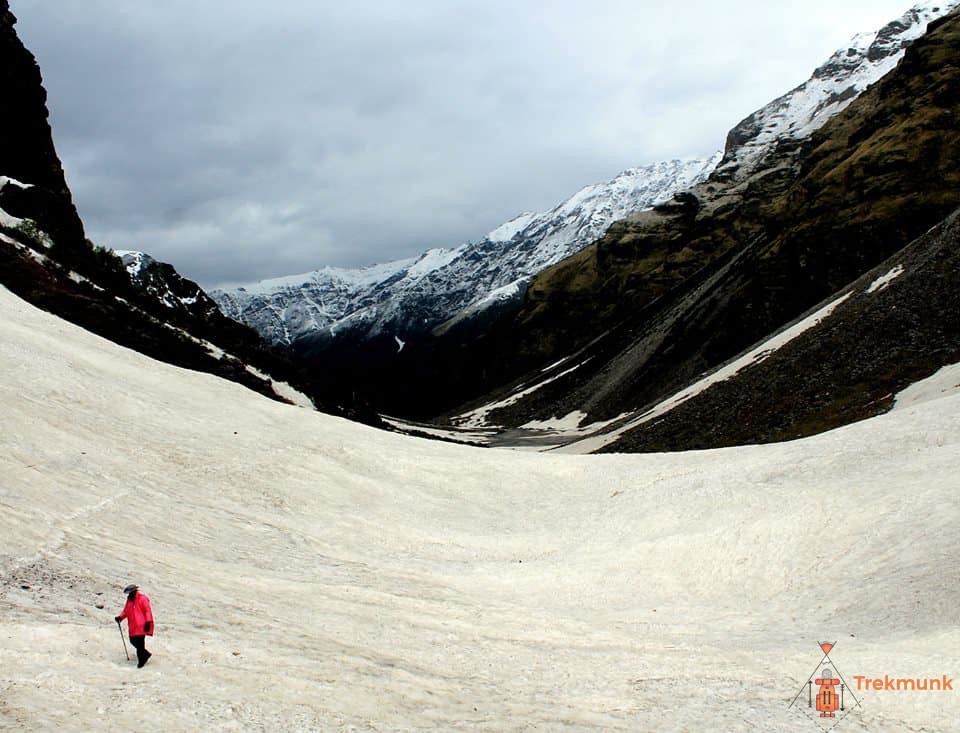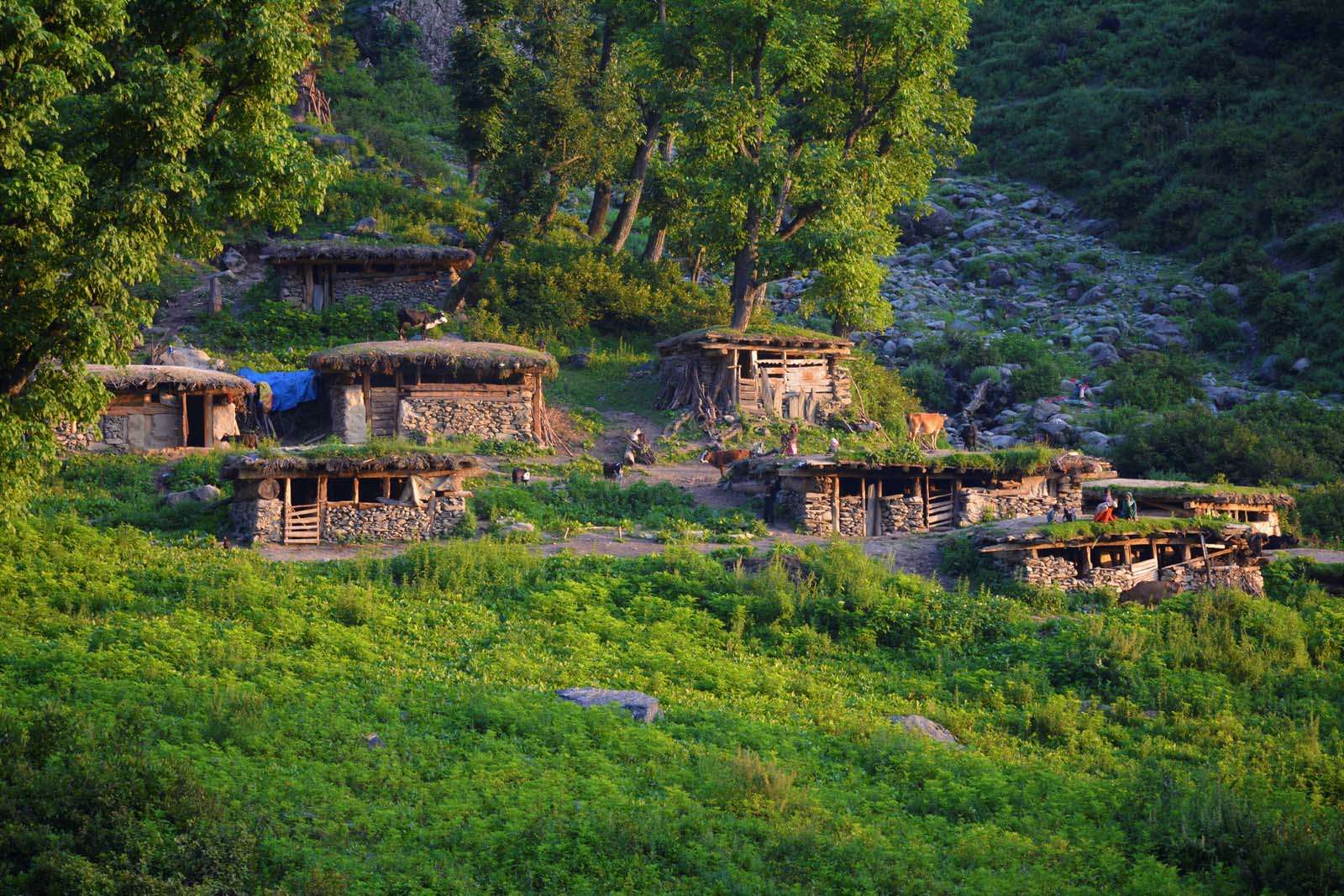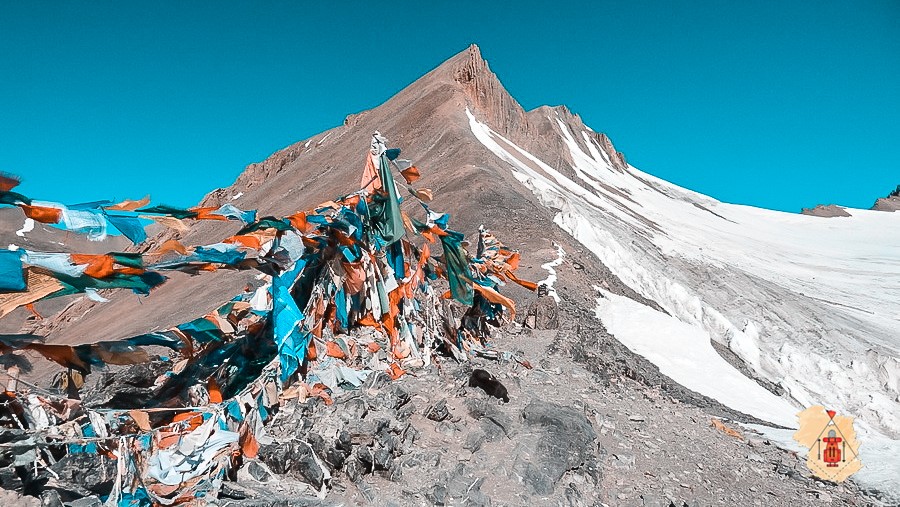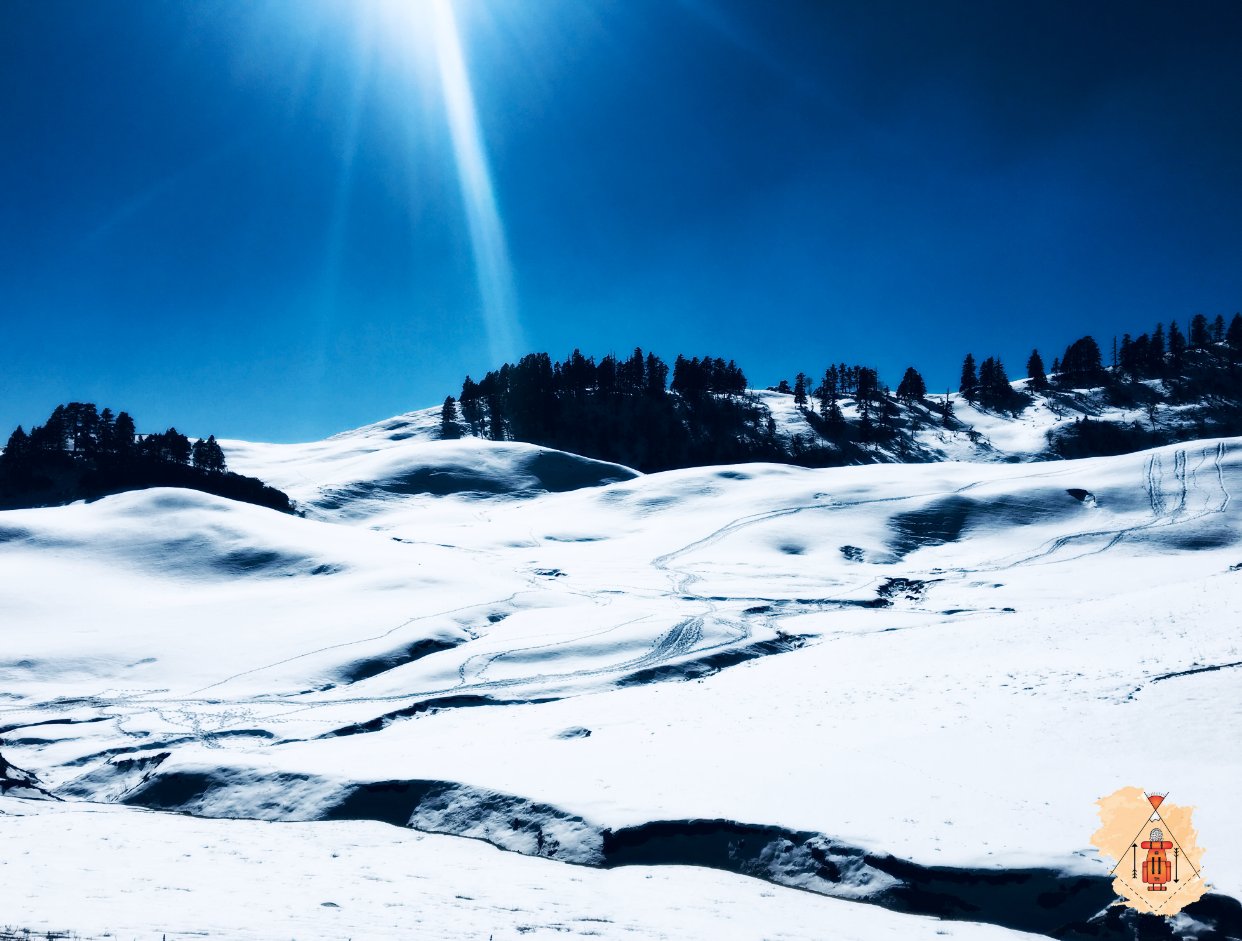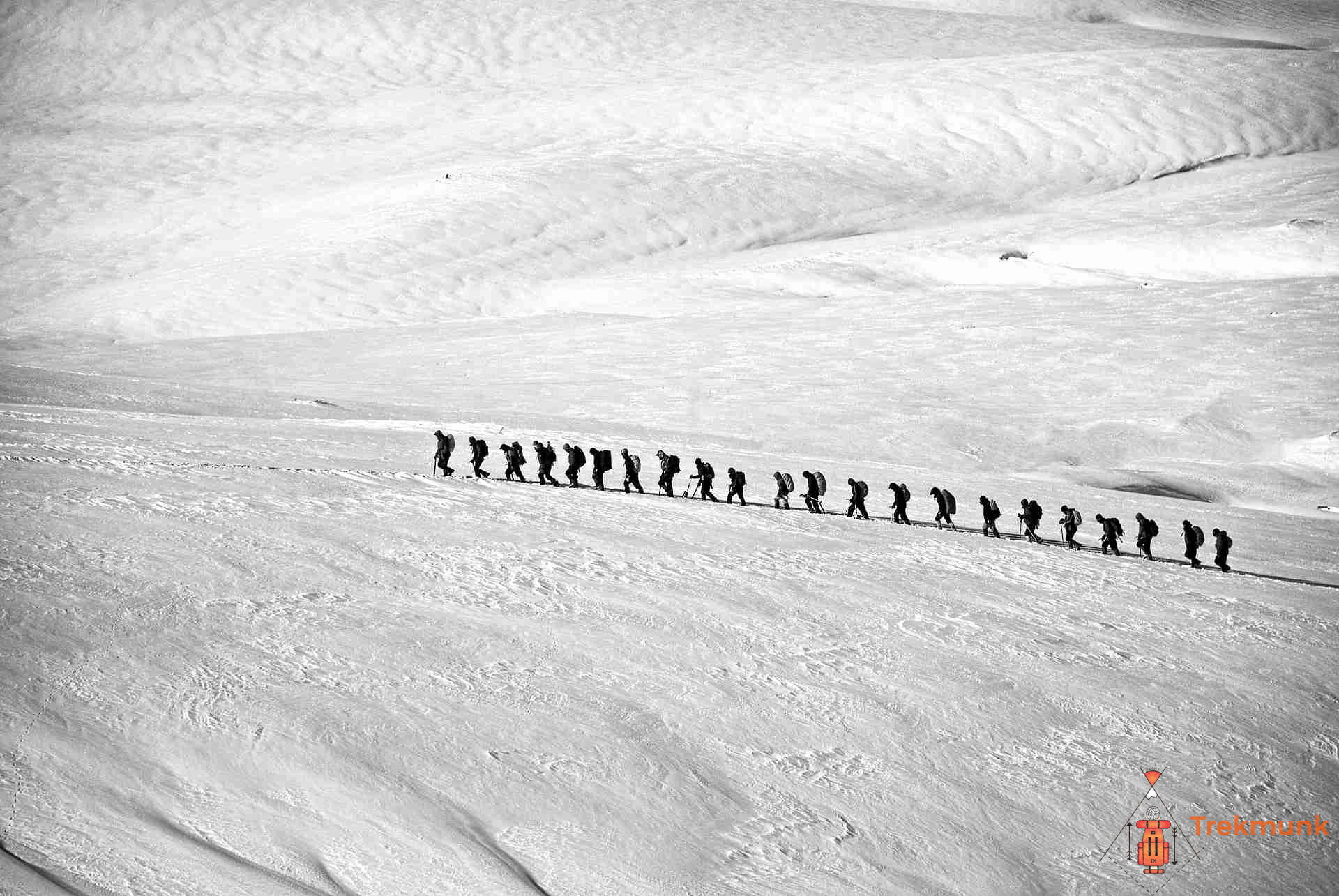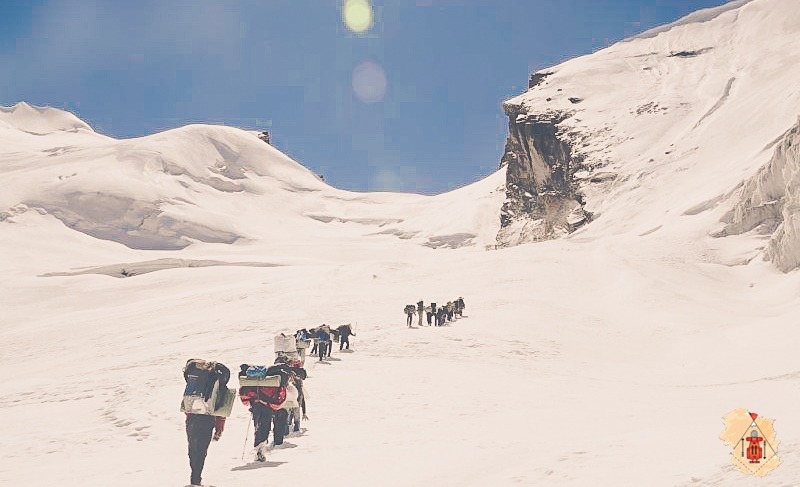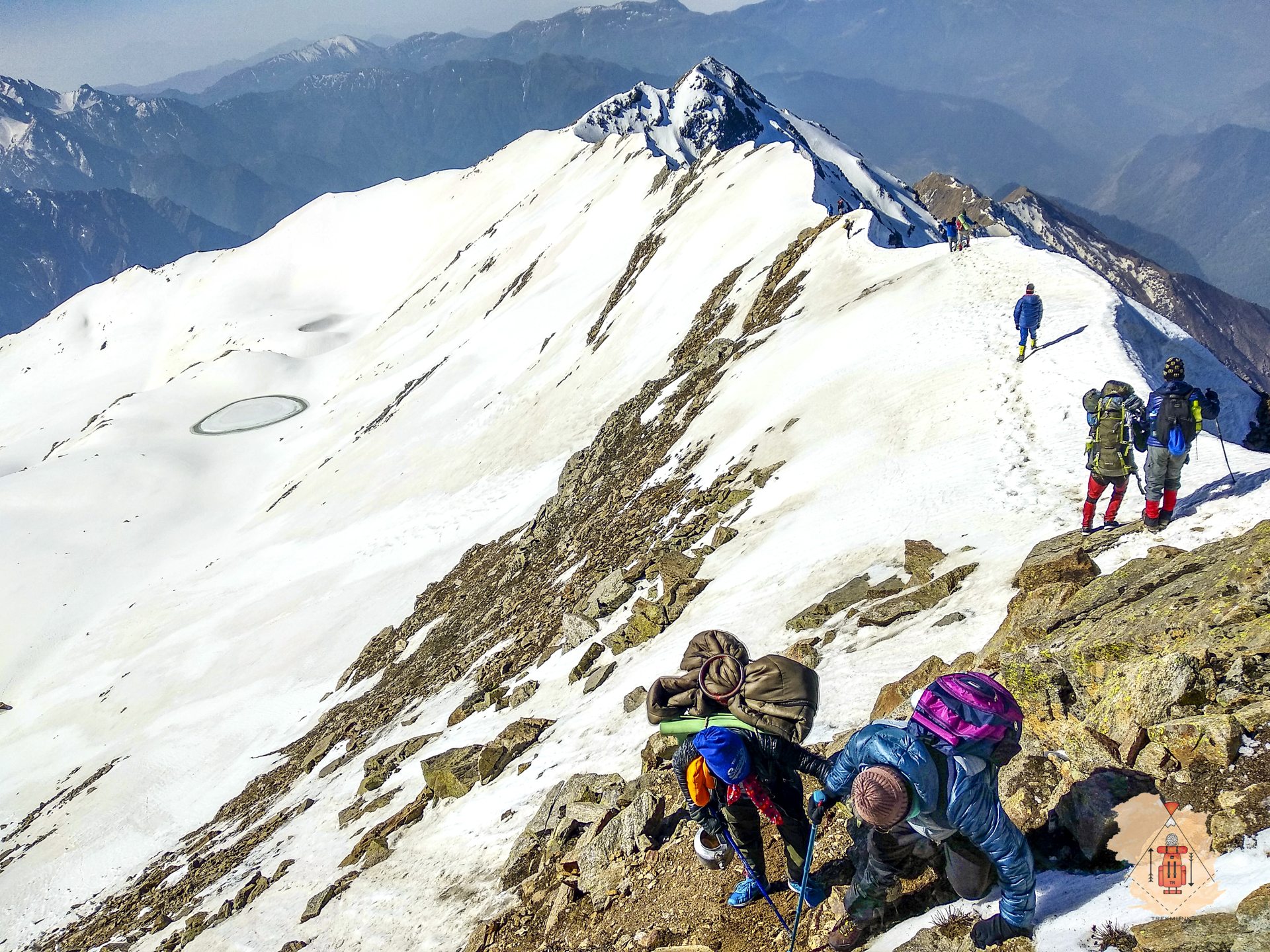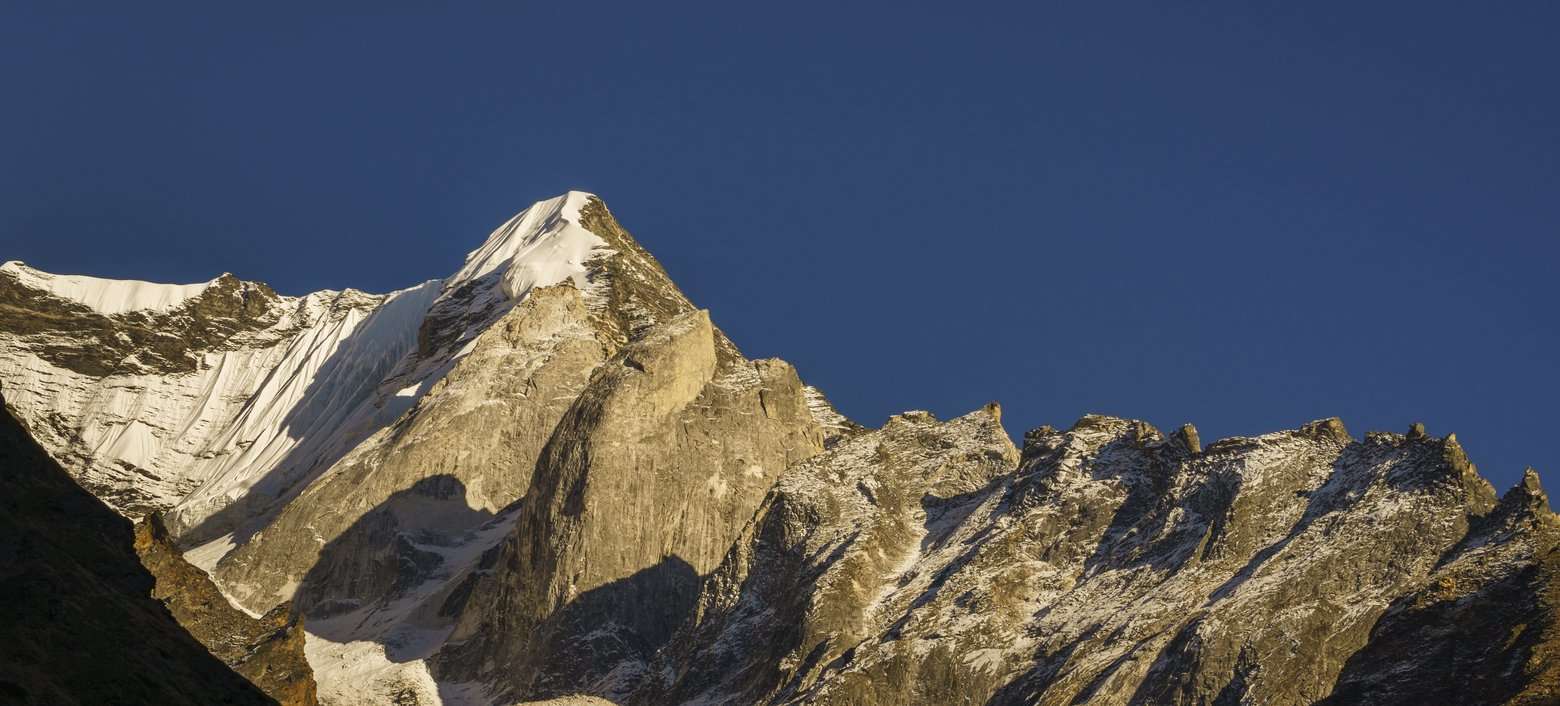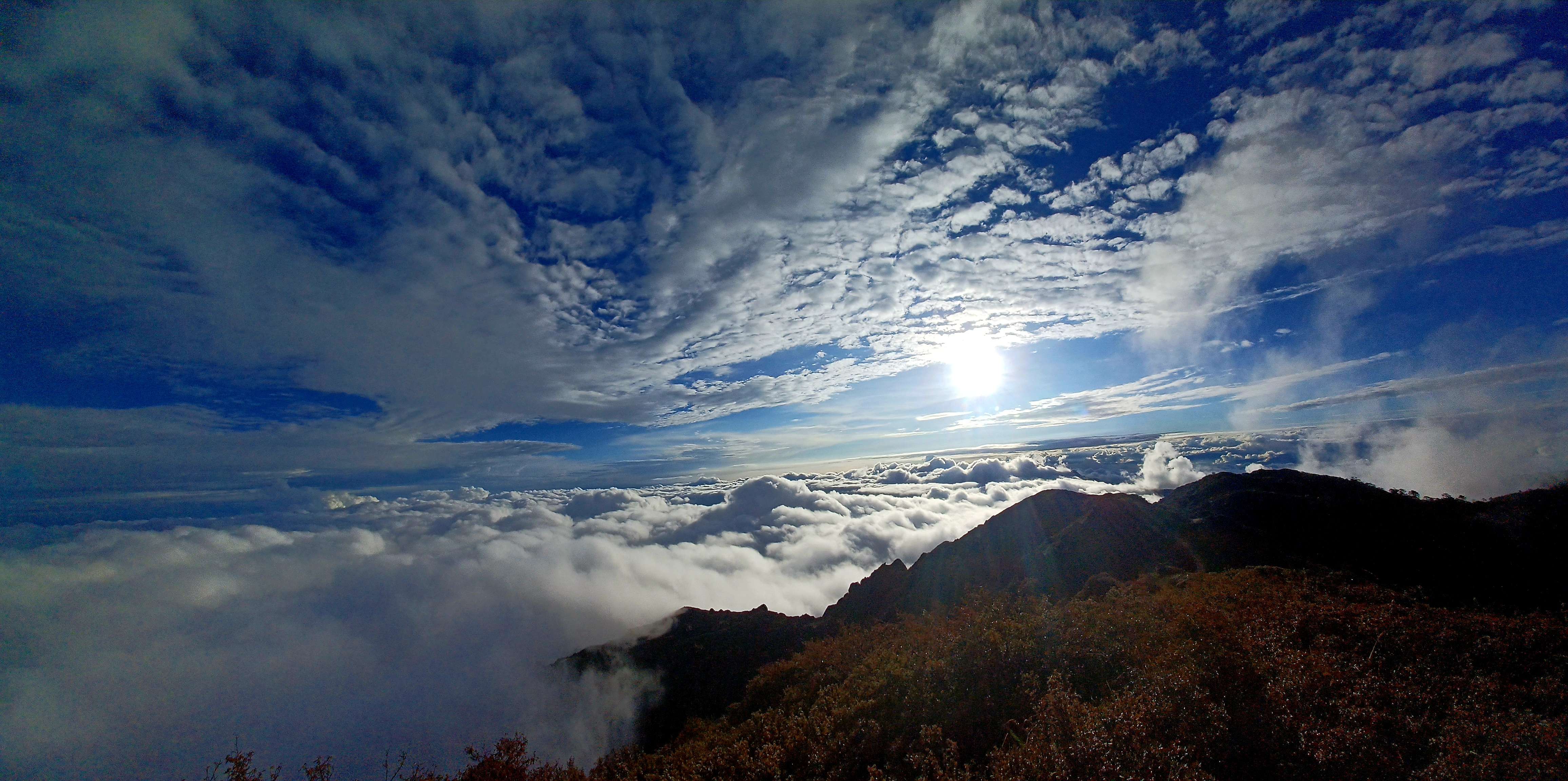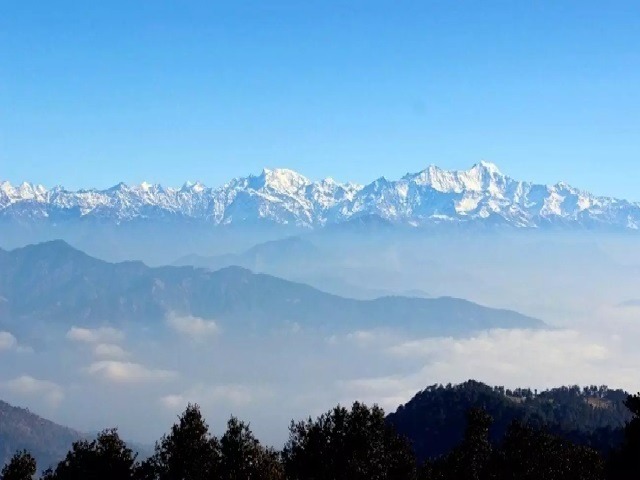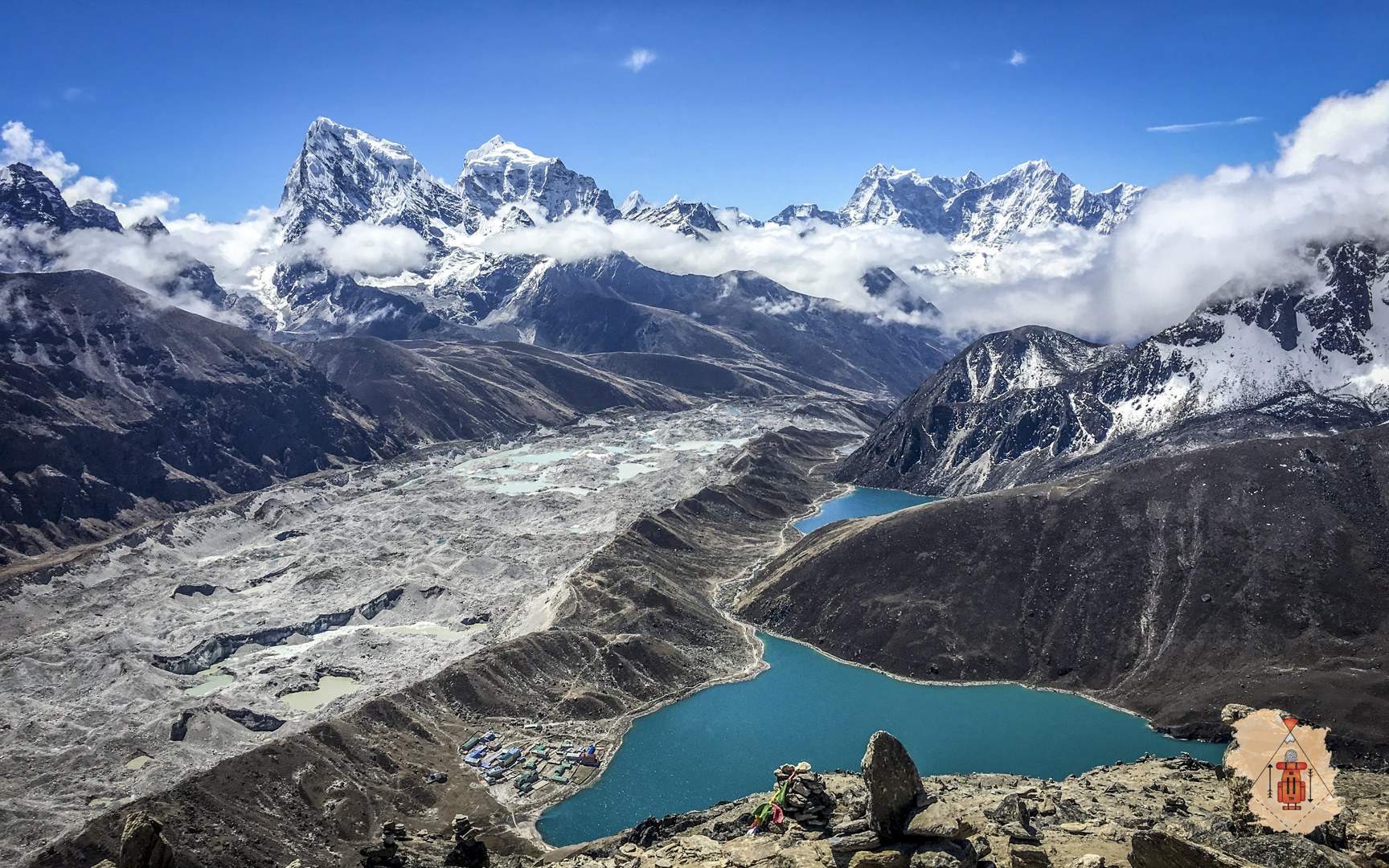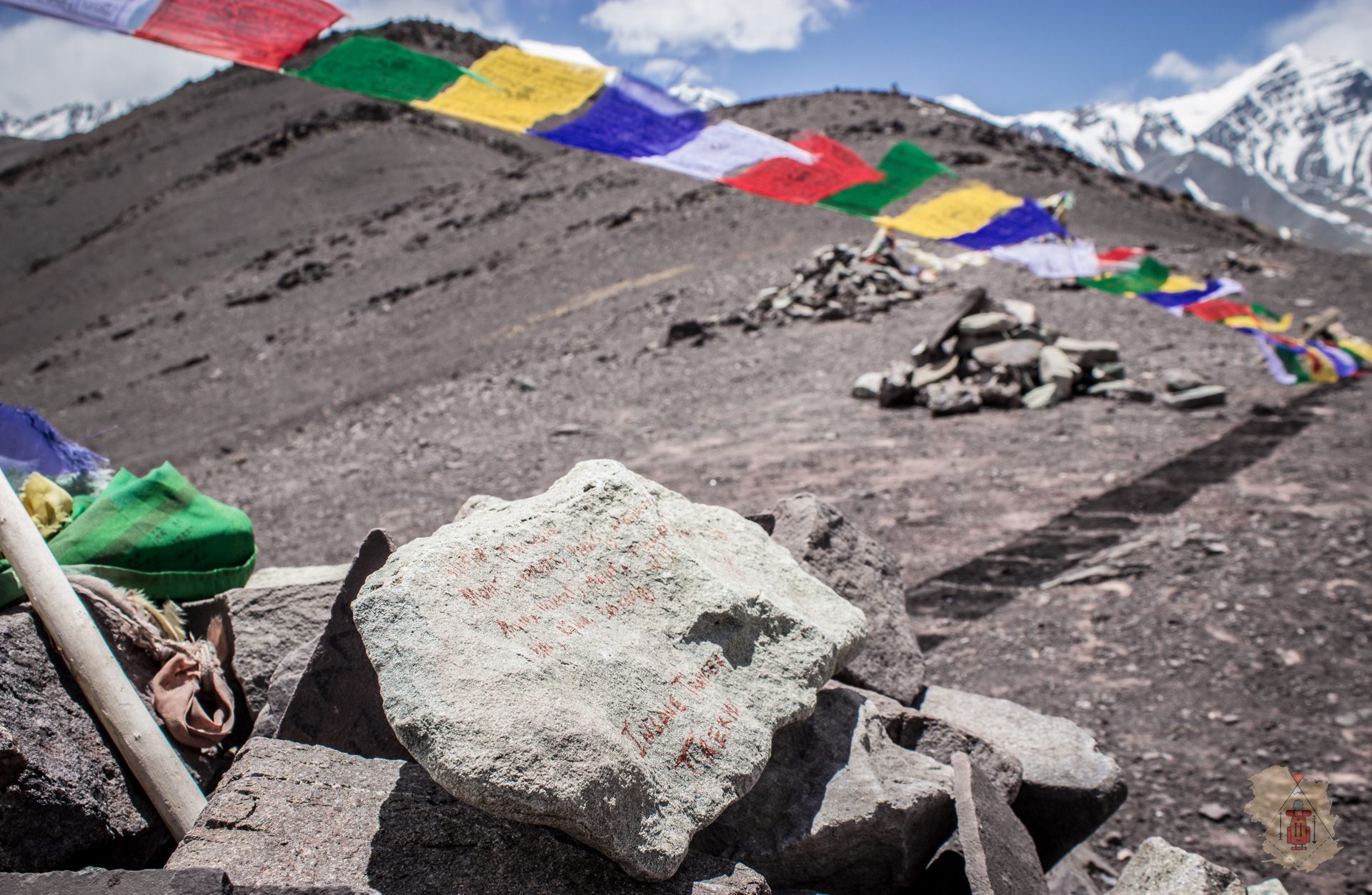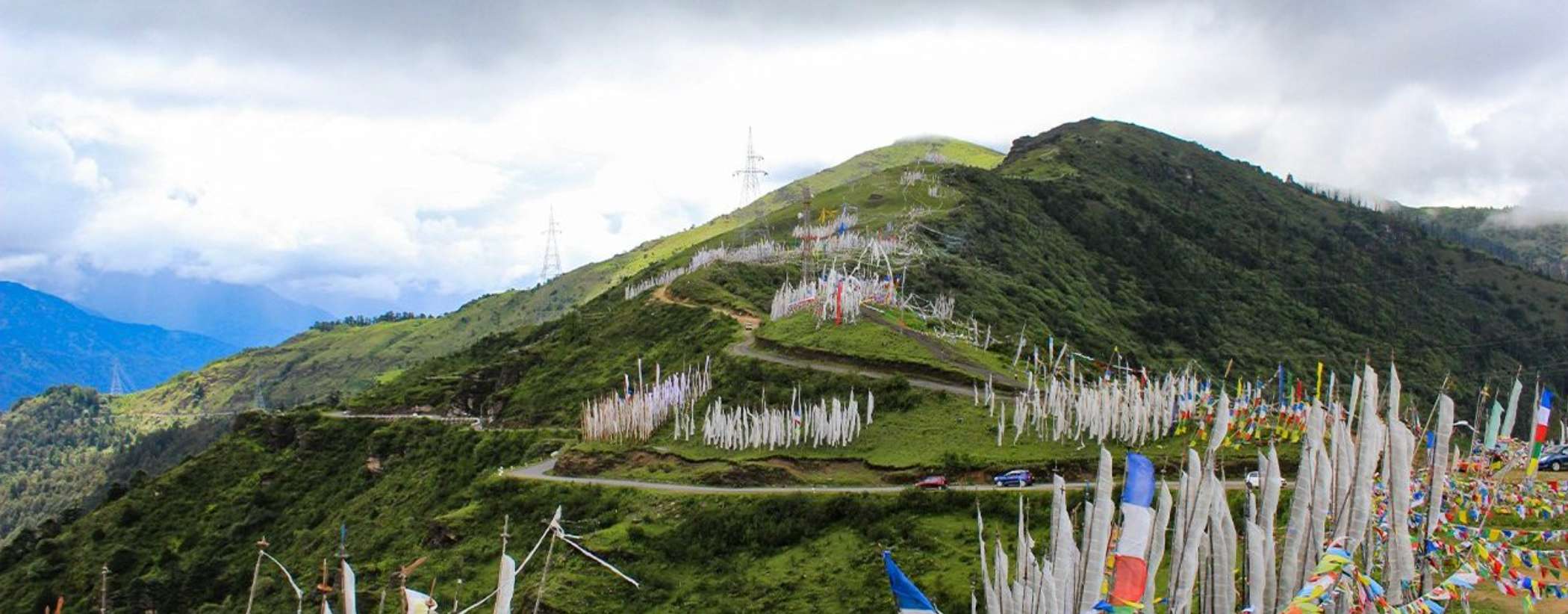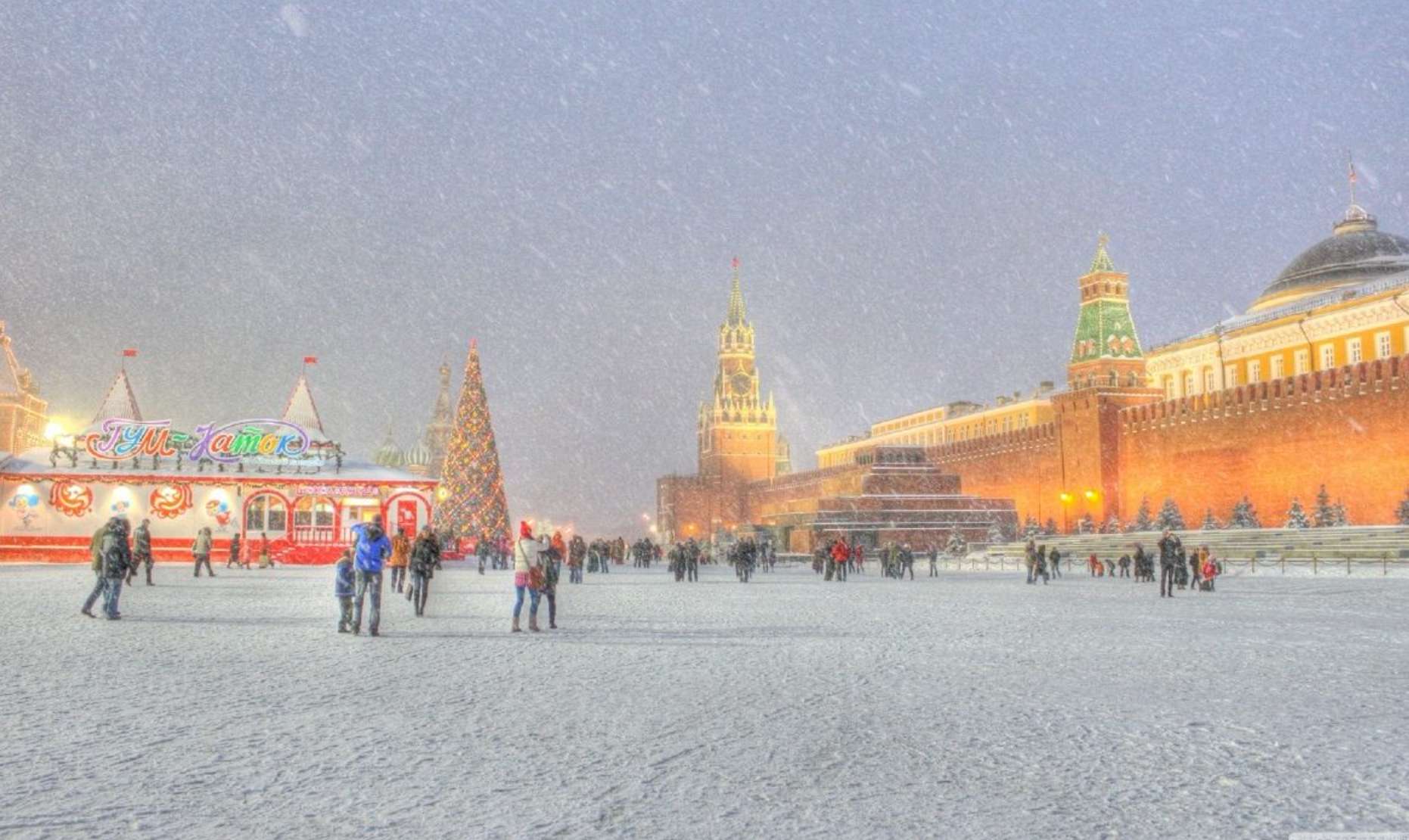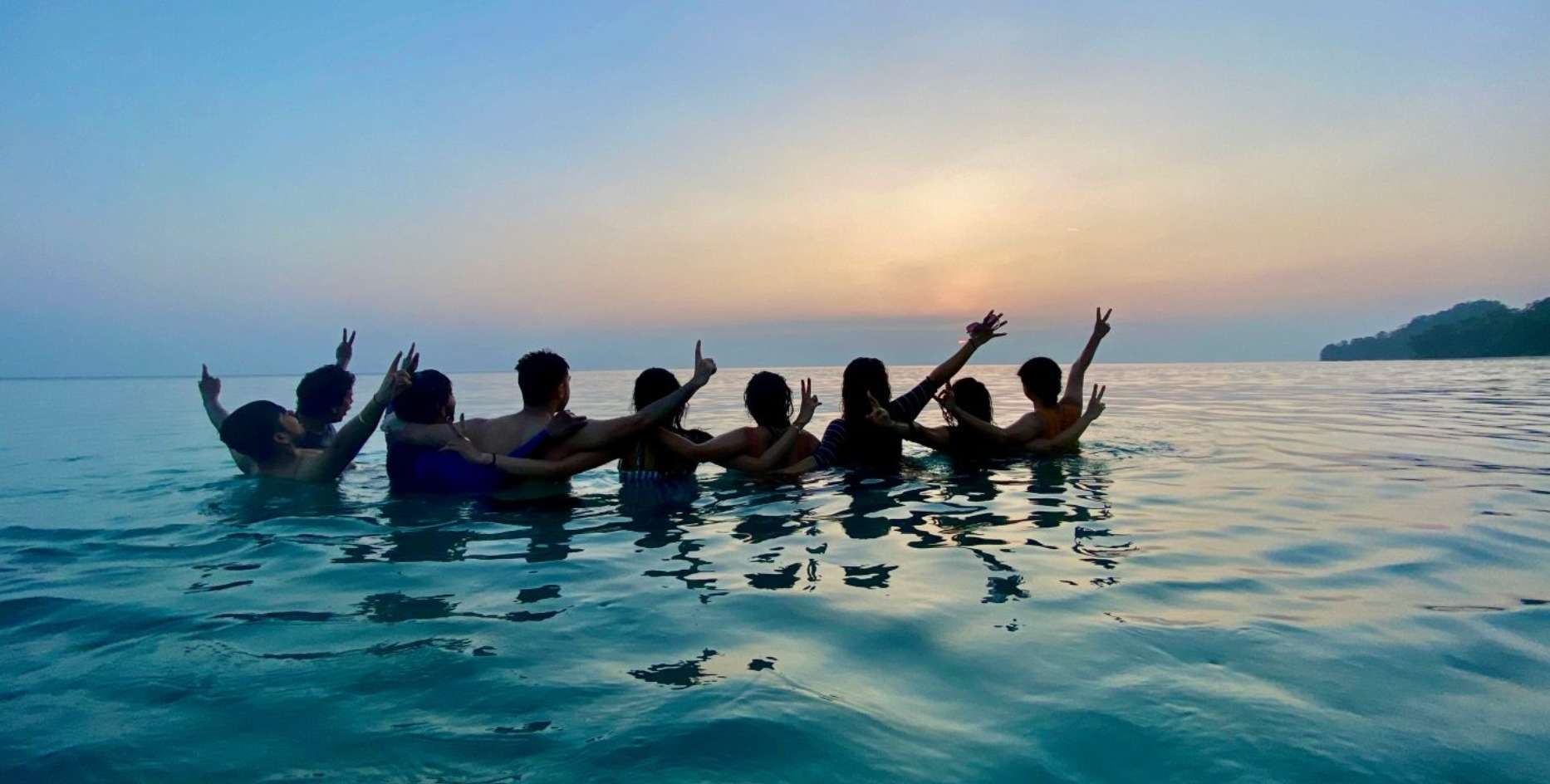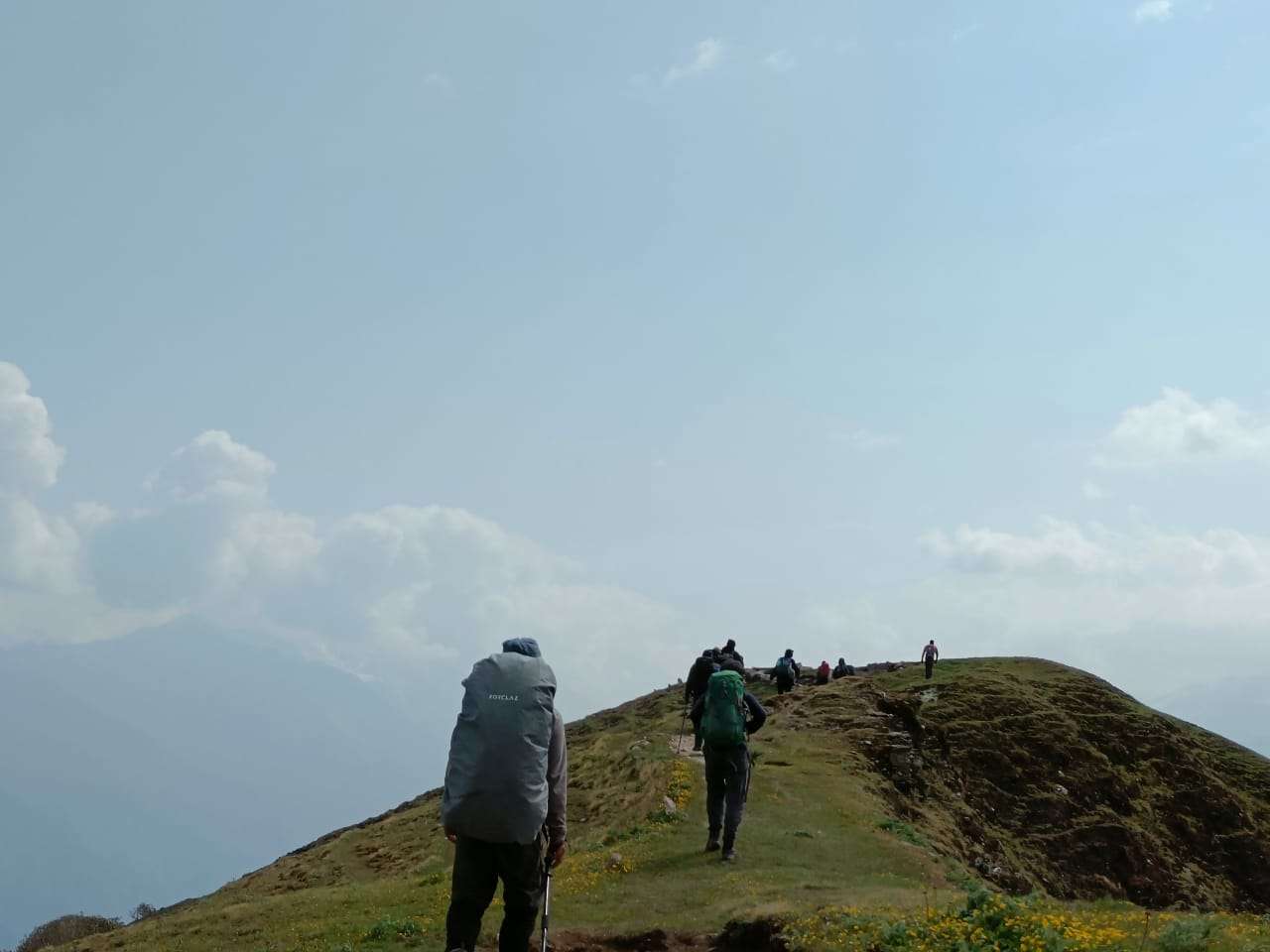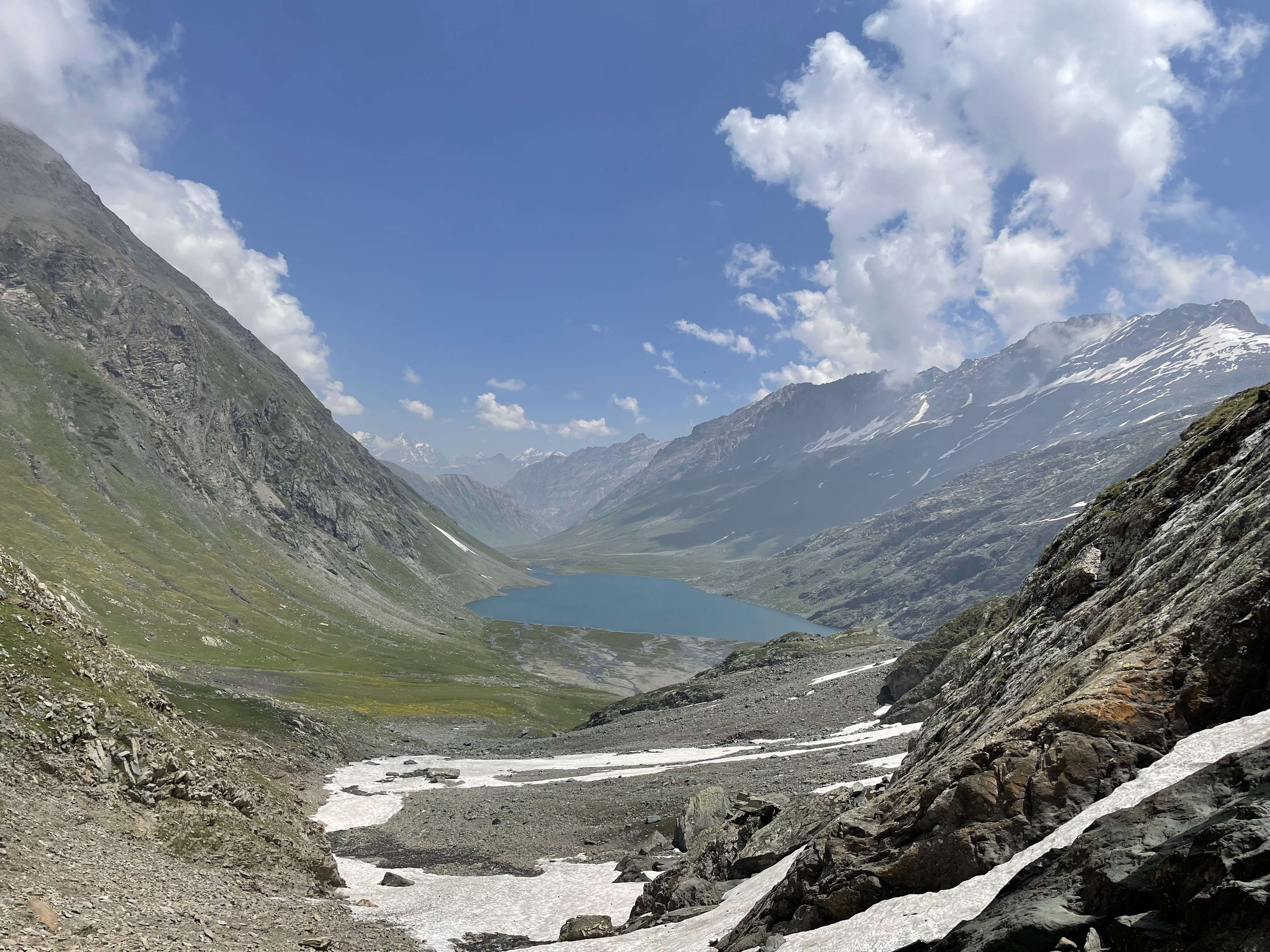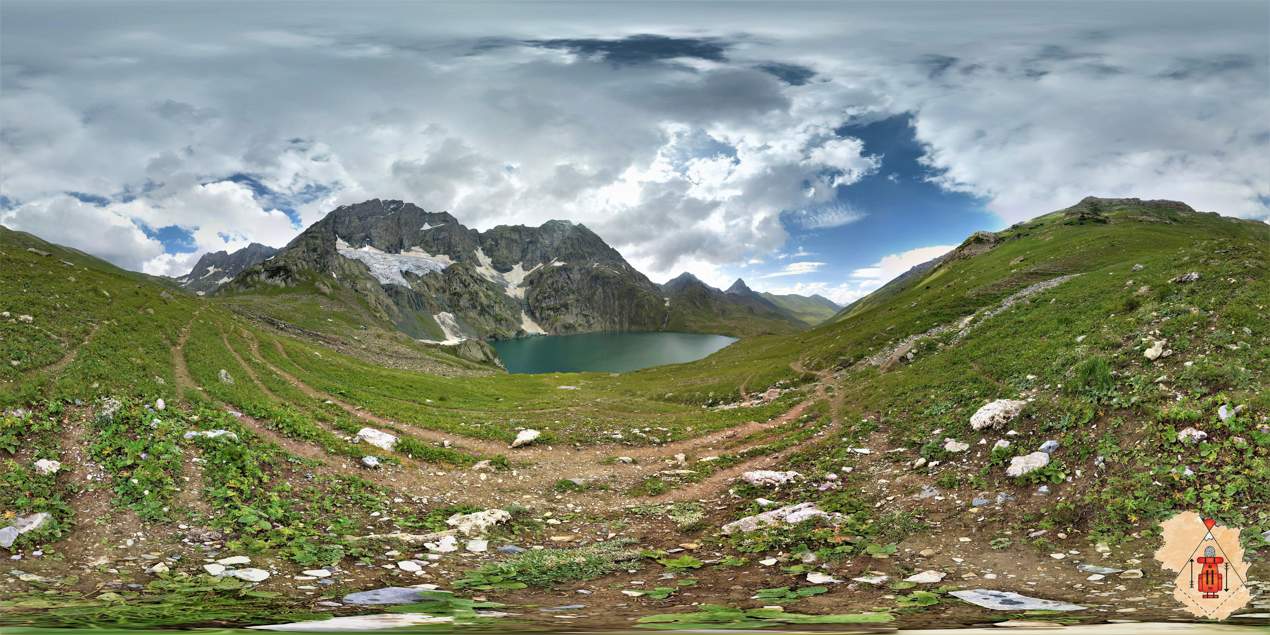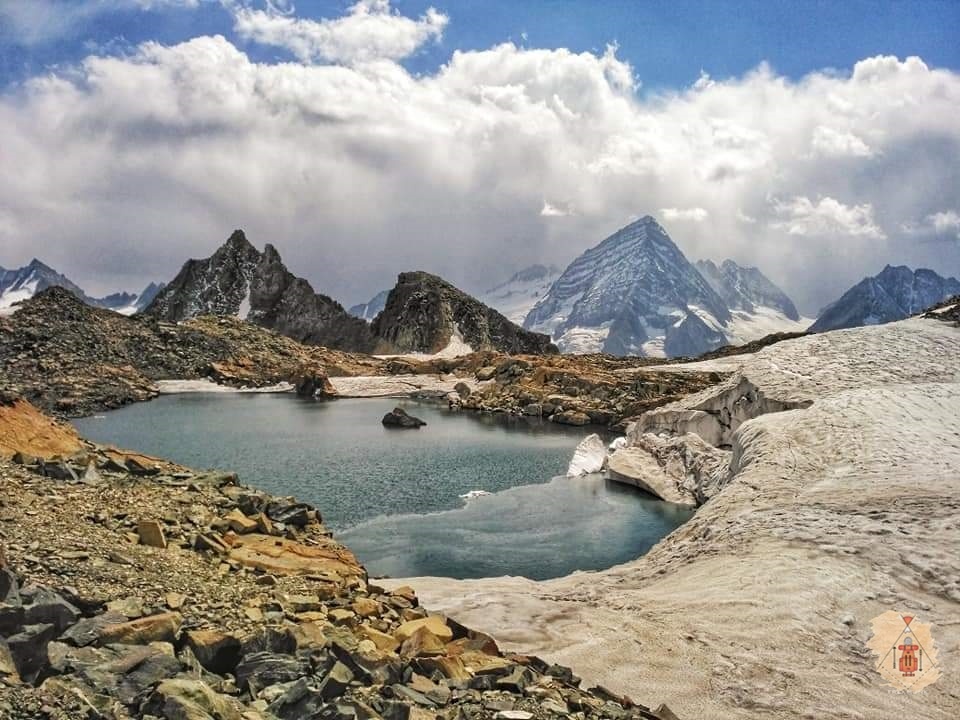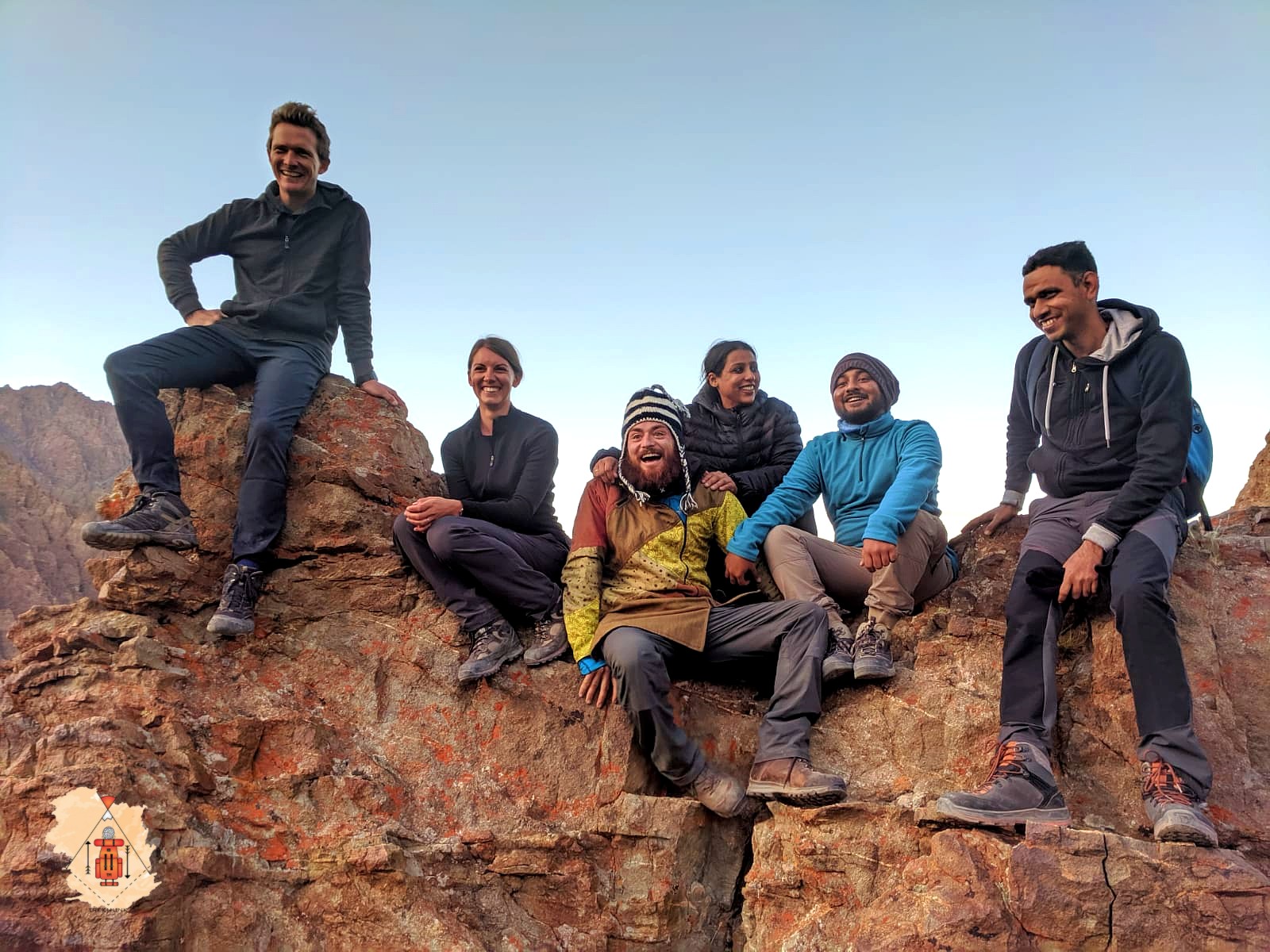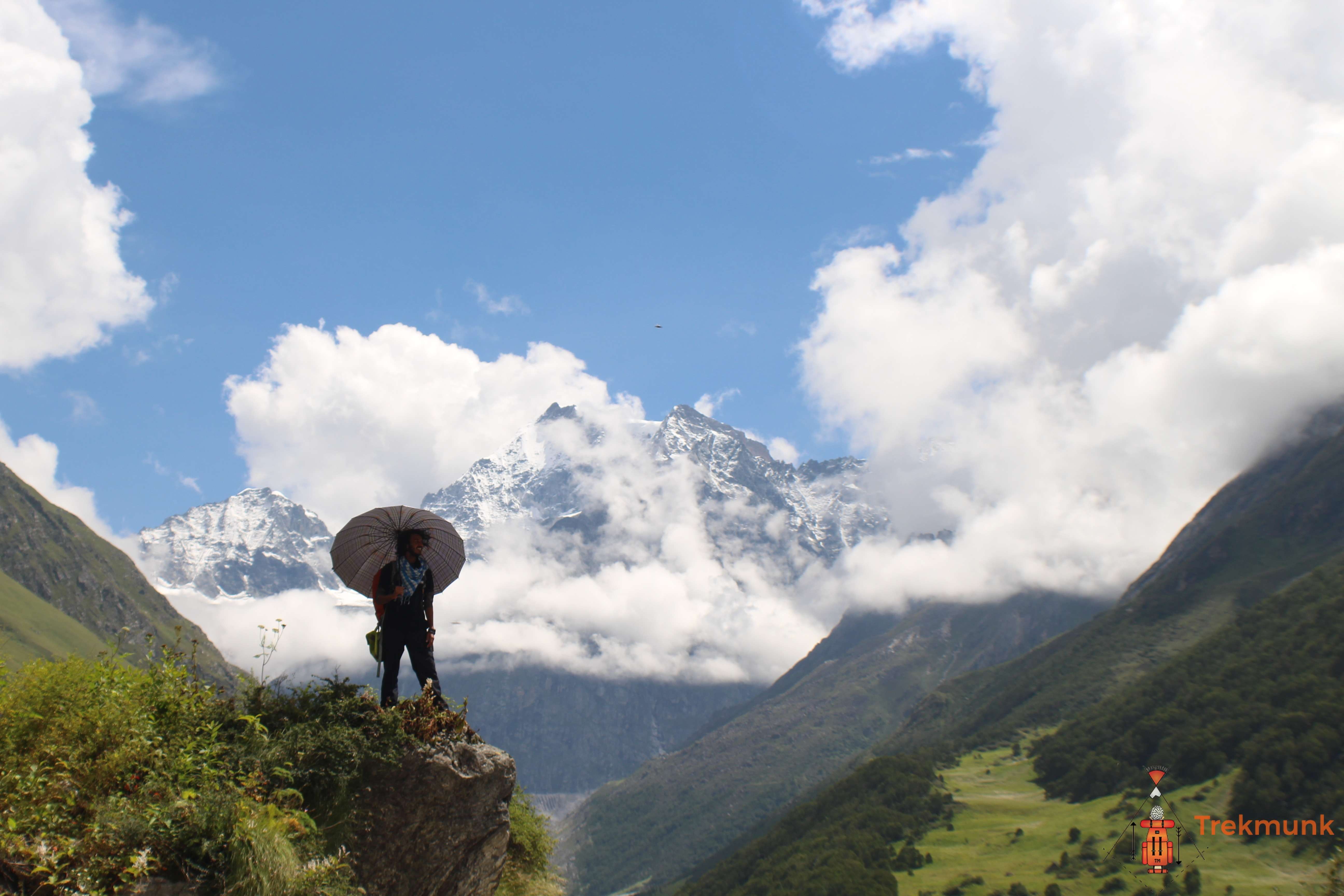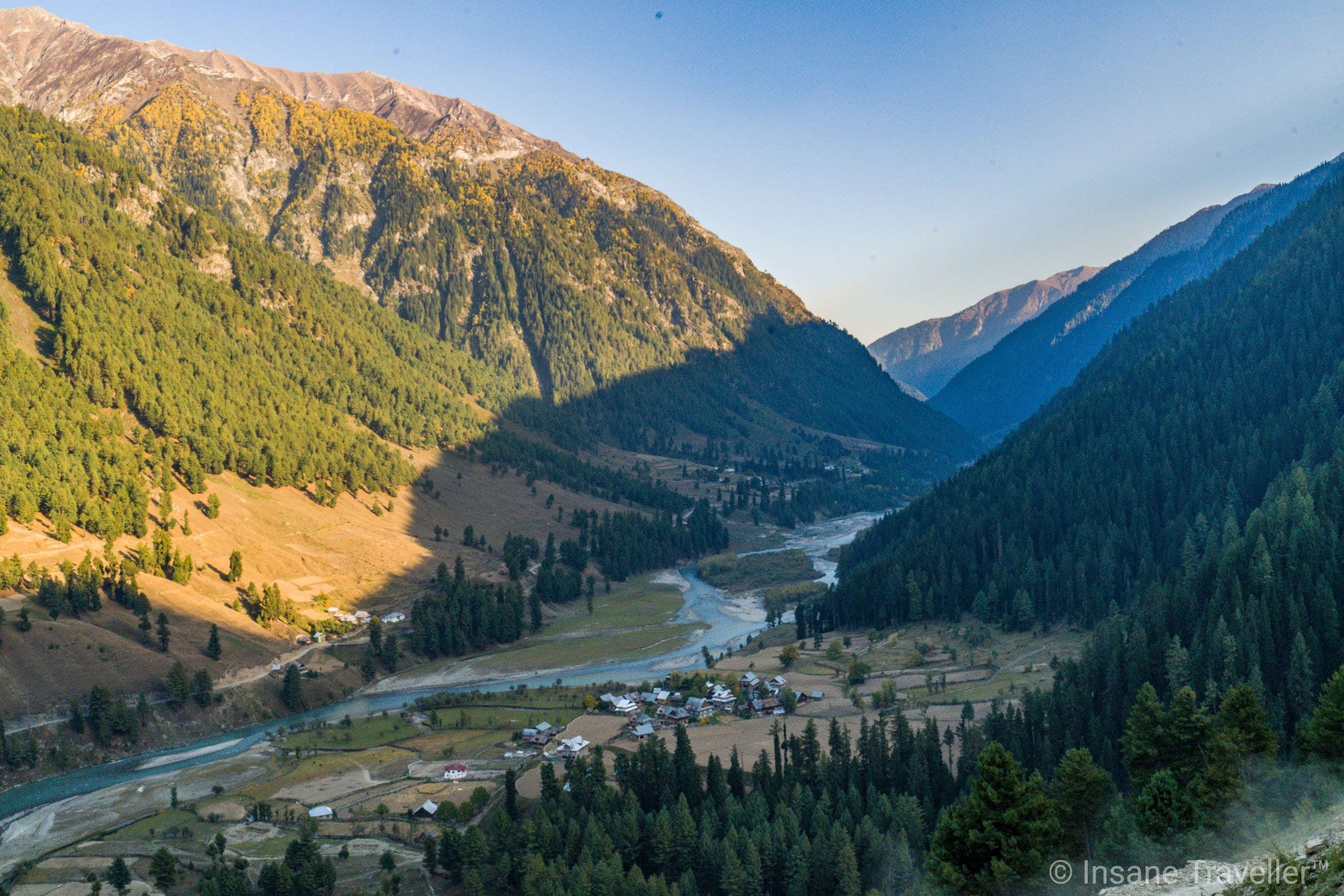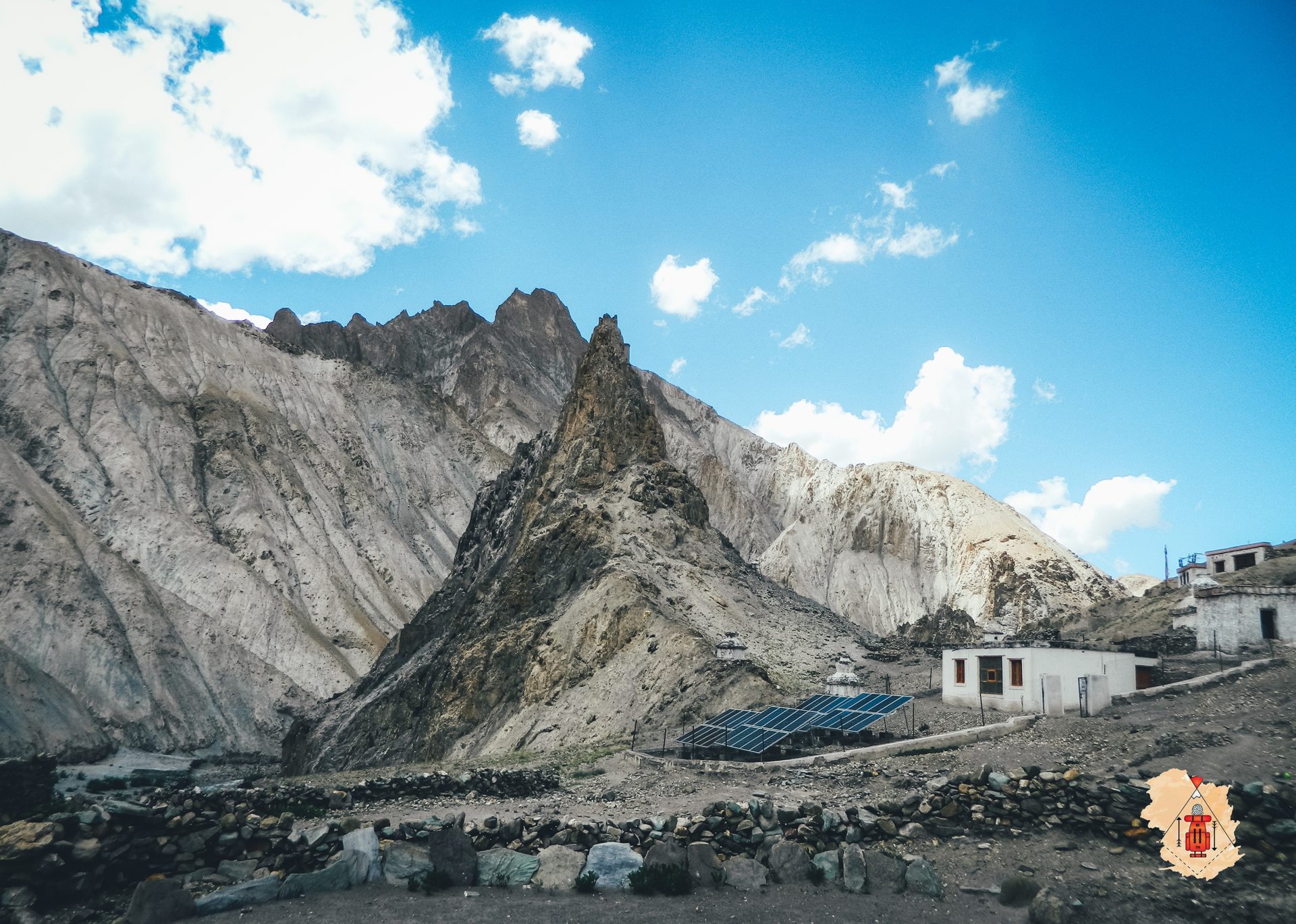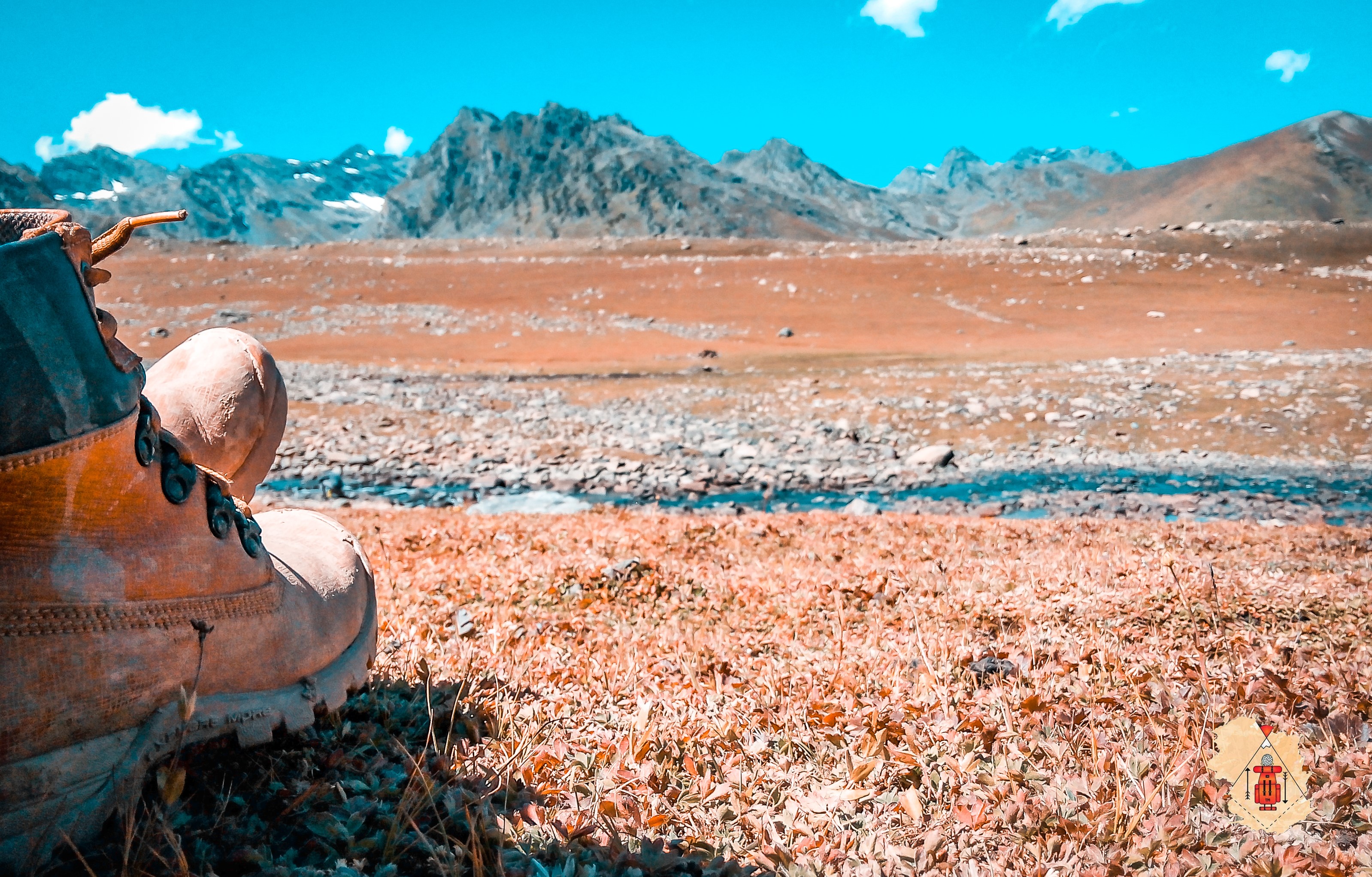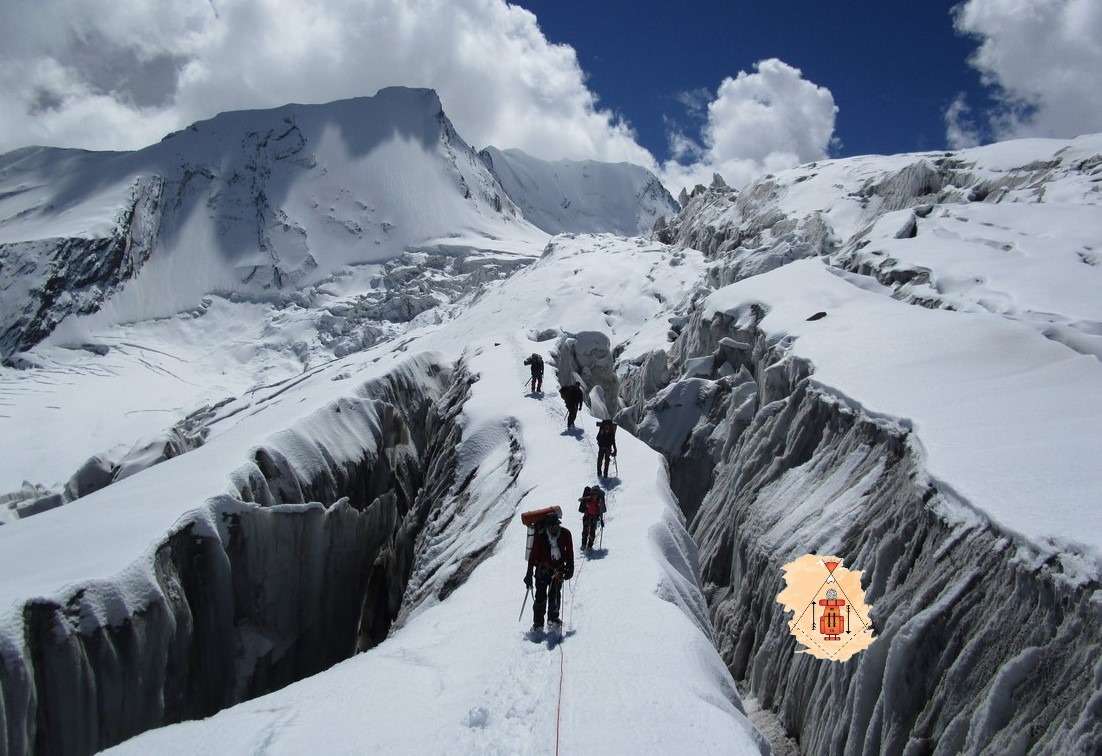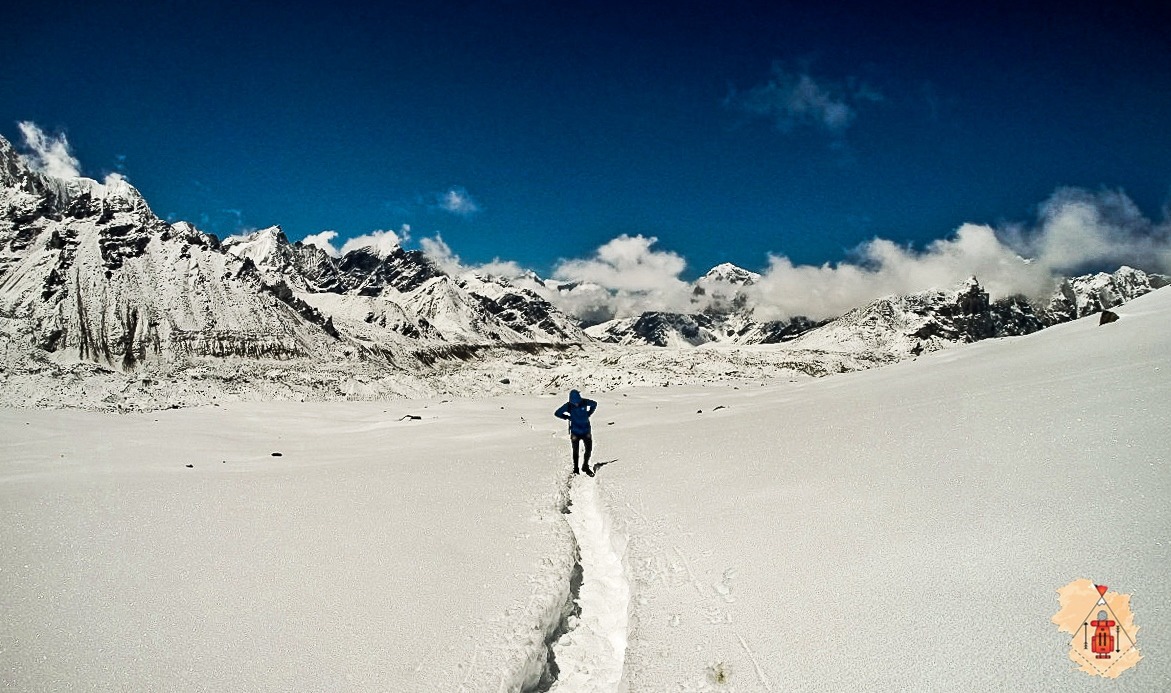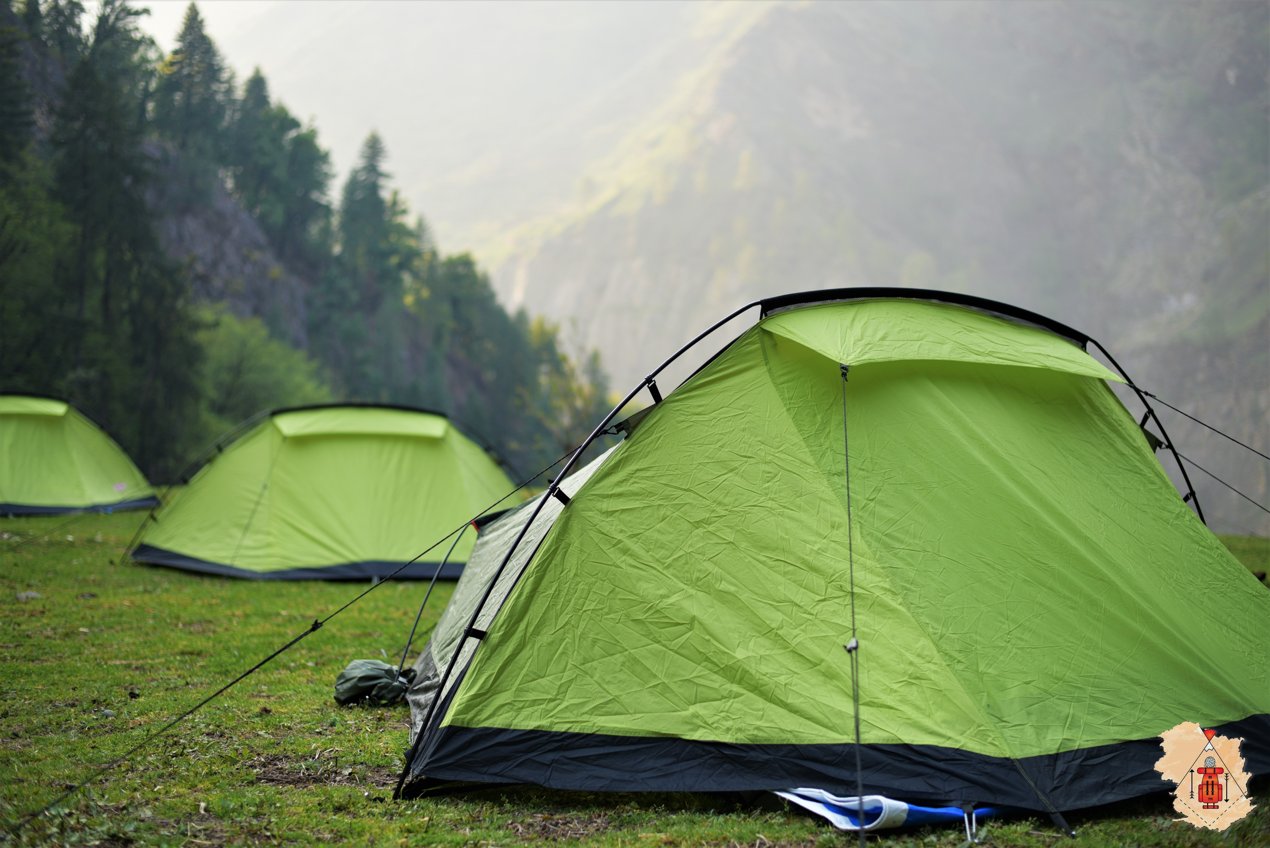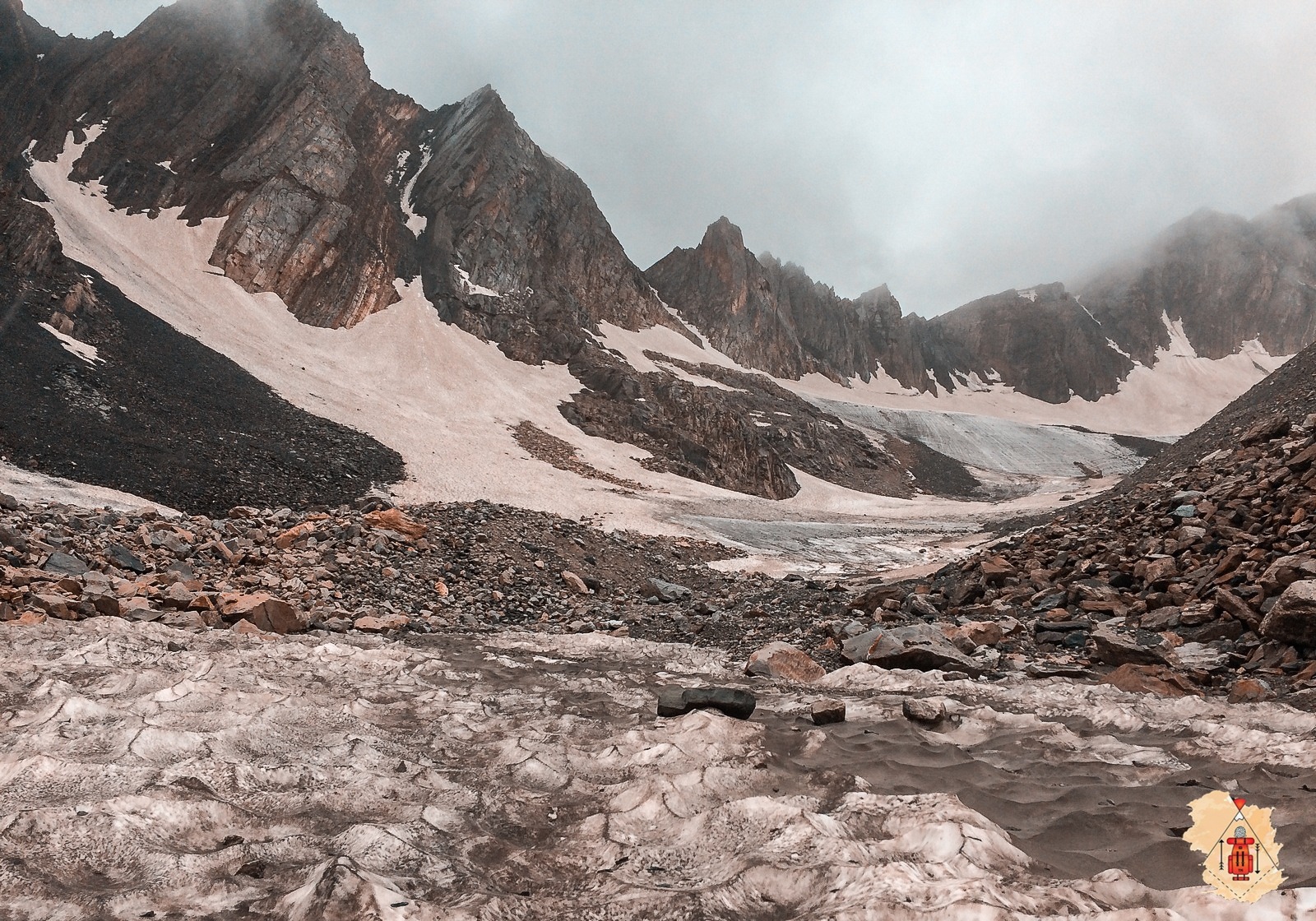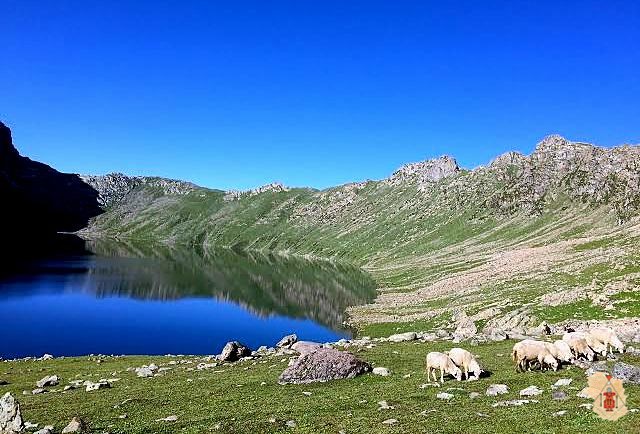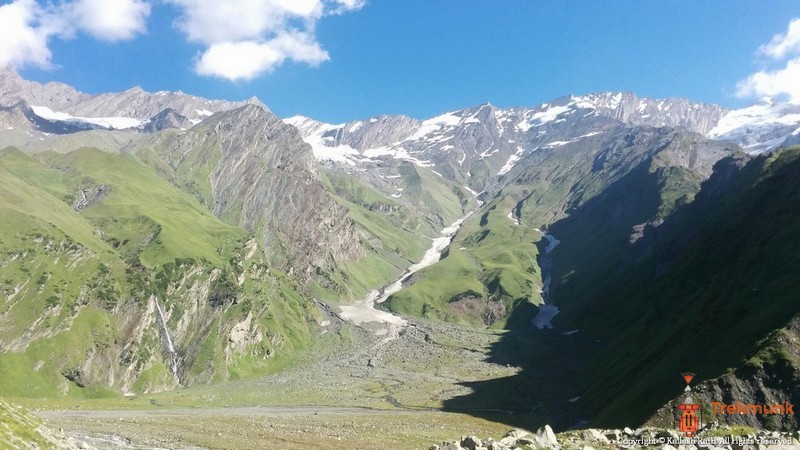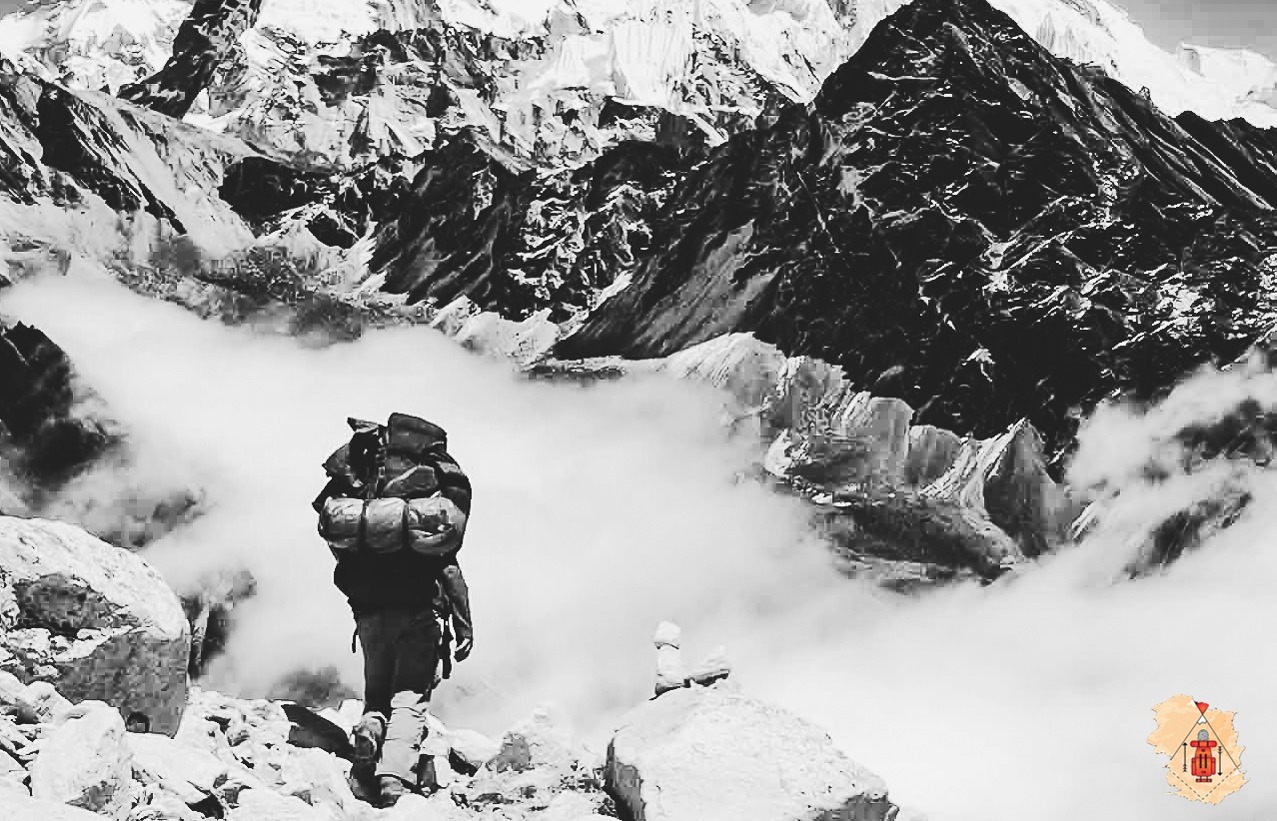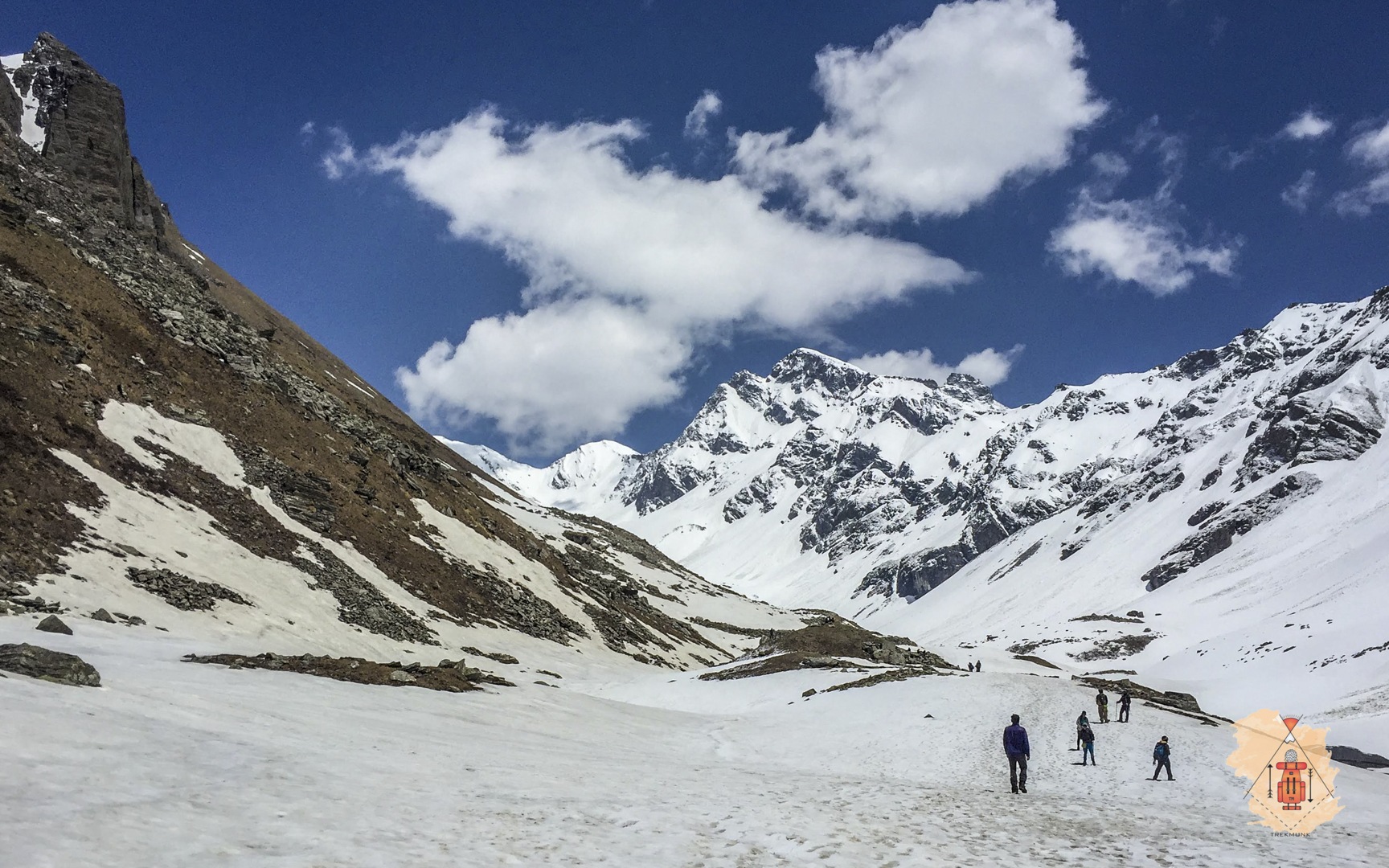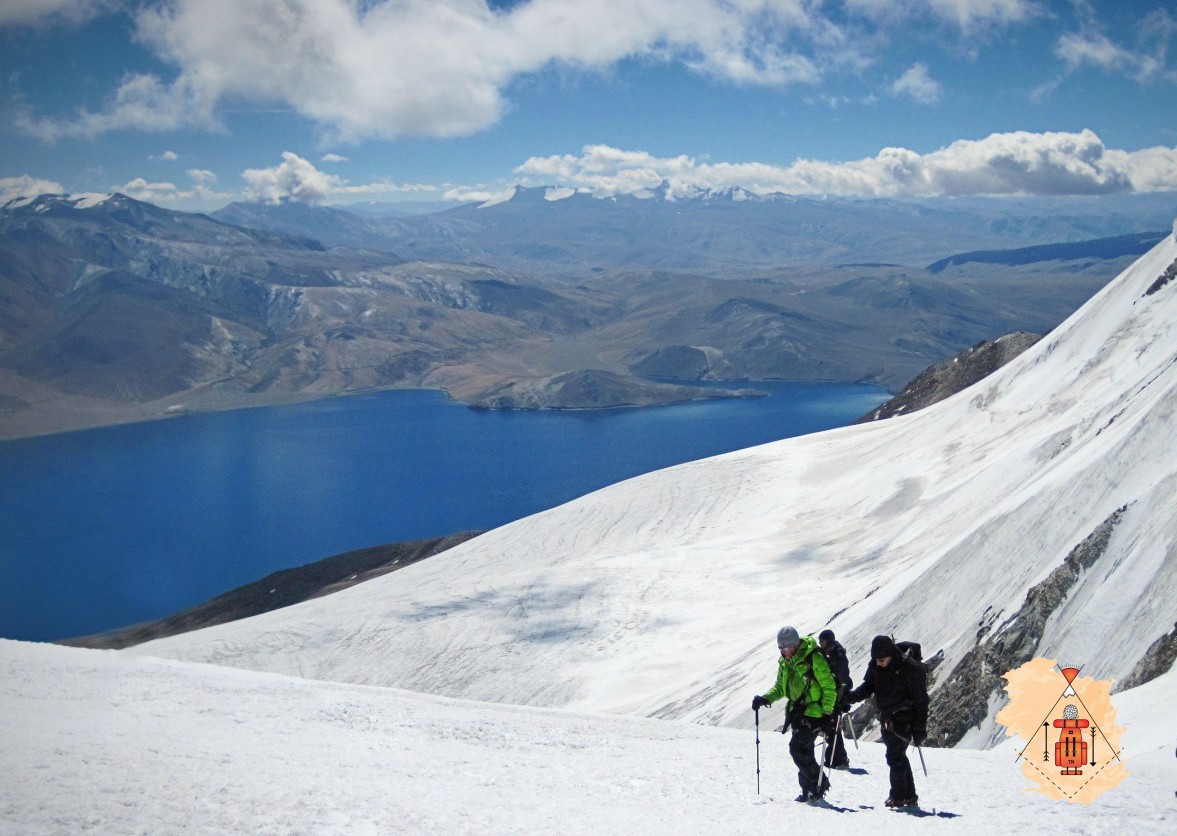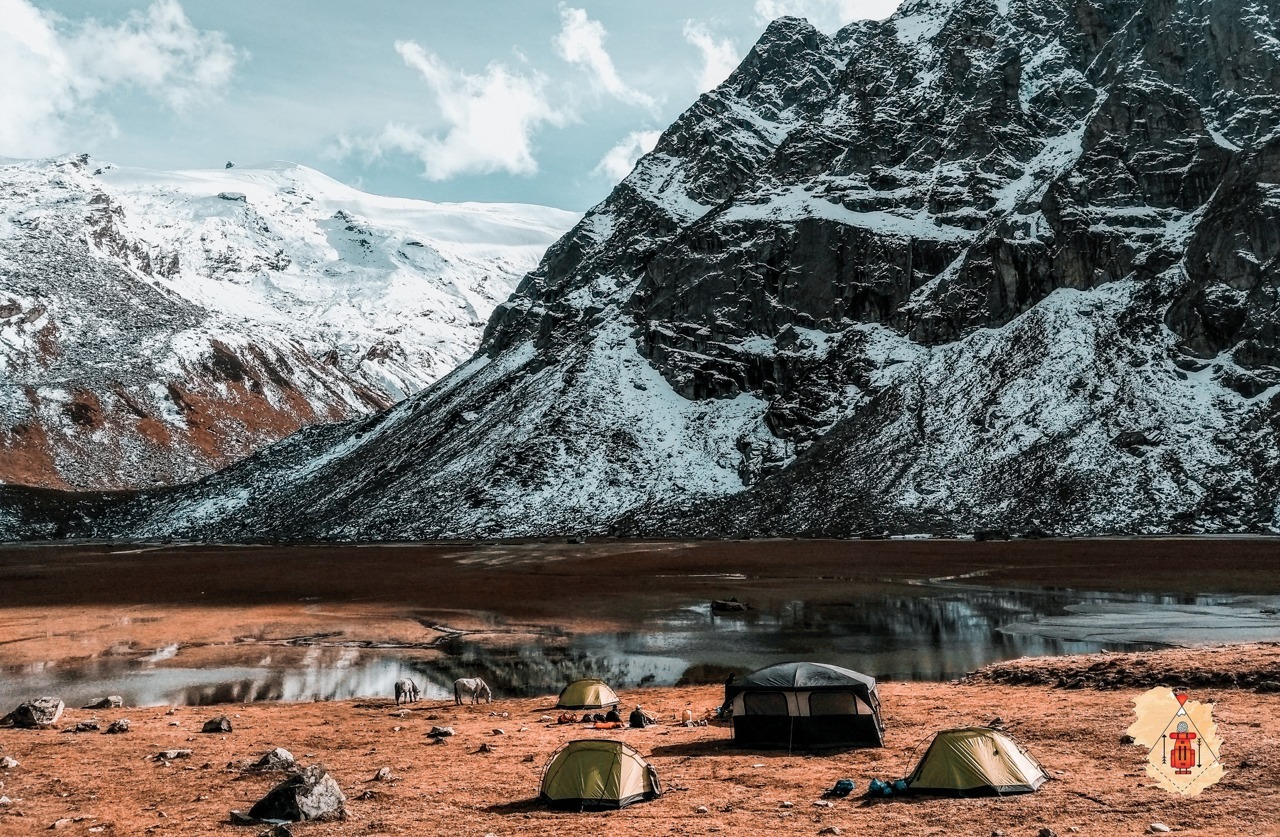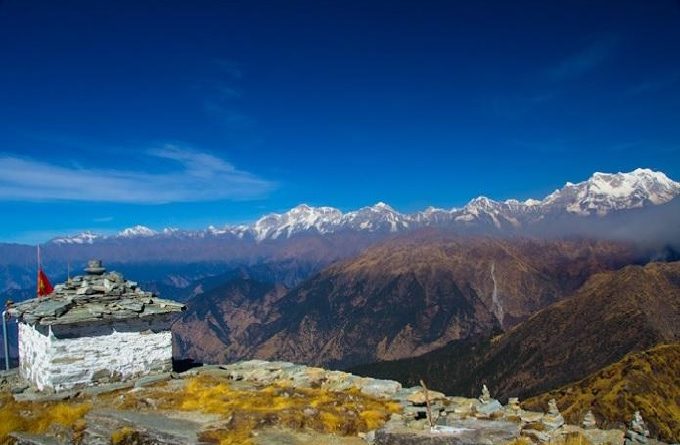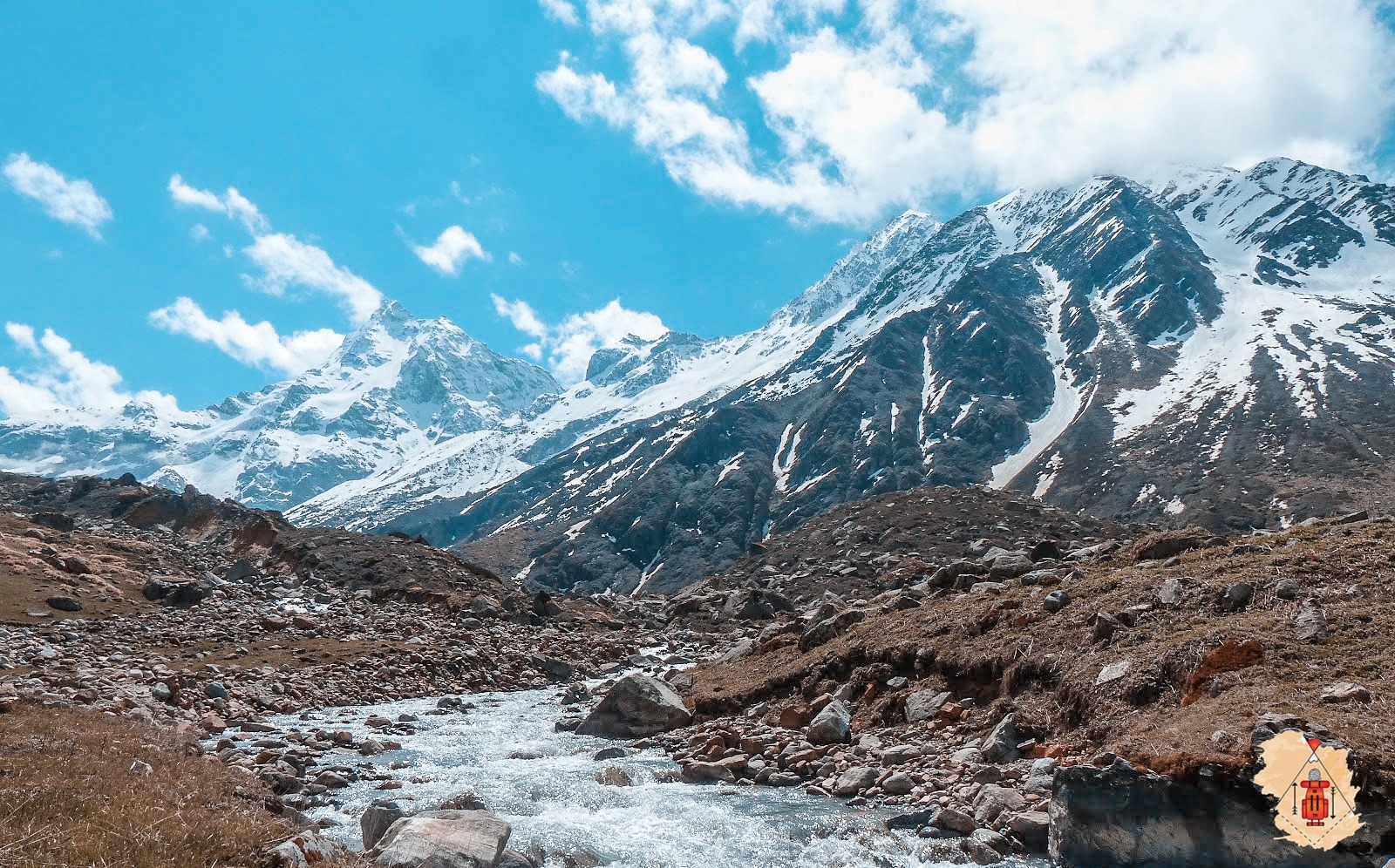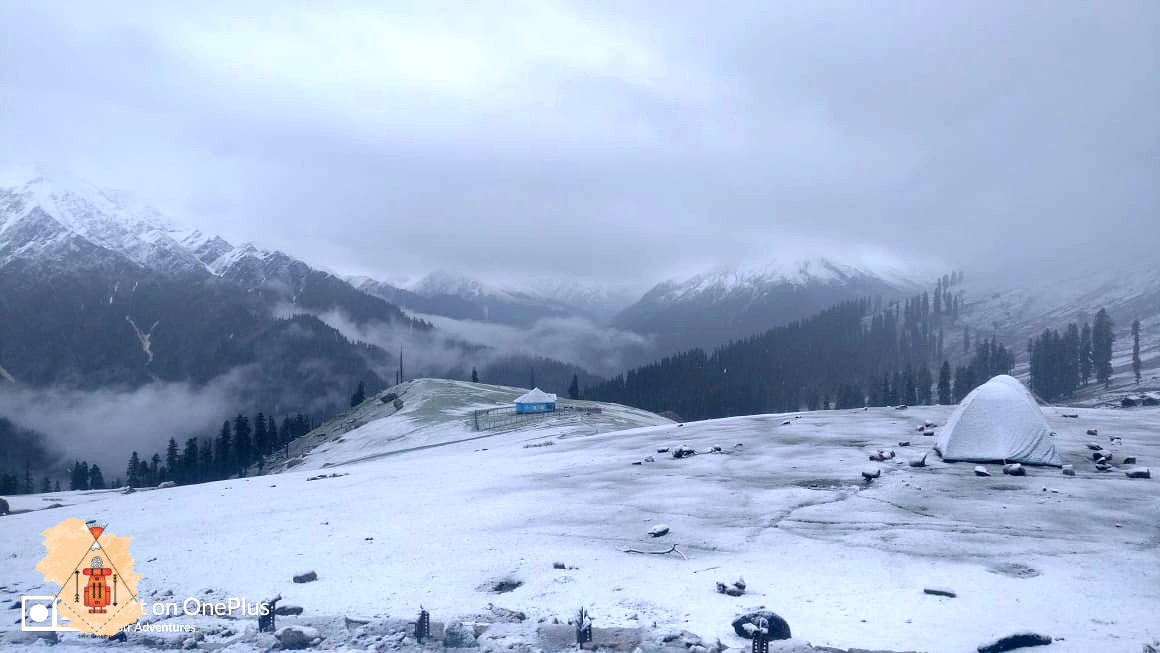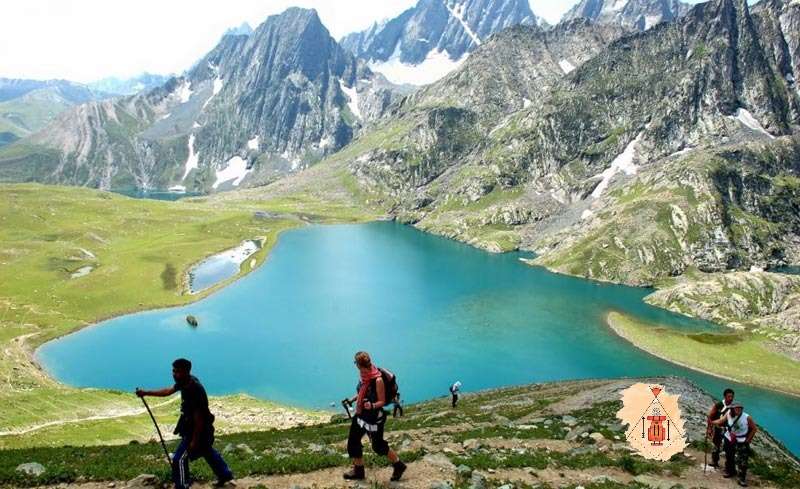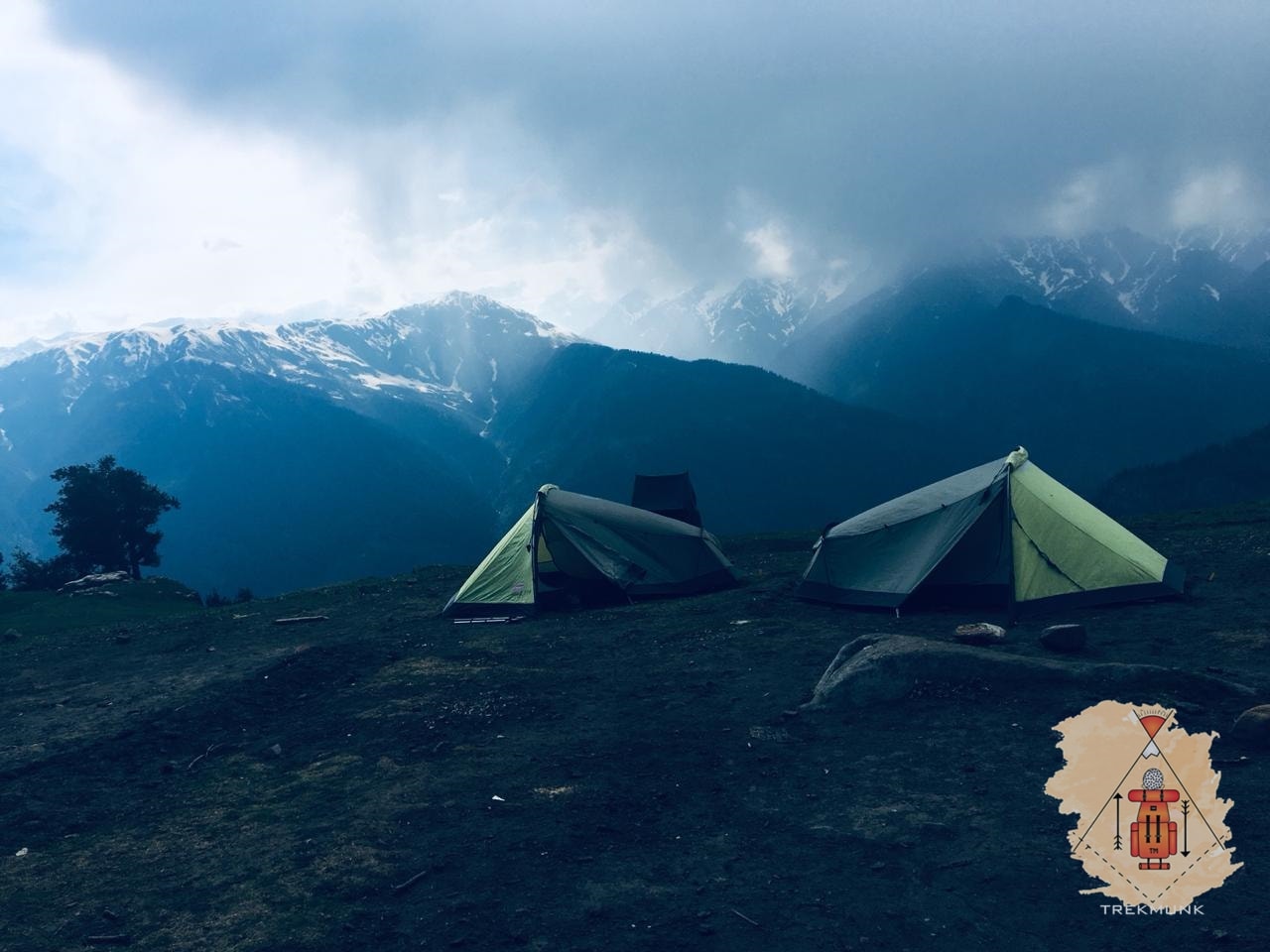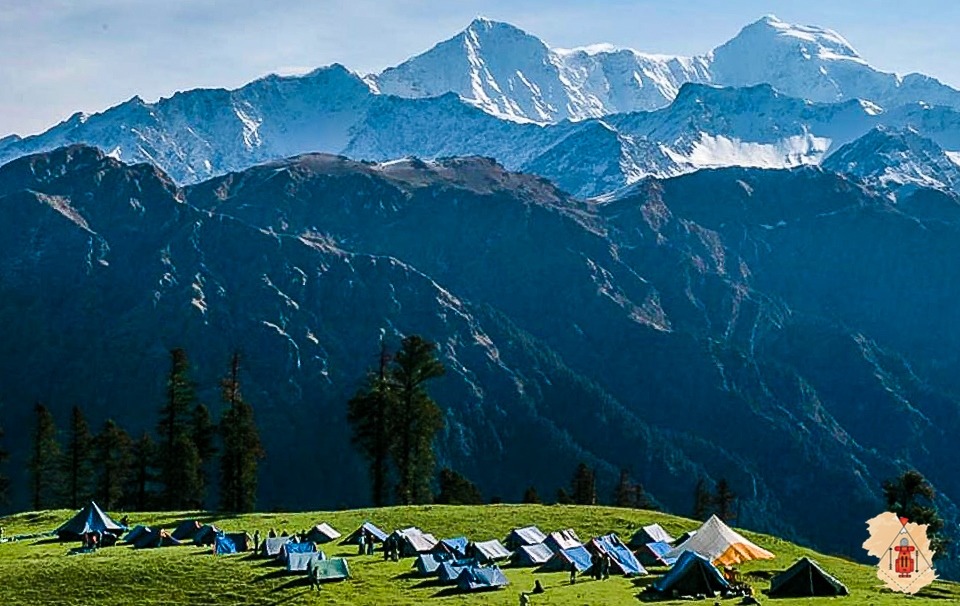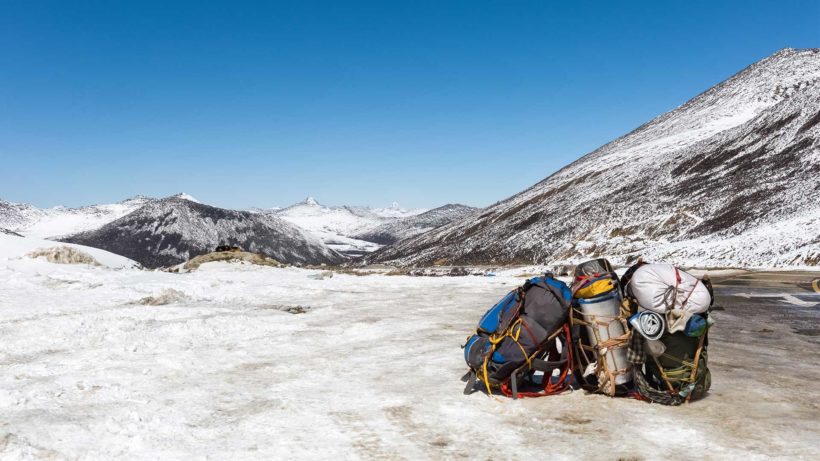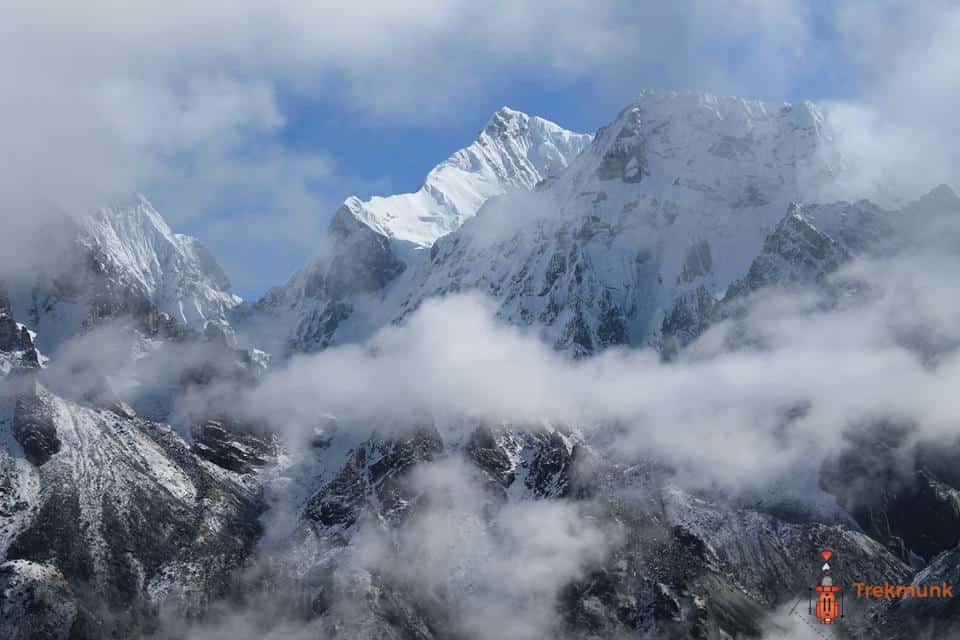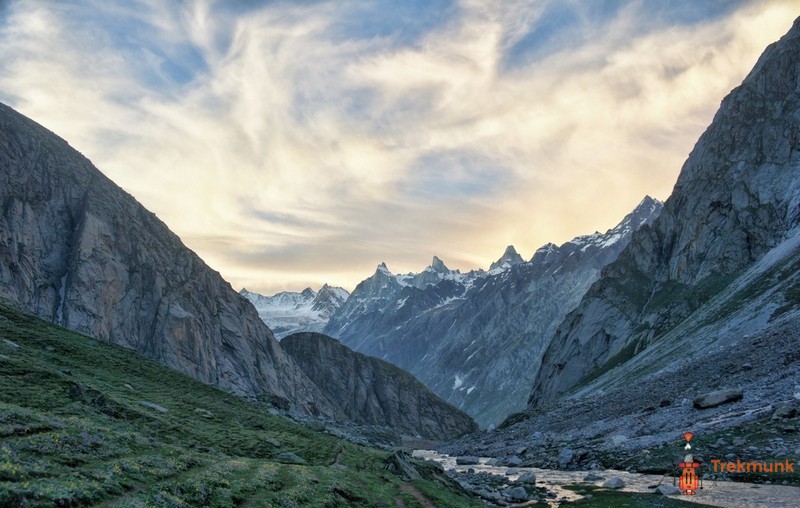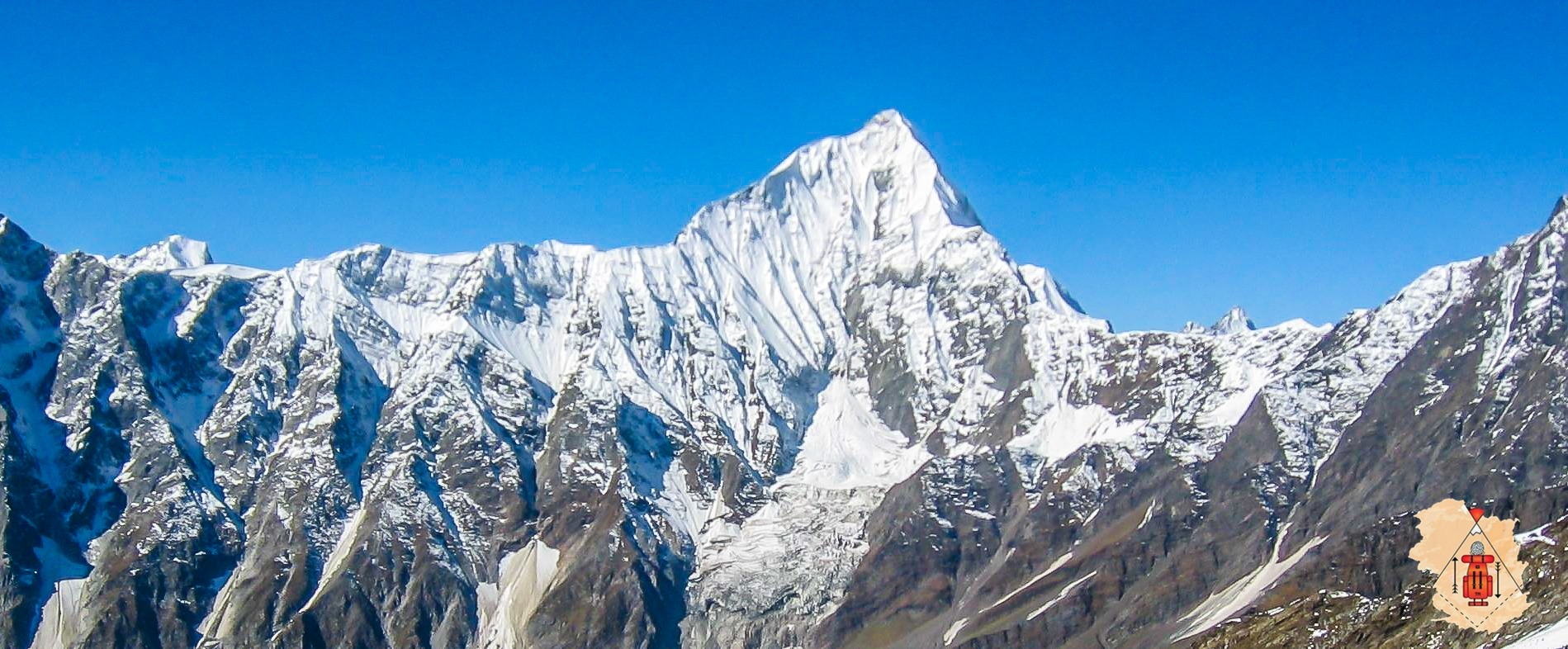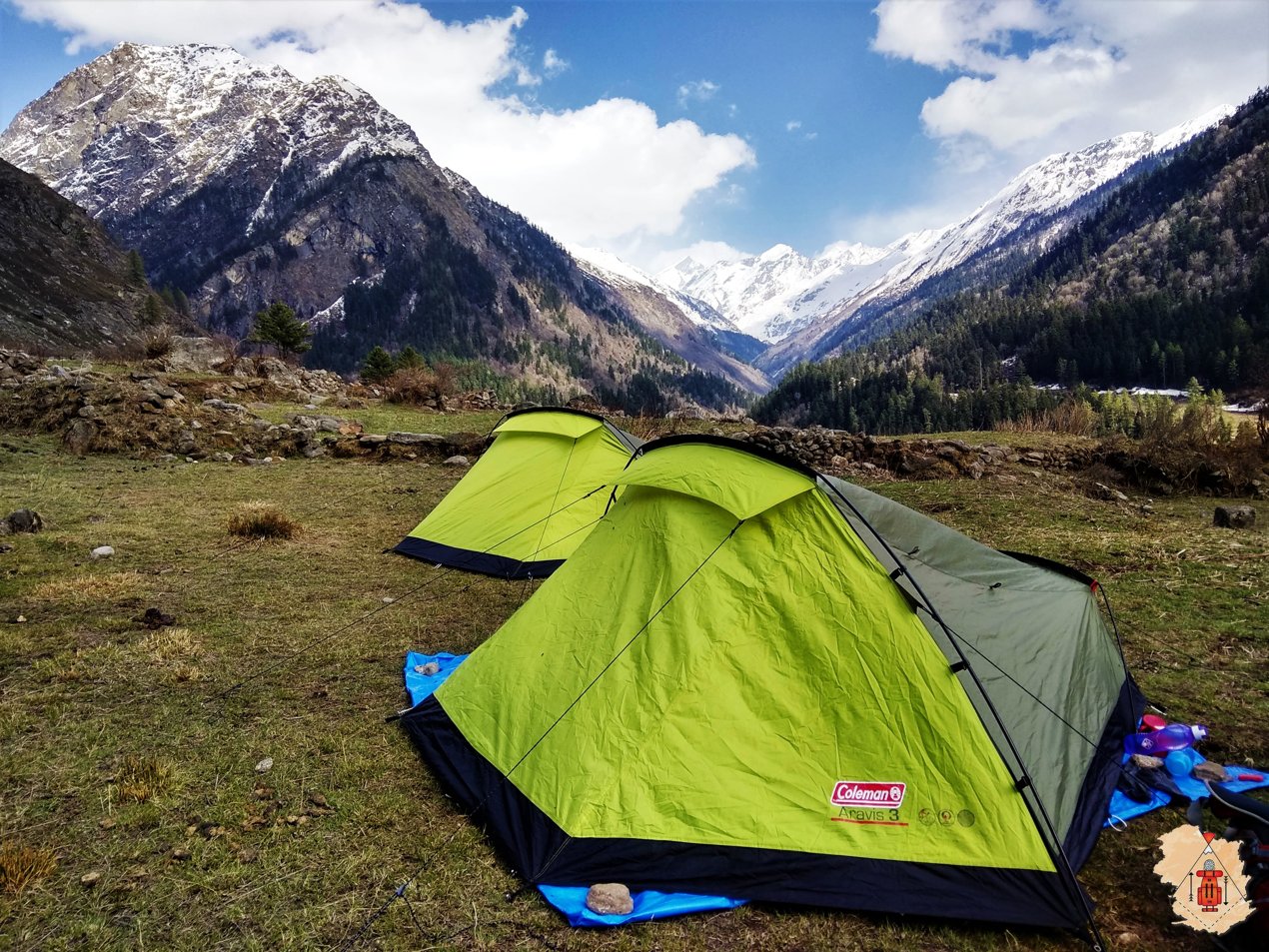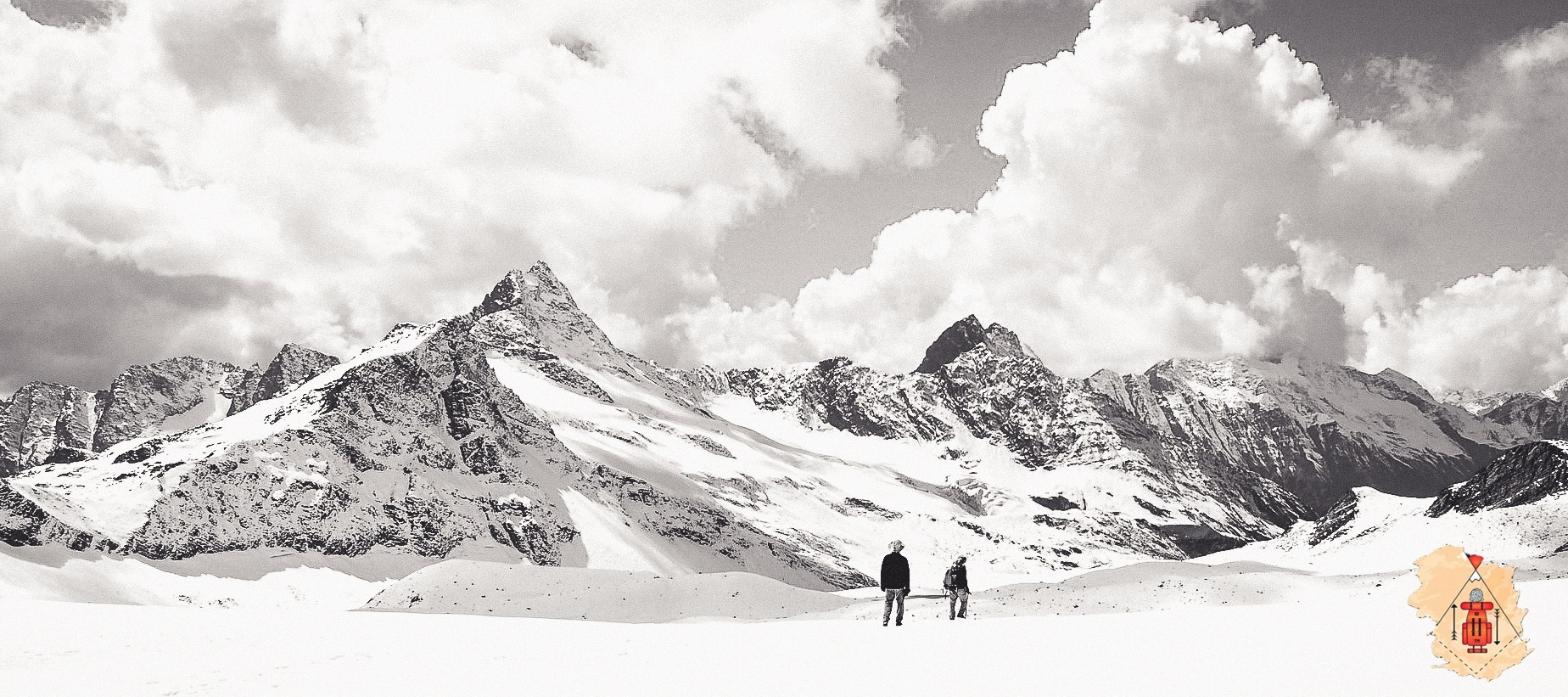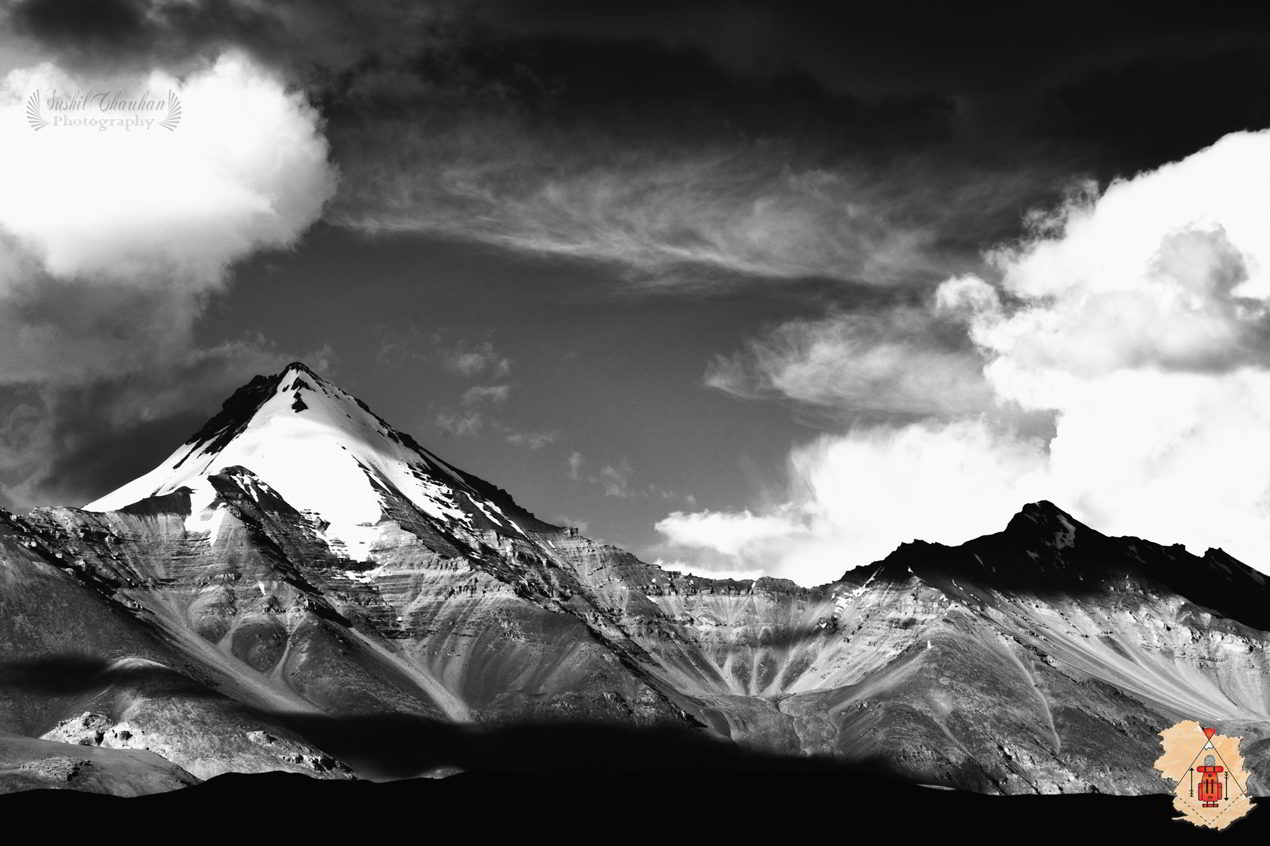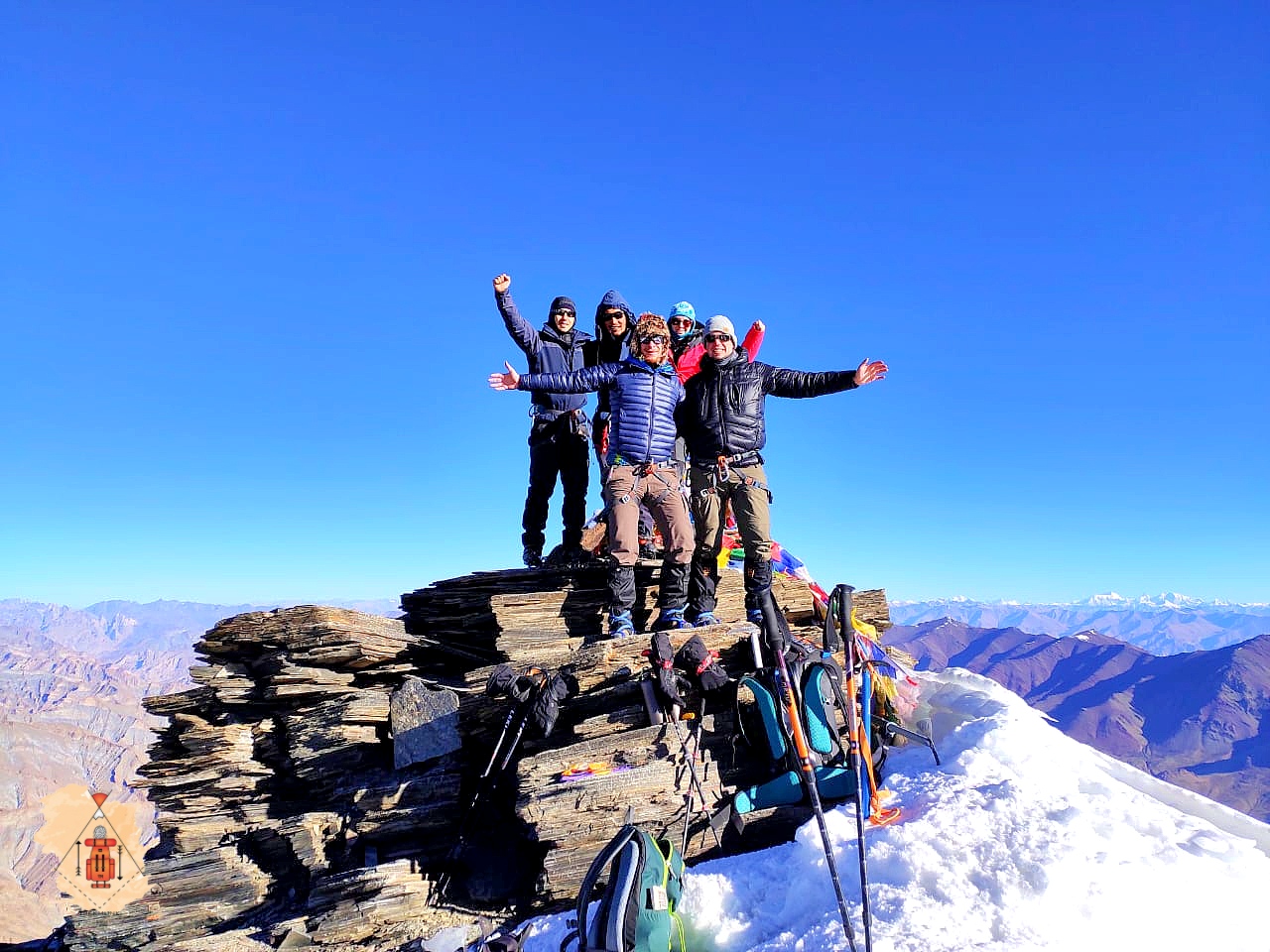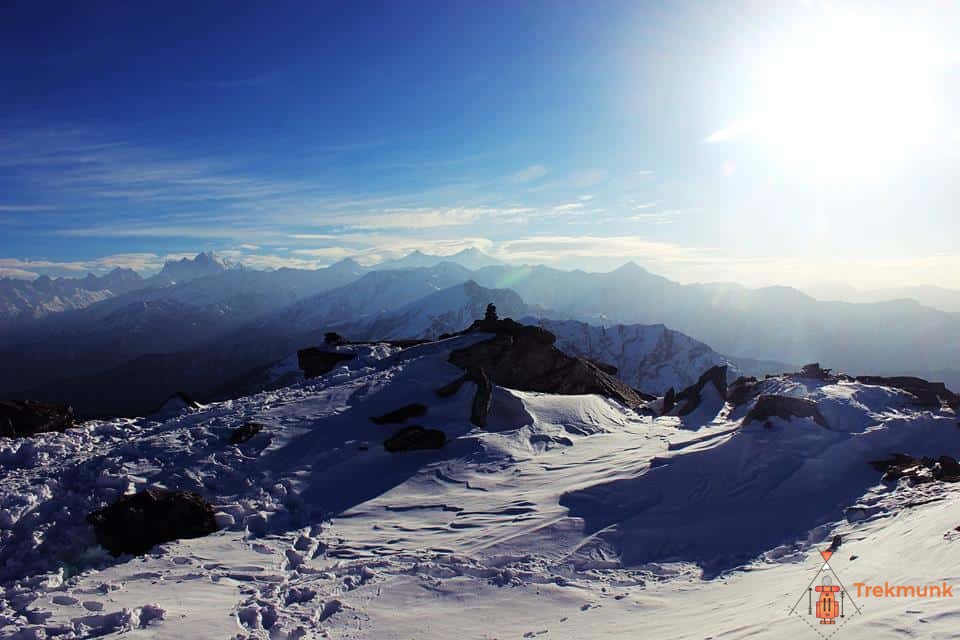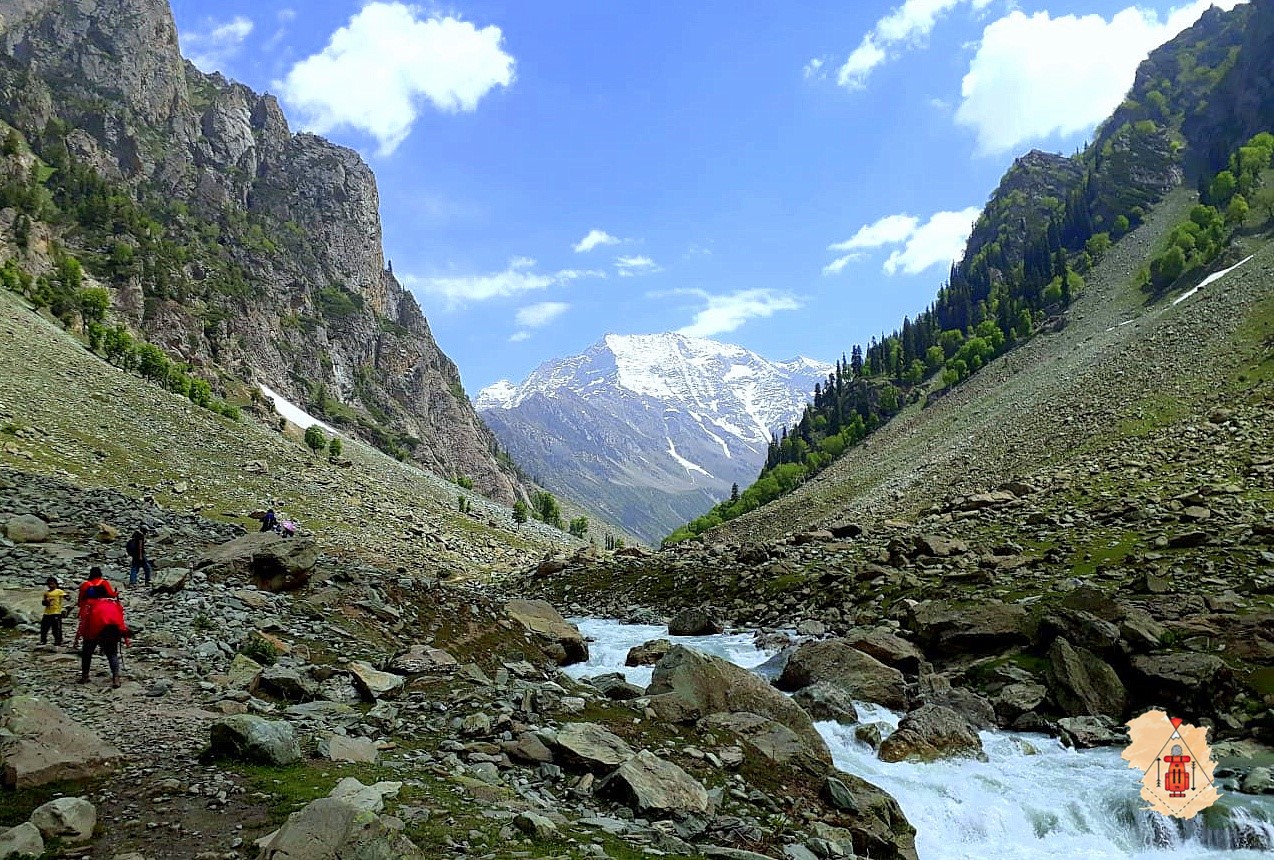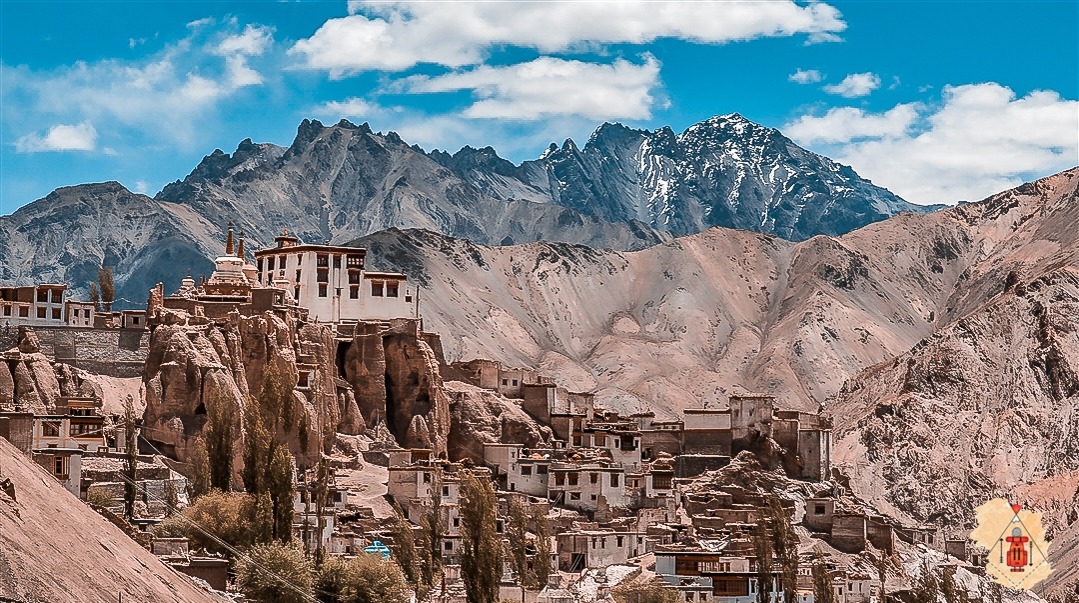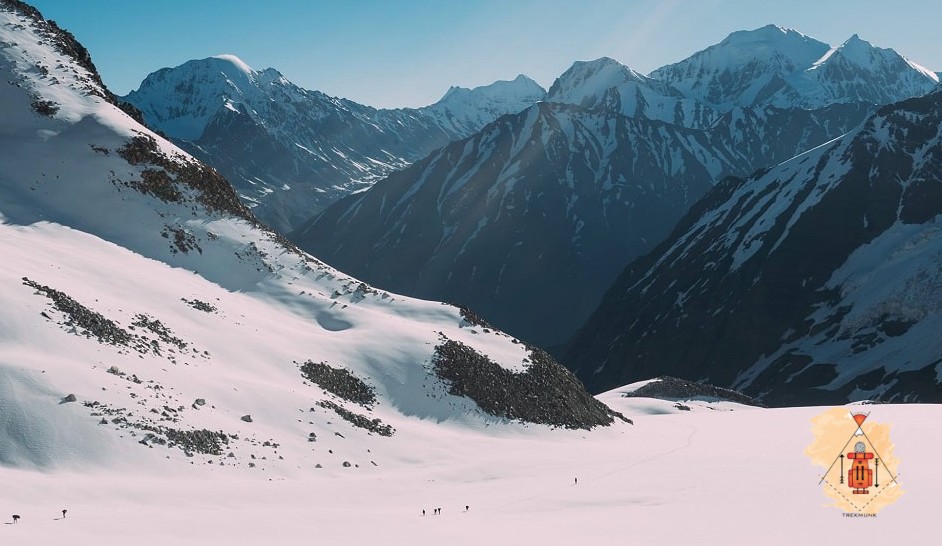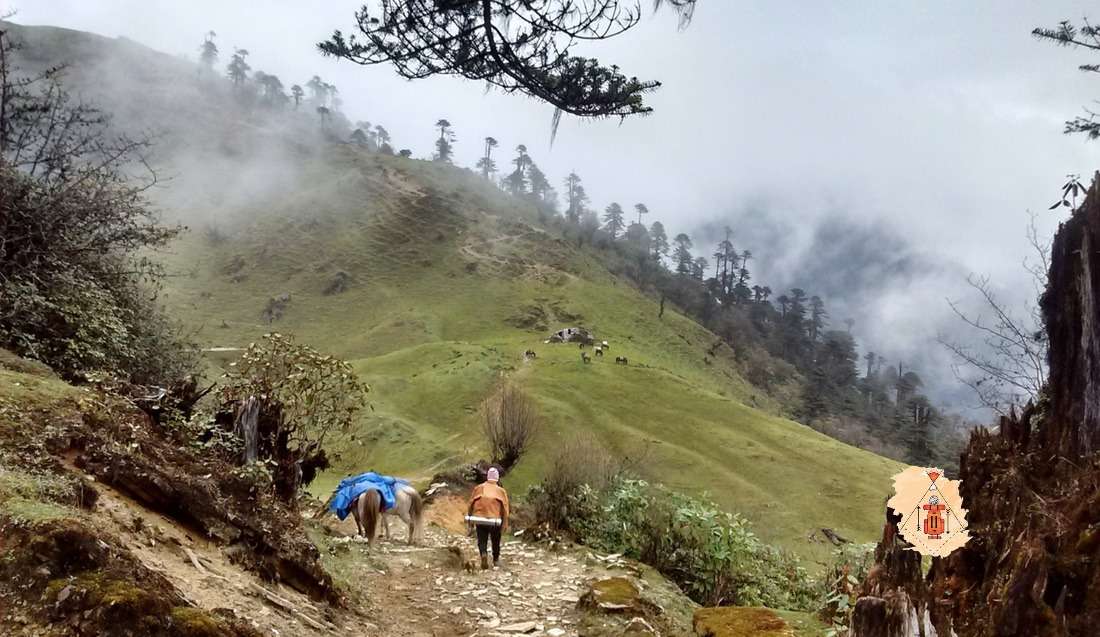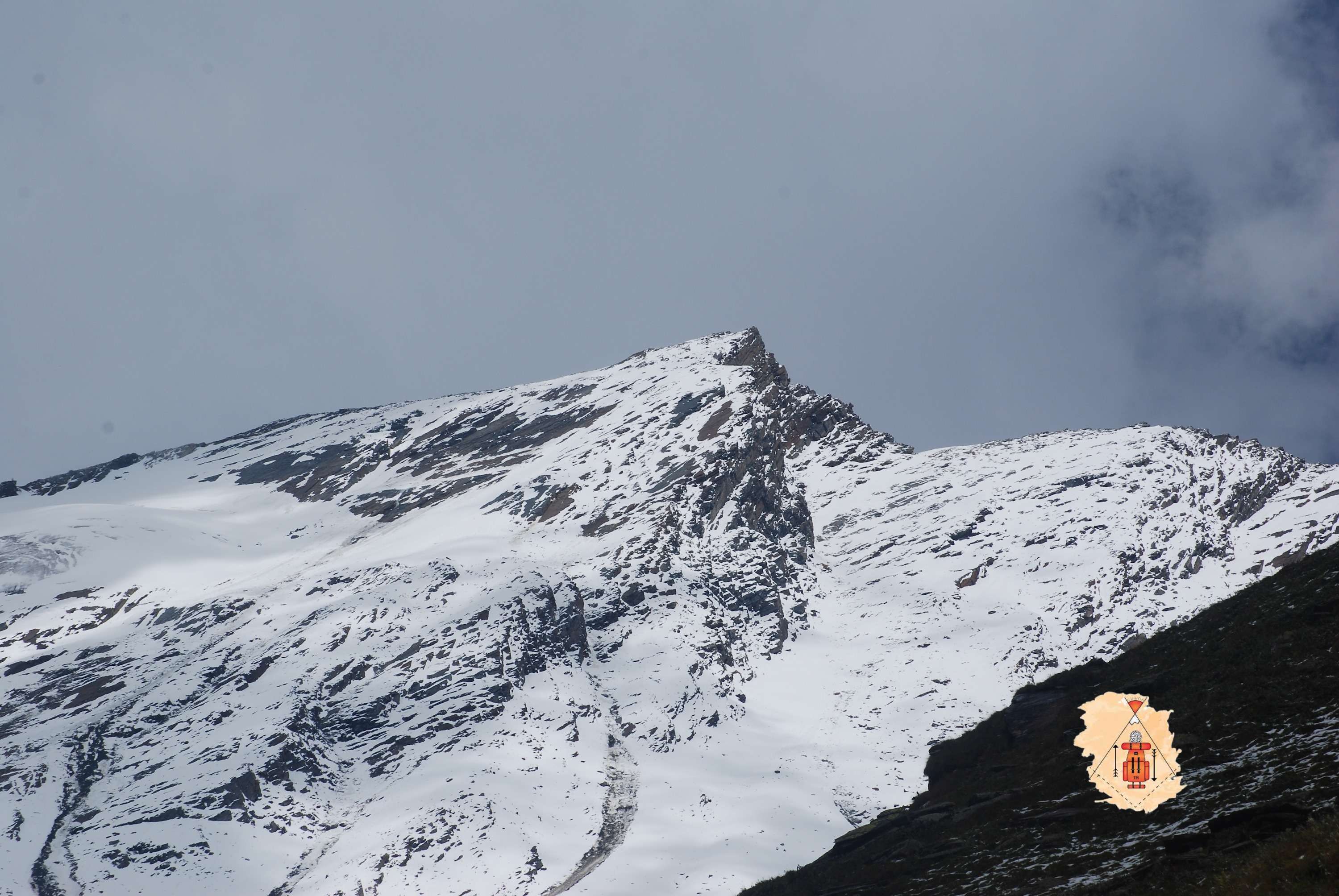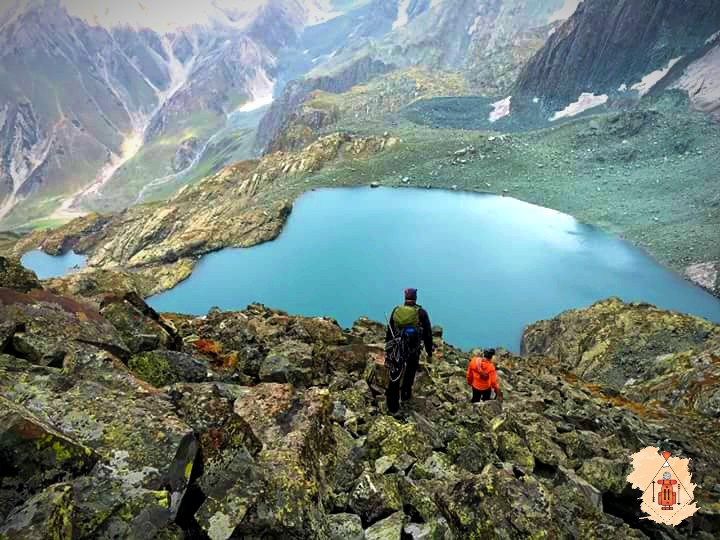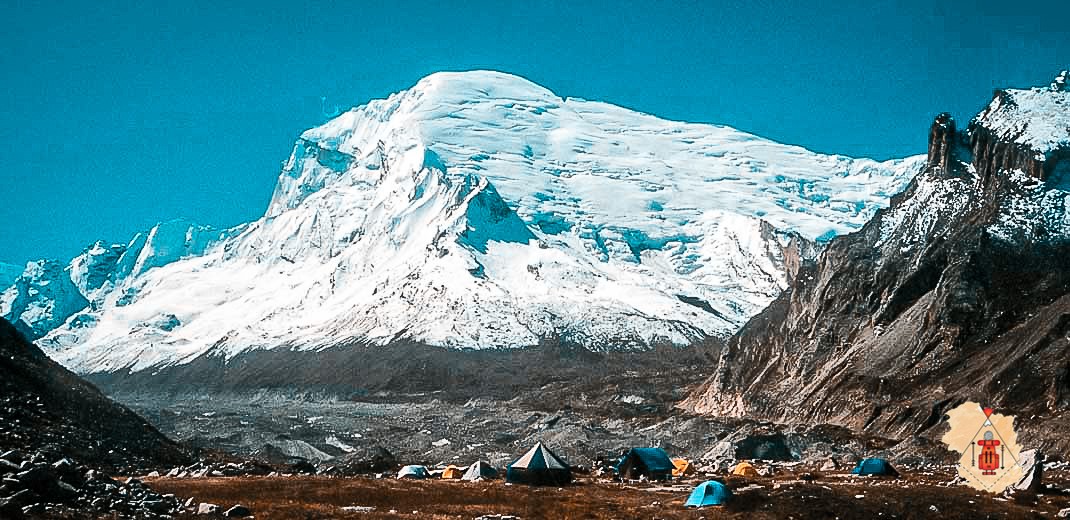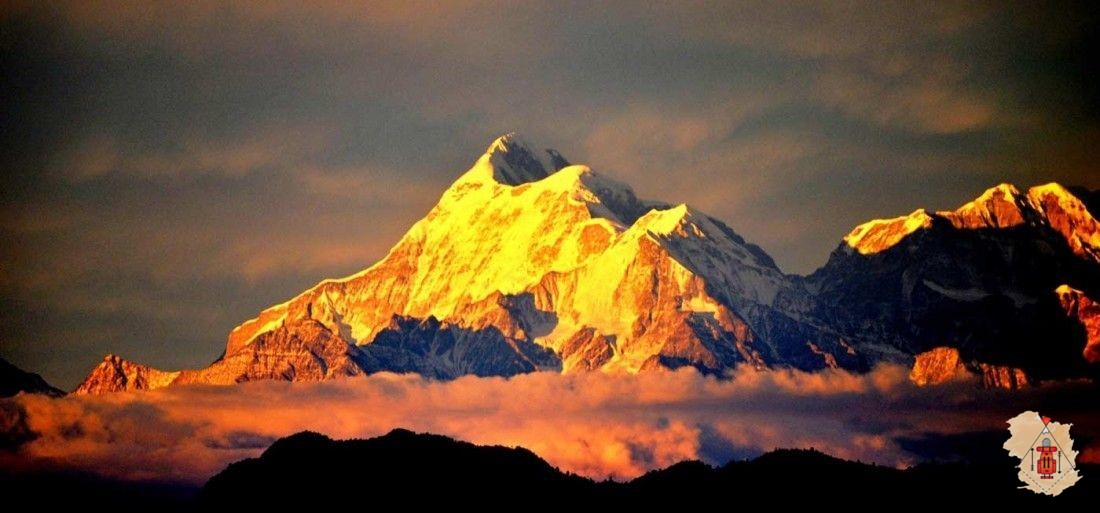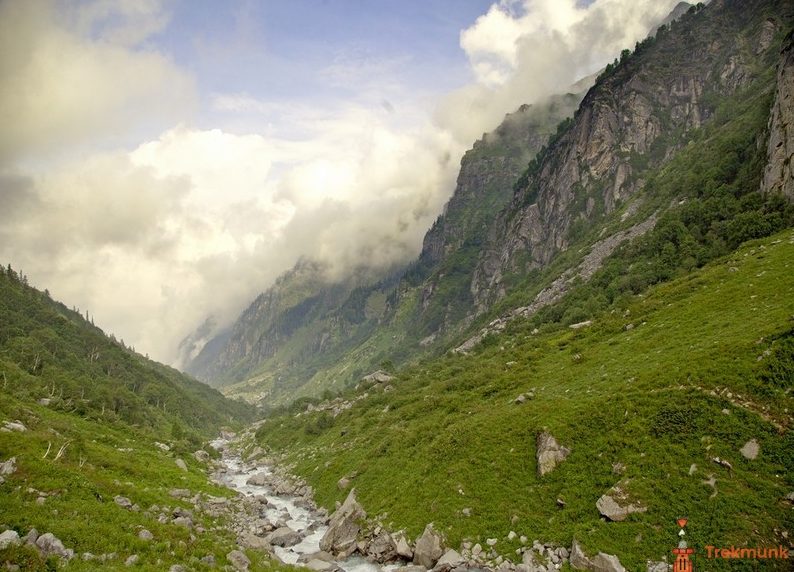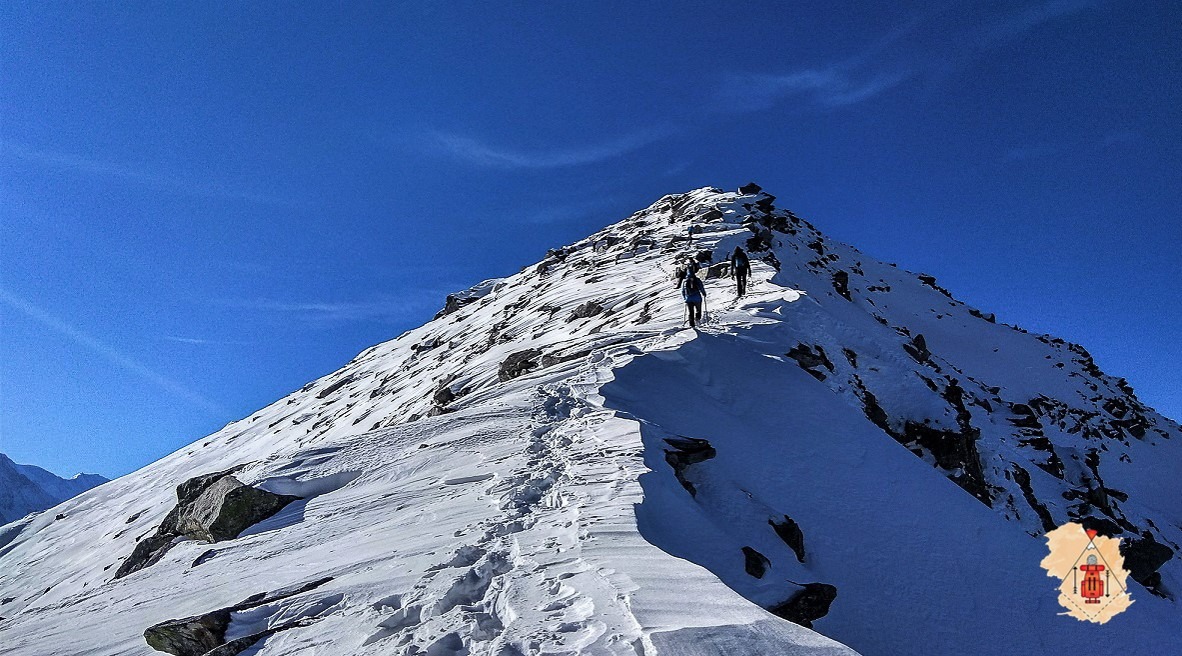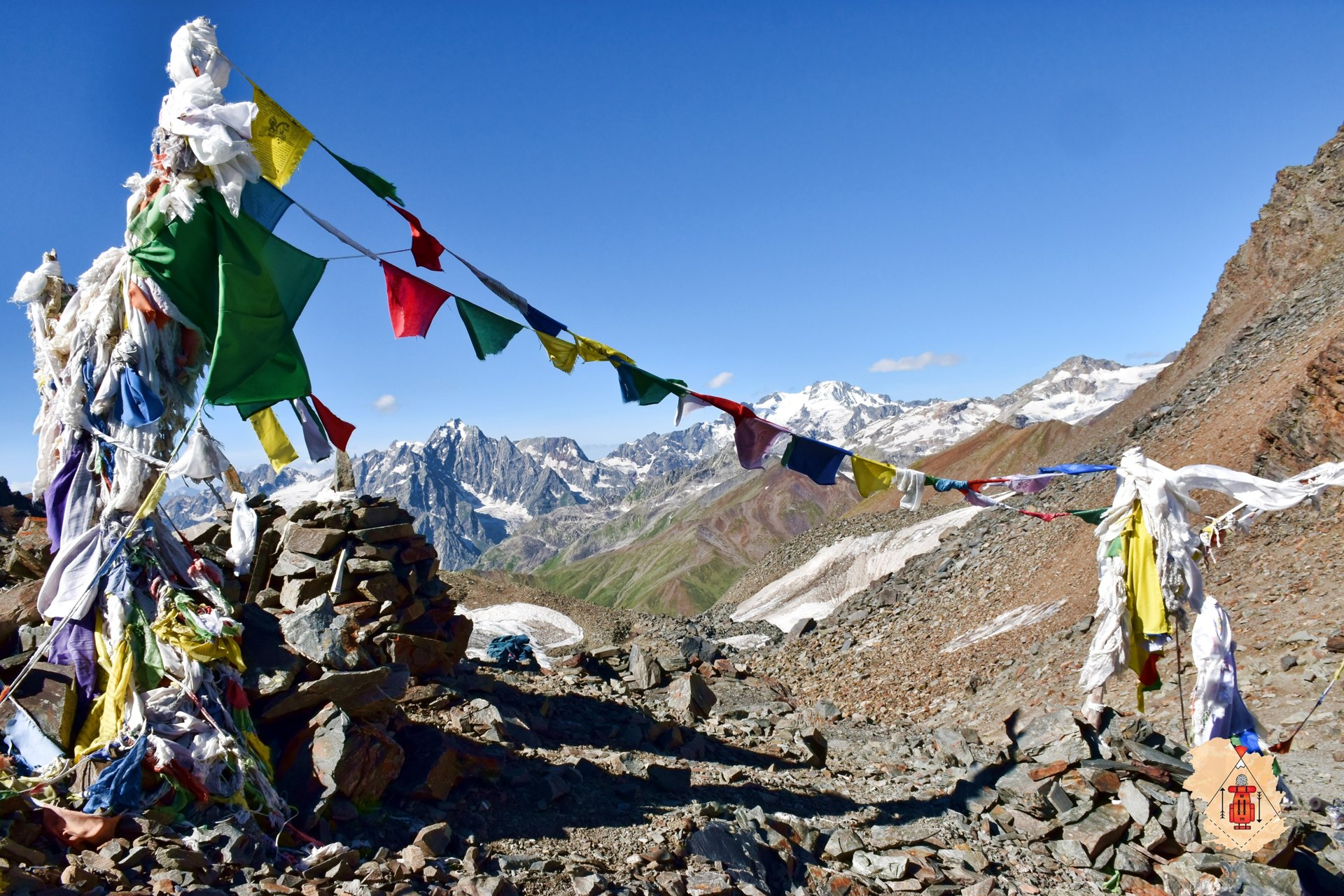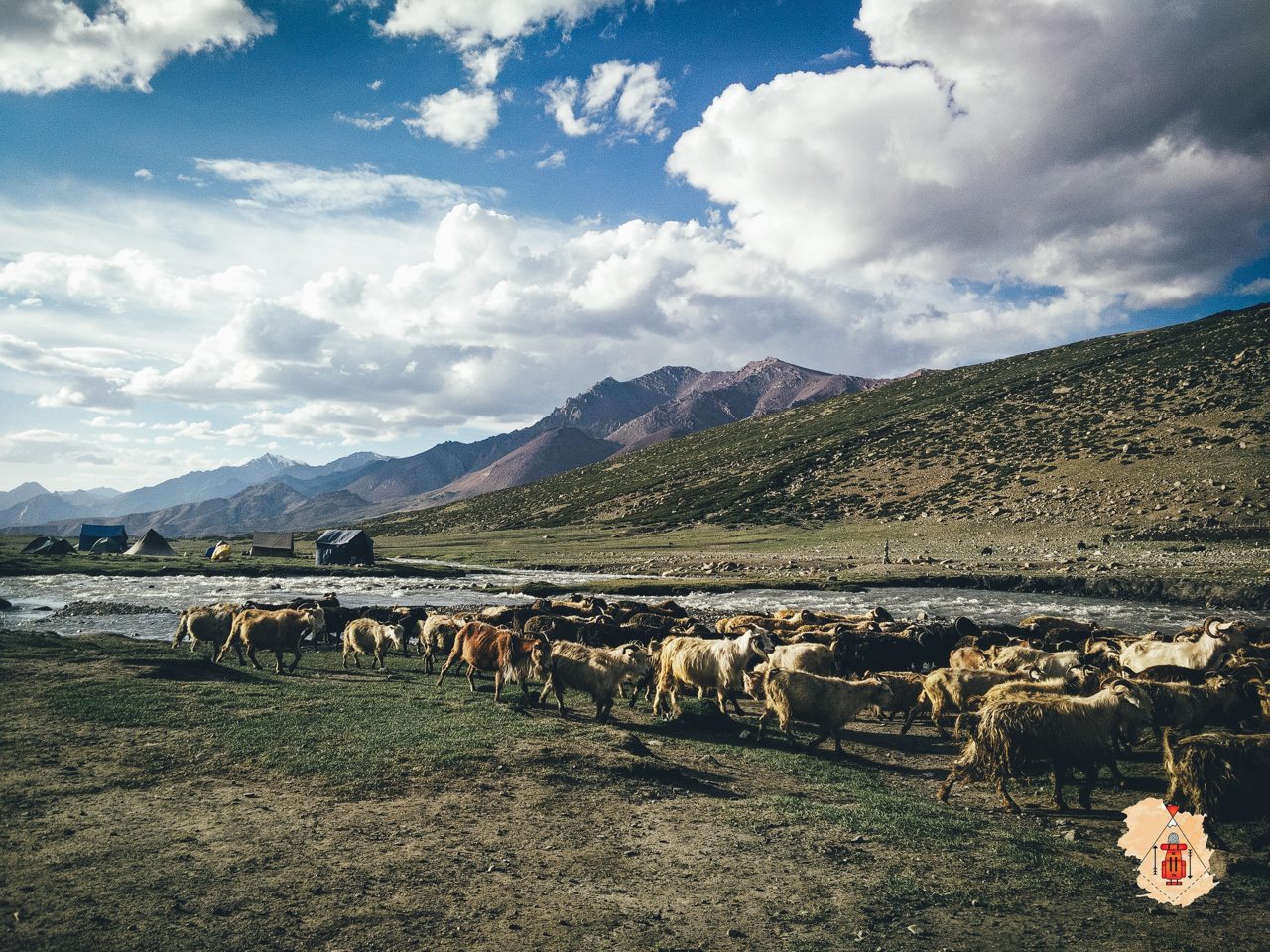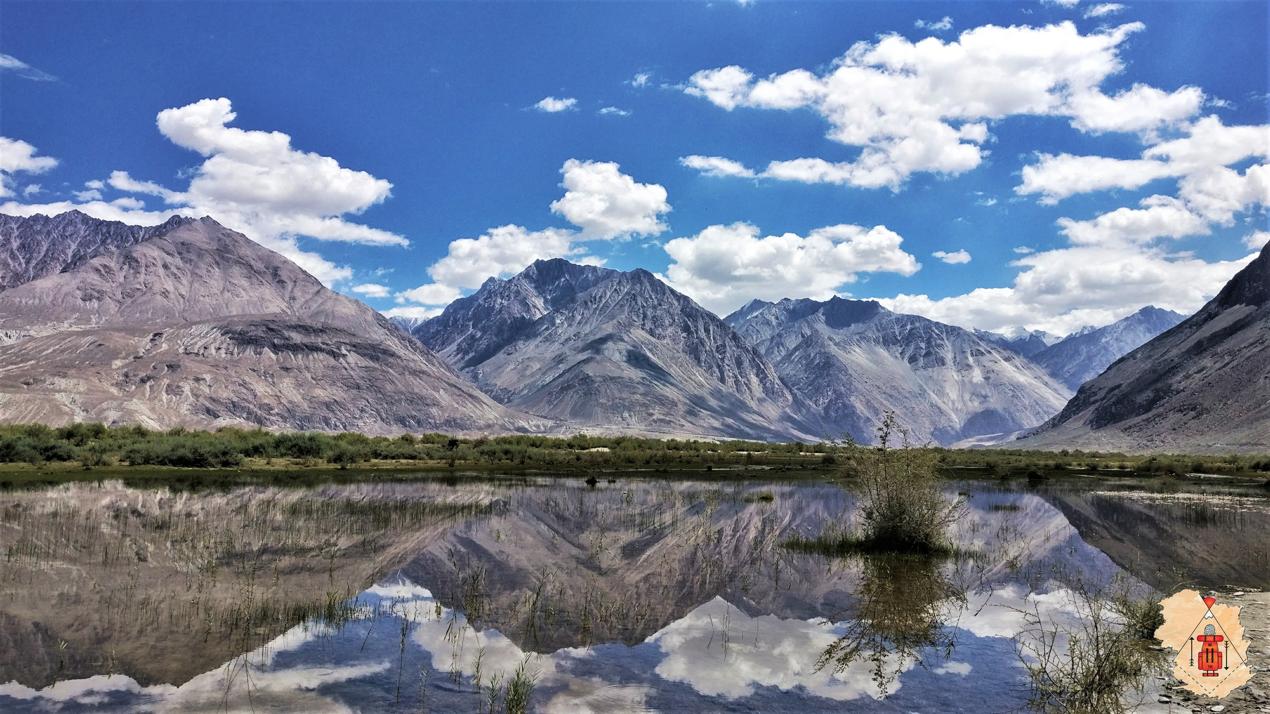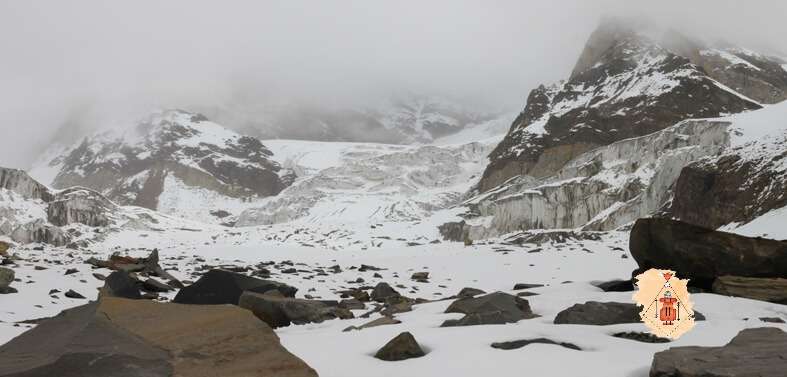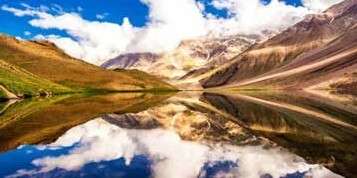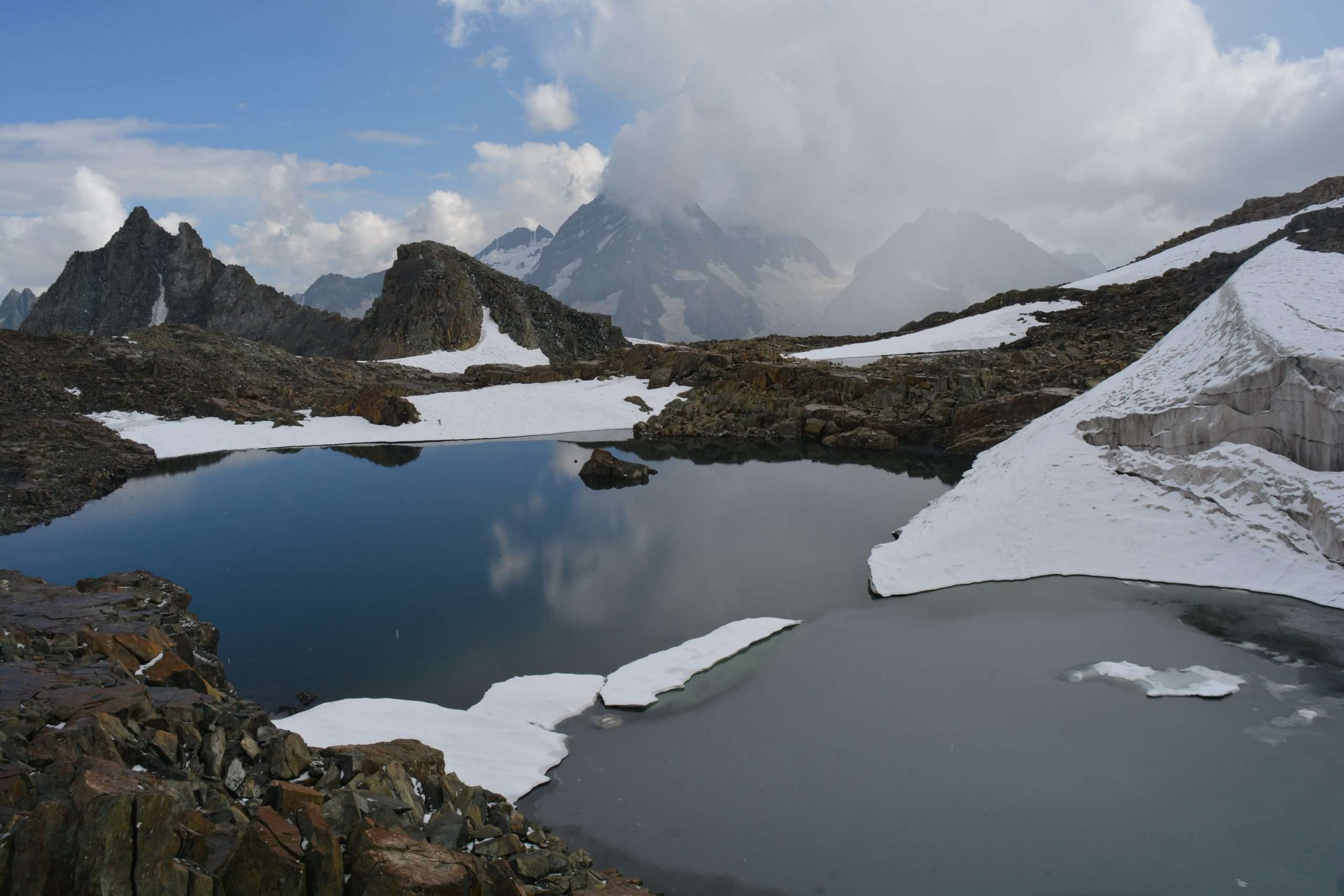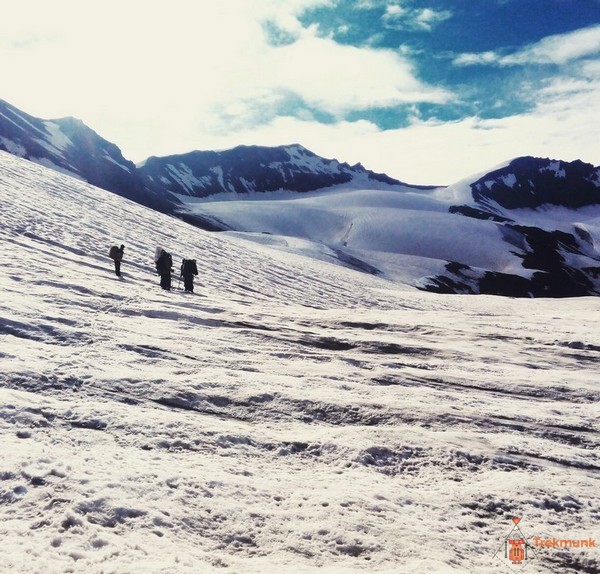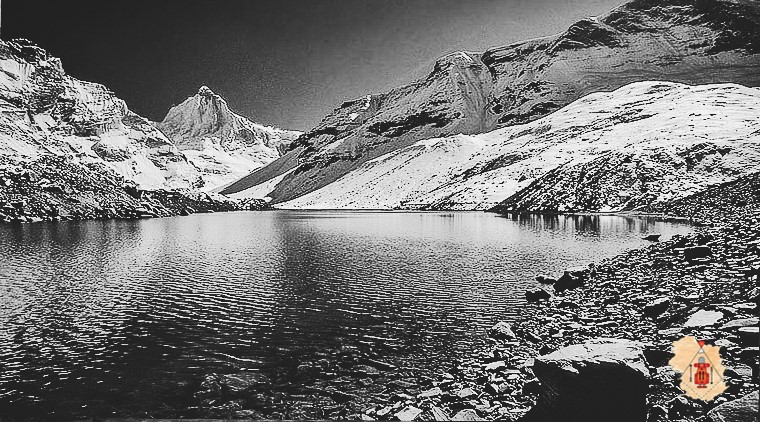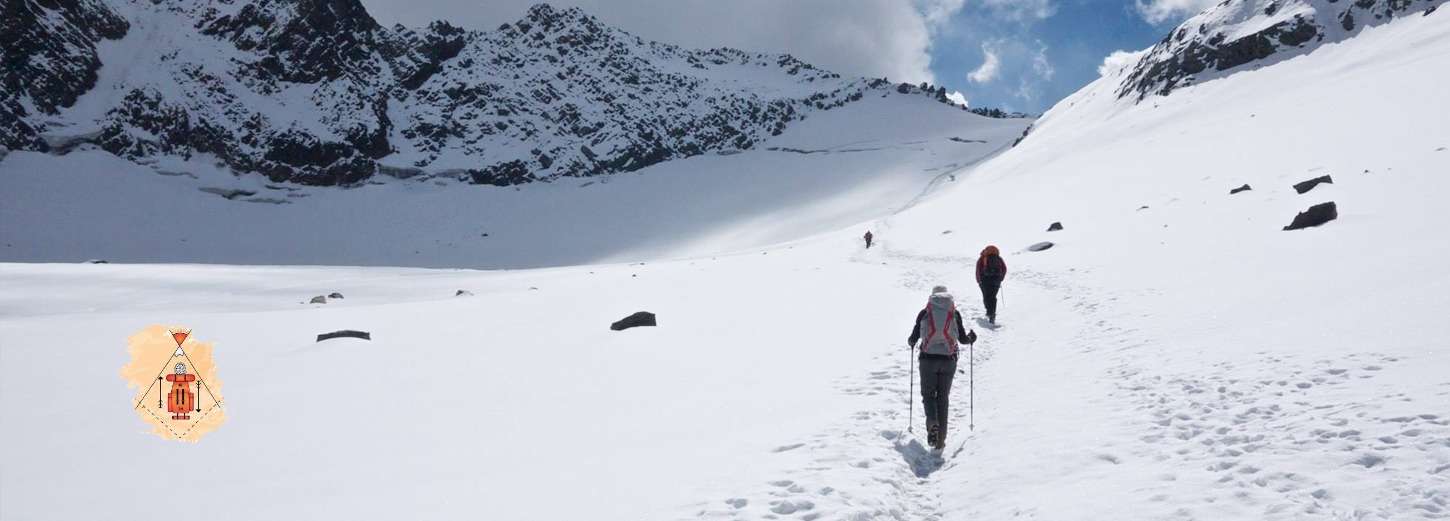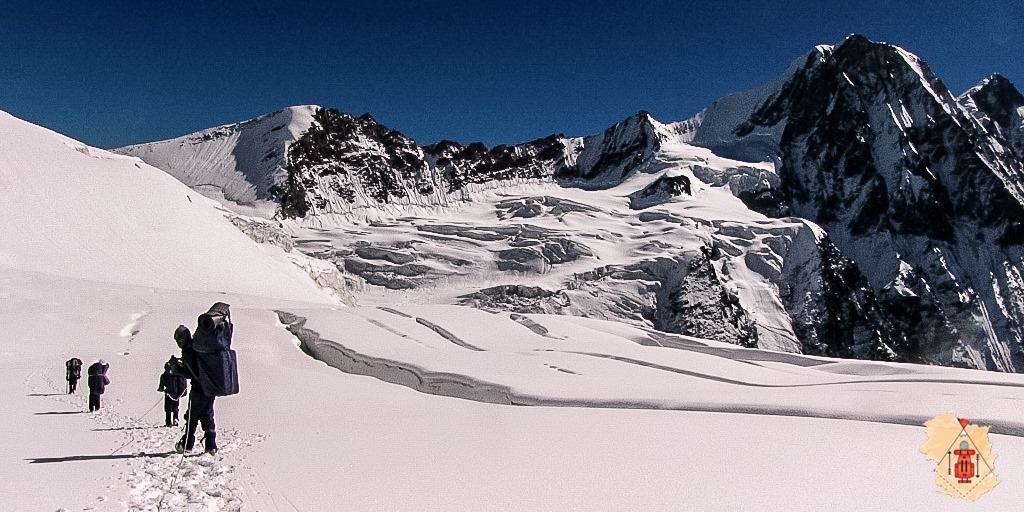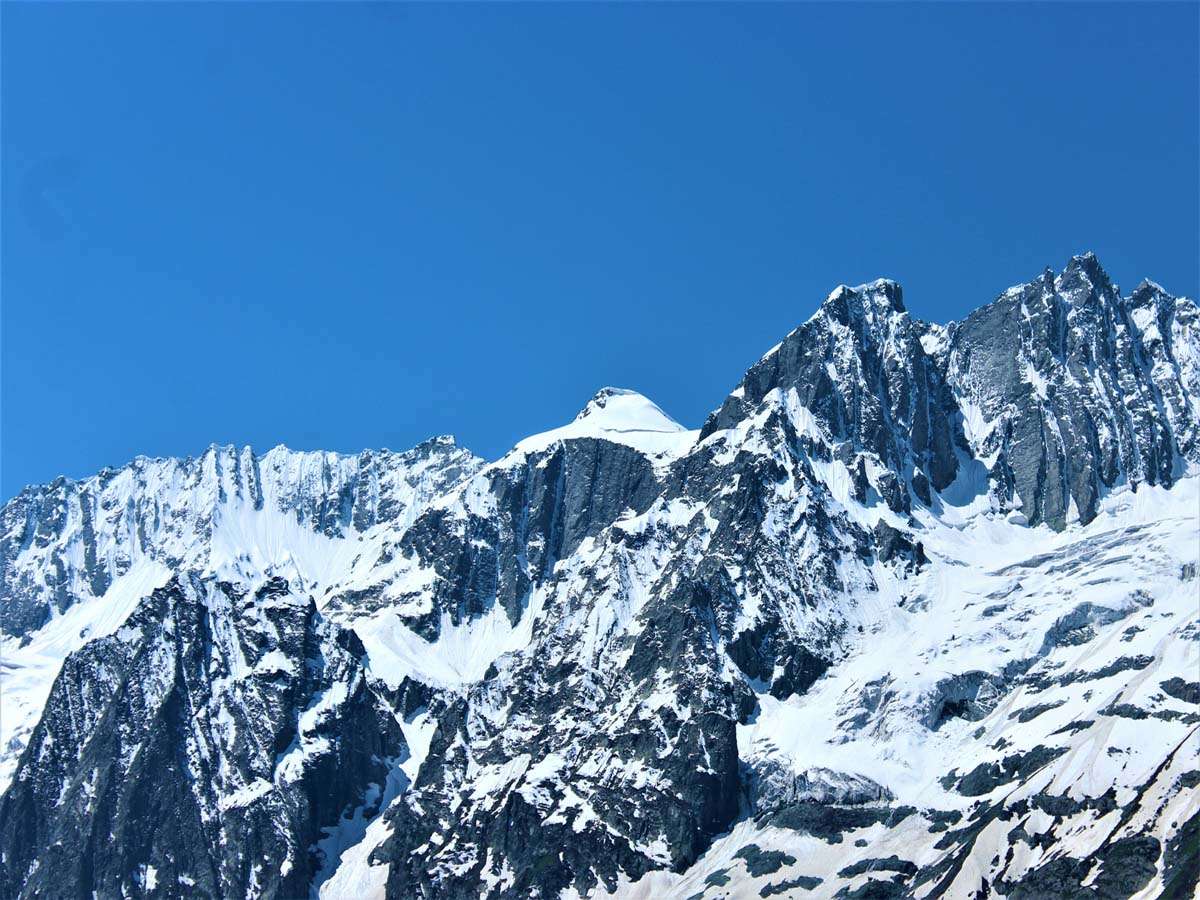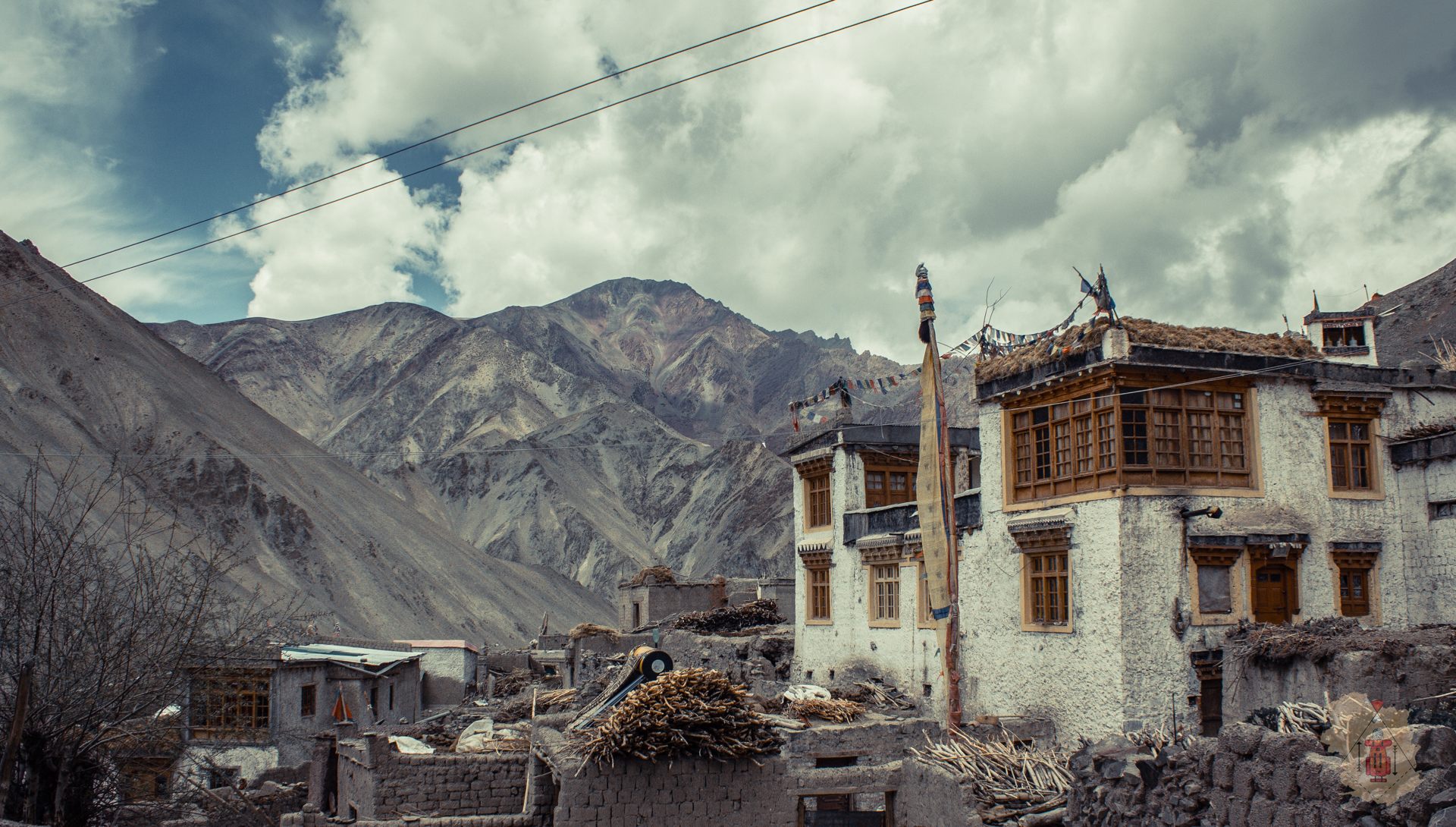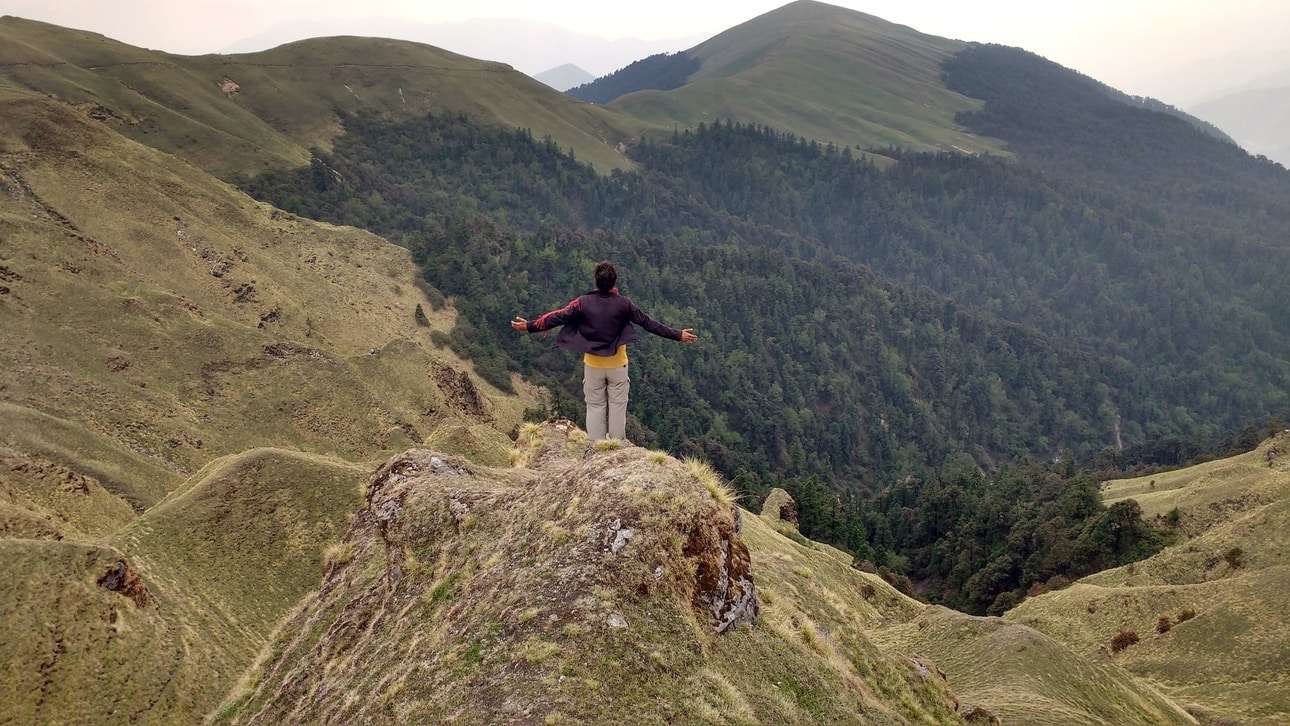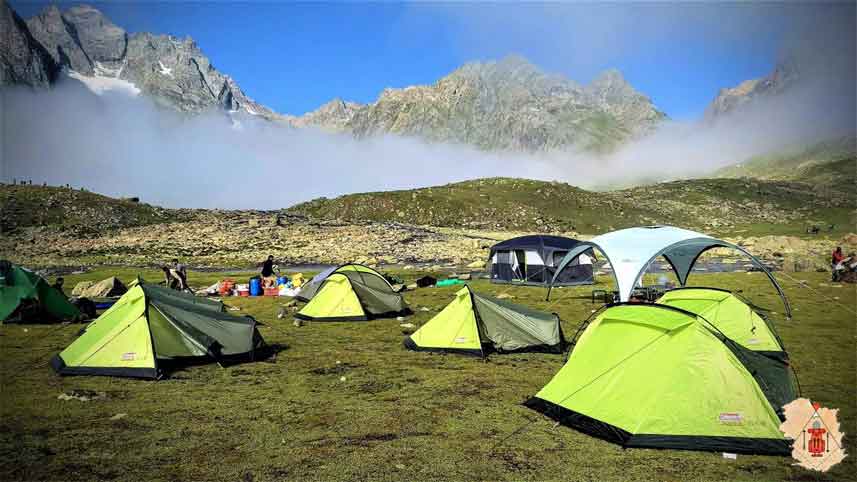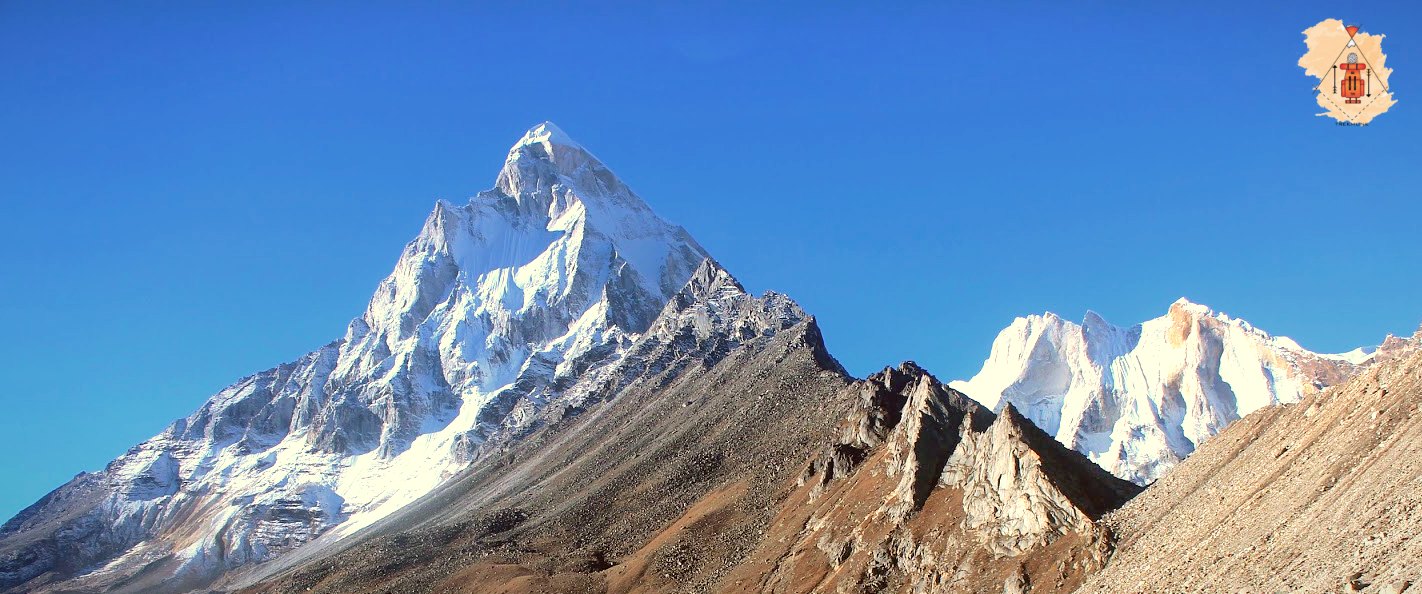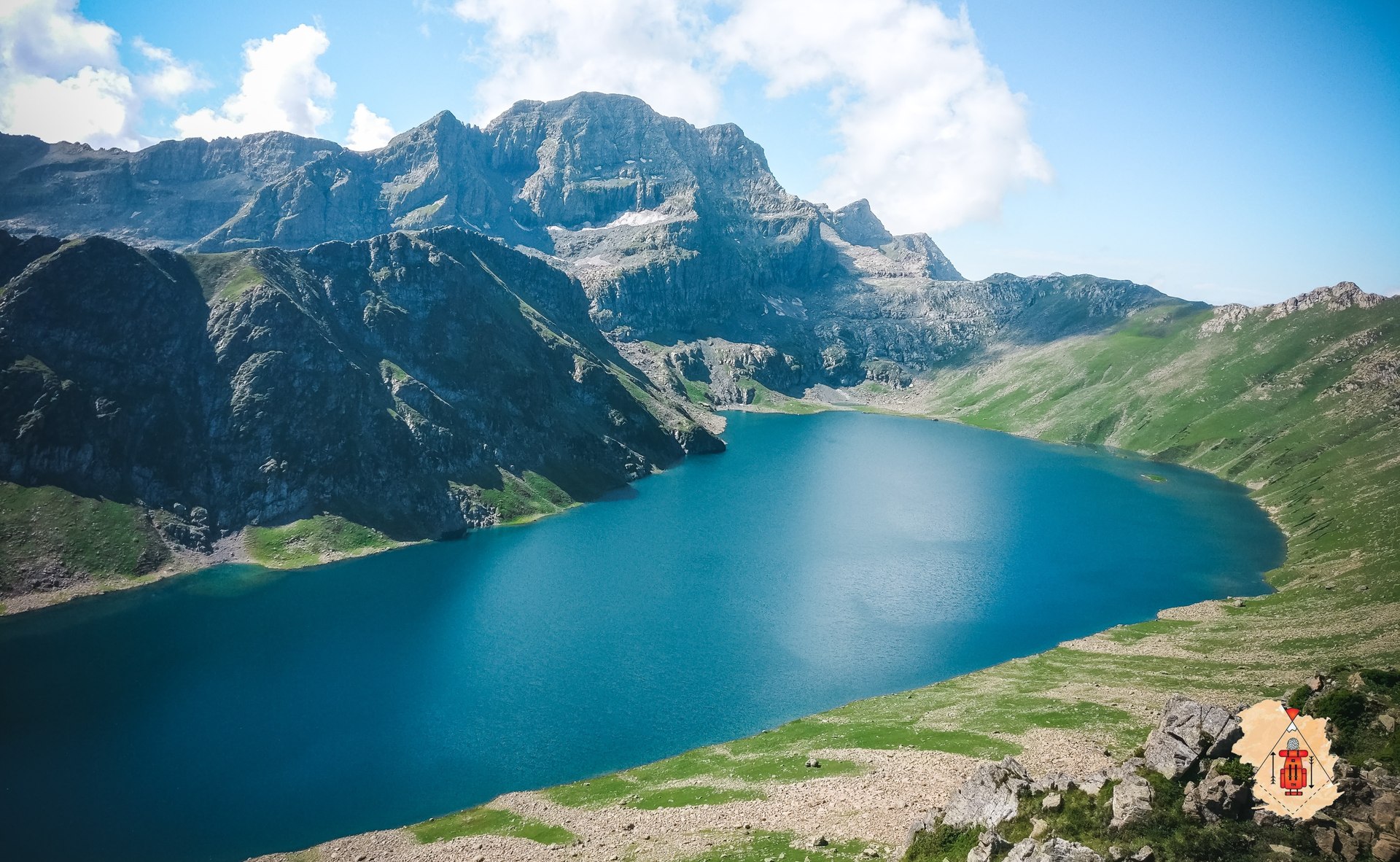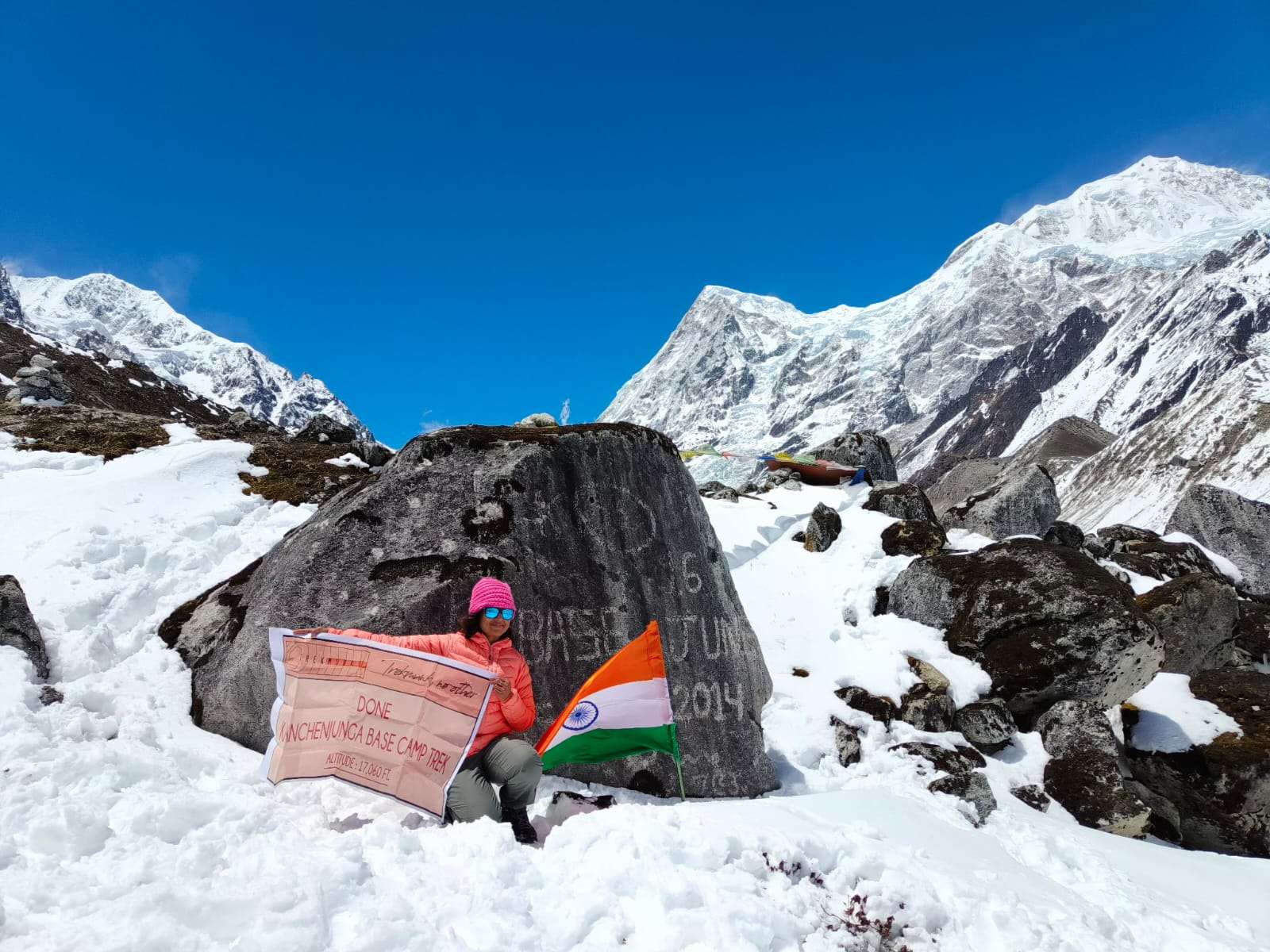Say Hello!
Sign In
The climatic conditions of India are diverse because of its geographical positioning and various topographies on the planet Earth. There is no general weather that the country can be said dominates the entire year. Like its diverse states and cultures, it also has a number of climates. It entertains six significant kinds of weather. Few regions also have microclimatic conditions. According to the standardized world methods and systems, the country usually is cold in the months of January, February and December, in March, April and May it is hot, during the span of June to September, it is rainy and the left months of October and November constitute post-monsoon period.
Most of the winter treks in the Himalayas are in the states of Himachal Pradesh and Uttrakhand. These states experience unpredictable weather conditions. There are cold, alpine and glacial mountain trails at there north and east. During October some of these ranges will be surrounded by the chilly environment during day and night time. Snowfall can be around three meters. Let's have a look at the winter treks now.
Join our fixed group departures: 2020 Departures
Top Winter Treks
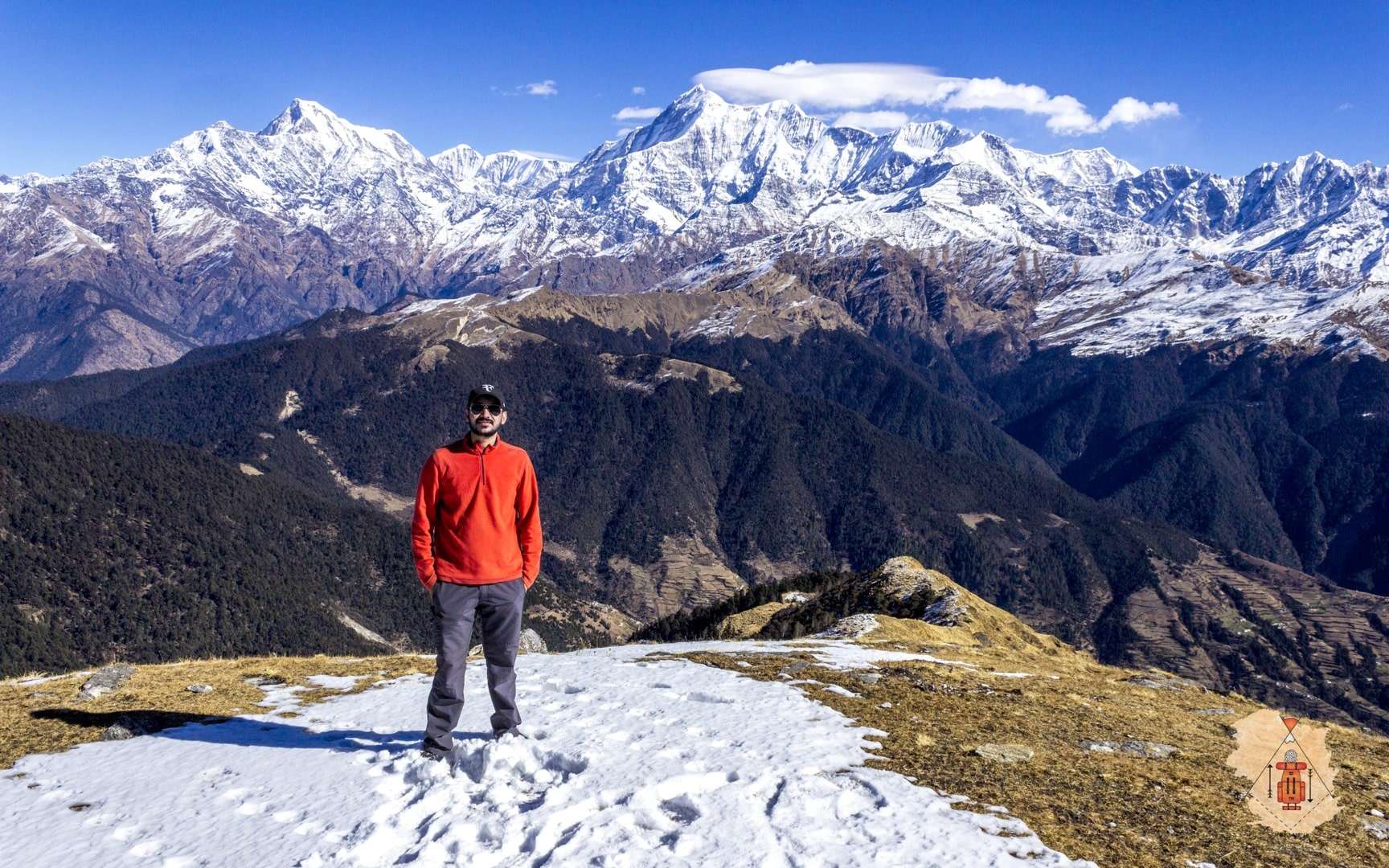
Difficulty : Easy to Moderate
Best time : Nov-April
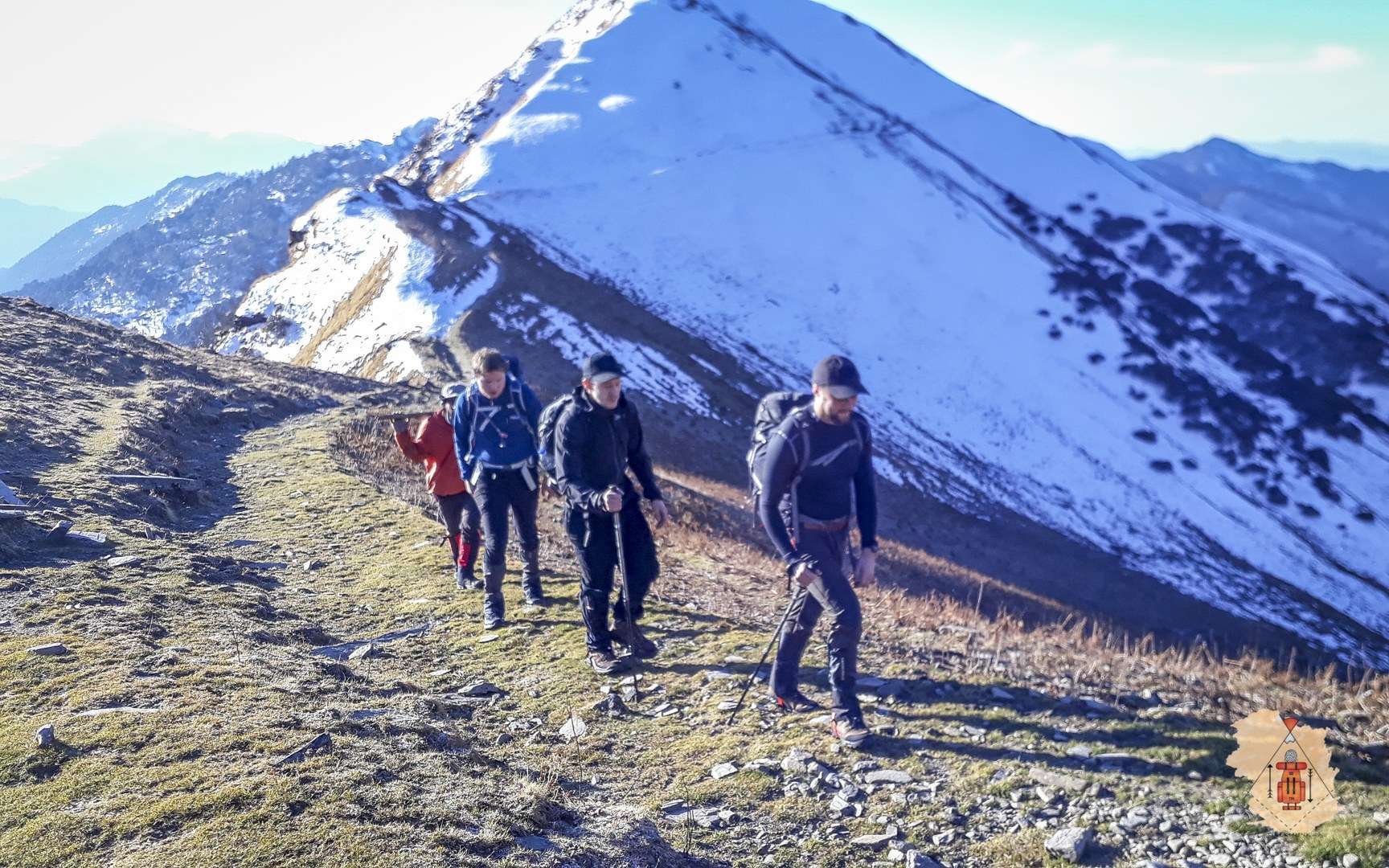
USD 125 / INR 9,750/-
Difficulty : Easy to Moderate
Best time : Nov-March

USD 180 / INR 12,450/-
Difficulty : Moderate
Best time : Oct-May
All Winter Treks
Related Blogs
Treks By Season
Winter Treks in India
The Himalayan Ranges are a major part of treks in India. They are the central focus of passionate mountaineers or mountain lovers, and also serve as the natural defense wall for India. It is also the Earth's most massive and highest ranges. The Himalayan Belts are icy in Tibetian Plateaus and north of Central Asia. They have gusty winds, which makes climbing on these high altitudes extremely challenging. Because of this, North India usually remains occupied in hot summers. This is the reason why most of the citizens from Northern plains of the subcontinent, seem to love going to mountains during a period of vacation. Therefore, before landing on the discussion about some of the best winter treks in India that we provide, let's widen up our vision about the winters in India and particularly in its Northern states of the subcontinent, as it is our major focus, being the trekkers of the great Himalayas.
The five Himalayan states of Arunachal Pradesh, Uttrakhand, Sikkim, Himachal Pradesh, Jammu and Kashmir at northern states and also West Bengal at its north, all laden with beautiful snow. Thunderstorms, Rainfalls, along with colder atmosphere are all parts of these and other regions. The Himalayas are a significant contributor to the formation of Taklamakan and Gobi deserts of Central Asia. The ranges also prevent winter disturbances of the west, making the Kashmir cover with snow and Punjab experiencing rainfall. They are the barrier of winter's gusty winds and so makes Northeast India and Bangladesh's temperature drop. The Himalayas are thus said to be as the "The Roof of the World", which is also adorned with the glaciers covering the greatest area and permafrost at the poles outwards. Asia's ten largest brooks flow from The Great Himalayas. In East, the two Himalayan states of Arunachal Pradesh and Sikkim undergo abundant snowfall, along with rare snowfall happening in the extreme northern states of West Bengal which is concentrated on Darjeeling.
Winters are the best time for some who are with comforts of the world, whereas for the "few" (which are actually the "several" in India) who are marginalized and people below the poverty line. For them, it can be a situation of life and death. This is apparent for those who are especially in the Northern states of the subcontinent; the states that are covered with mountains or are around such regions. The temperature drops severely, affecting the complete lifestyle of both the luxuriant ones and also for the one with no time for thinking about their lifestyle at all. The regions like Ladakh and Kashmir, which undergoes a heavy snow-fall, have to deal with frozen water, road blockage, flight, and train delays, etc. Nevertheless, winter for most of the commoners, in India, is a time to cuddle deep inside one's blanket and watch one's favorite movies along with hot beverages and a diverse range of paranthas and pakodas. It is a time to have frozen ice-cream with the loved-ones for some. For some, it is the best time to challenge oneself every day and exert themselves more into physical activities and other sports.
With this, coming back to the trekking and hiking; climbing on the snow-decorated mountain ranges of the Himalayan Belt, has been more often than not a dream for almost all the world's most passionate, professional, enthusiastic mountaineers. At such times, the Himalayan peaks not only become highly adventurous but also, extremely eye-pleasing and beautiful. The magnificent Himalayas give the trekkers a handful of opportunities to hike, ascend and descend through the narrow, sloppy and slanting altitudes, through the ridges, edges, and narrow passes. All the expeditions during the winter months, at all the major Himalayan states of the nation, are between the easy winter treks in India to the difficult winter treks in India. They are for everyone and are equally thrilling and majestic.
Three of the most famous winter treks are highlighted below, from our winter trek list:1. Kedarkantha Winter Trek, Uttrakhand
The pathways filled at both sides with gorgeous rhododendrons, fringed pine trees, vast lush green meadows, myriad butterflies and snow-laden peaks and Himalayan mountain ranges, the Kedarnath trek is one of the most charming treks if you are planning for a winter expedition. This cold and chilly winter trek starts from the small remote village of Sankri which is also a kind of isolated one as it is deep within the Garhwal ranges. It is also one of the best trekking trails for first-time trekkers. You'll be spending the night at campsites which will be near the frozen ponds, beautiful meadows, and beautiful landscapes. This trek is best experienced between the months of October to April and is a 4-day long journey.
2. Brahmatal Trek
Called so due to the Brahmatal lake that is hidden amidst the ridges, and also because it is believed to have been the very peak where God Brahma meditated according to the Hindu Indian Mythology, one of the oldest treks on the Himalayas is Brahmatal Trek. The trek is enchanting as it is filled with the exquisite white snow throughout, the terrains are rugged, and the tough ridges makes it overall difficult. You'll be accompanied by the landscapes packed with sprawling trees, shades of the seemingly infinite sky above the ranges of the Garhwal and the widely spread snowfields. After you'll cover the path through the shadows of the tall trees, you'll get a sight and comprehensive view of the remote Himalayas. It's one of the most cherished winter treks too due to its excellent path, which is filled with snowfall, the spread of Bugiyals on the path, astonishing landscapes, and overall pleasant composition.
3. Annapurna Base Camp Trek, Nepal
One of the famous but less opted treks of Nepal is an easy and moderate altitude trek of Annapurna Base Camp. The rich culture, sloppy terrains, moderate climate, add to the beauty and thrill of this trail. The best time to go for this less than intermediate route is between February to May and September to December. During the February and March months, the high passes, through which one climbs, fills up with the aroma of full-bloomed orchids, rhododendrons, and various other flowers. You'll get a clear glimpse of Annapurna Range, Dhaulagiri, Machhapuchhre, and Hiunchuli, which are other minor yet loved ranges of the area. The waterfalls and hot springs just make the whole excursion worth it.
4. Kuari Pass Winter Trek, Uttrakhand
A very divergent kind of trek, the Kauri Pass Trek is a winter trek which is starts at the south of the Tibetan Border, that is, from the Chamoli district of the Grand Himalayas. This district is a beautiful place called, Joshimath and is a hub of pilgrims and adventure-trek-lover. The word Kauri is associated with the "doorway", that is, the doorway to one's inner self. Too many enthusiastic climbers, the trail is a pilgrim of discovering one's inner-self. The mountain is a revered one and thus the feeling of a kind, soothing spirituality tends to be developed as one reaches closer to the peak and nature. One connects to not only themself but the environment around him. You'll walk from the depths of oak and deodar jungles and will be able to get a very close view of the Nanda Devi Mountain range.
Concludingly, Trekmunk is a group of professionals who are passionate about winter treks, as they make us encounter challenges and keep us warm in the depths of the snow-capped terrains and the Himalayan peaks. It gives one not only the thrill but memories that last forever.

